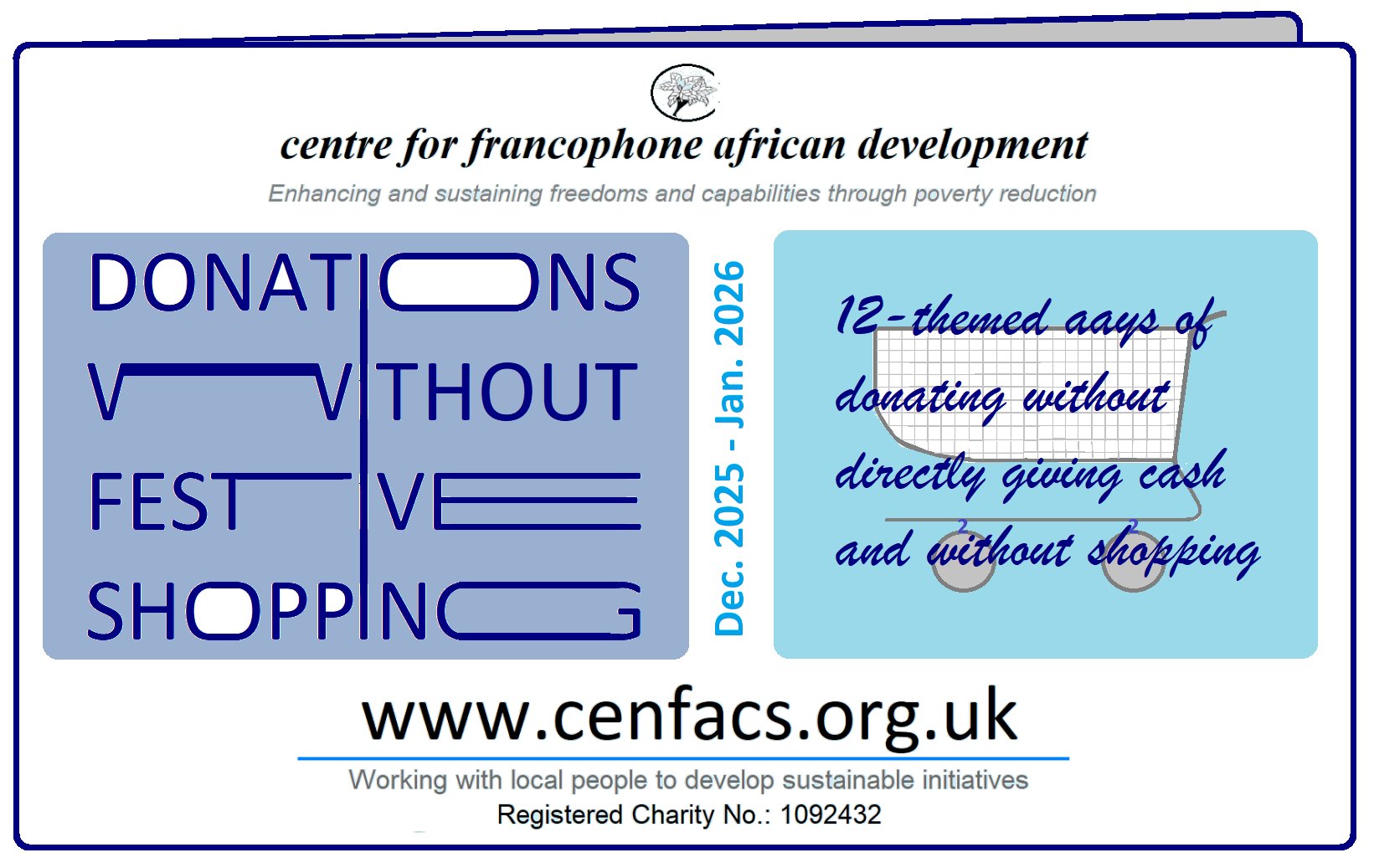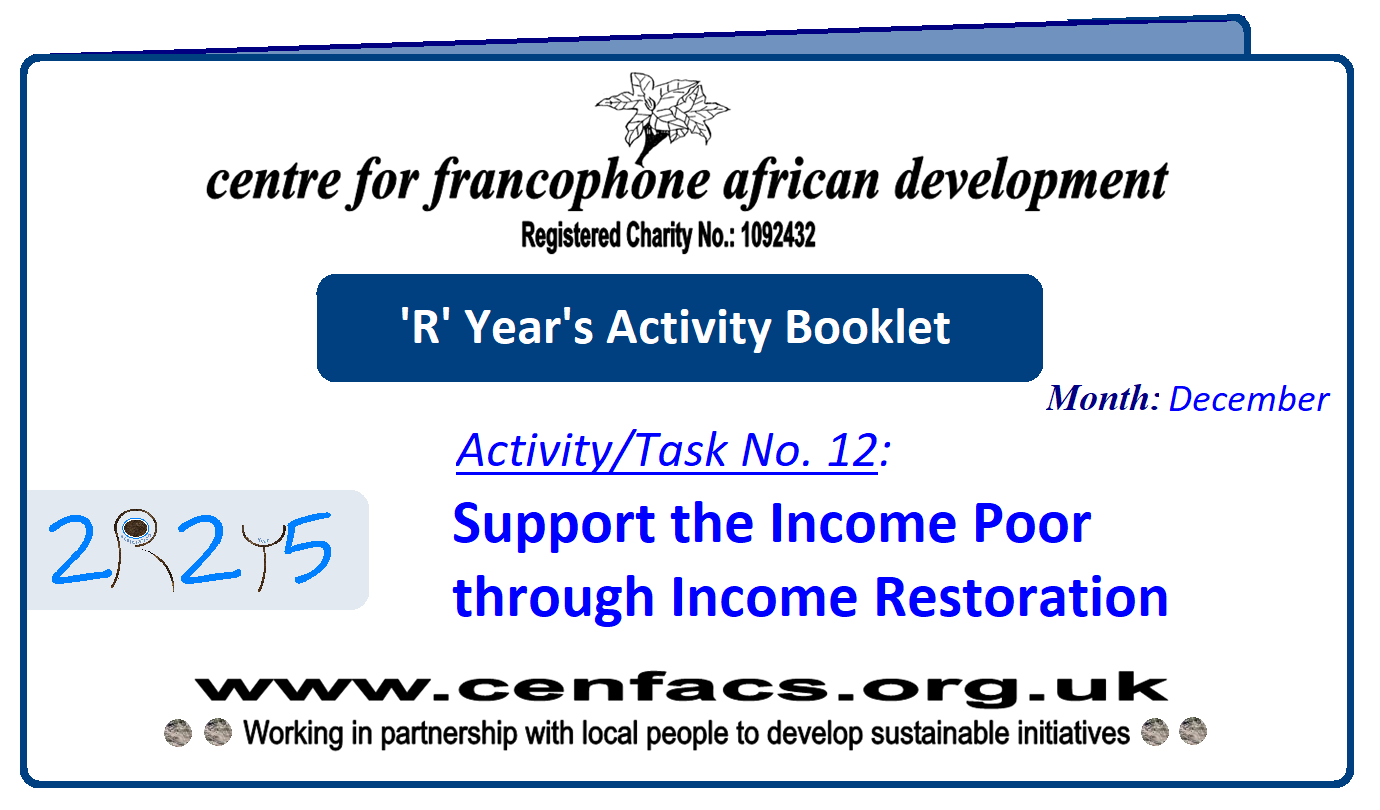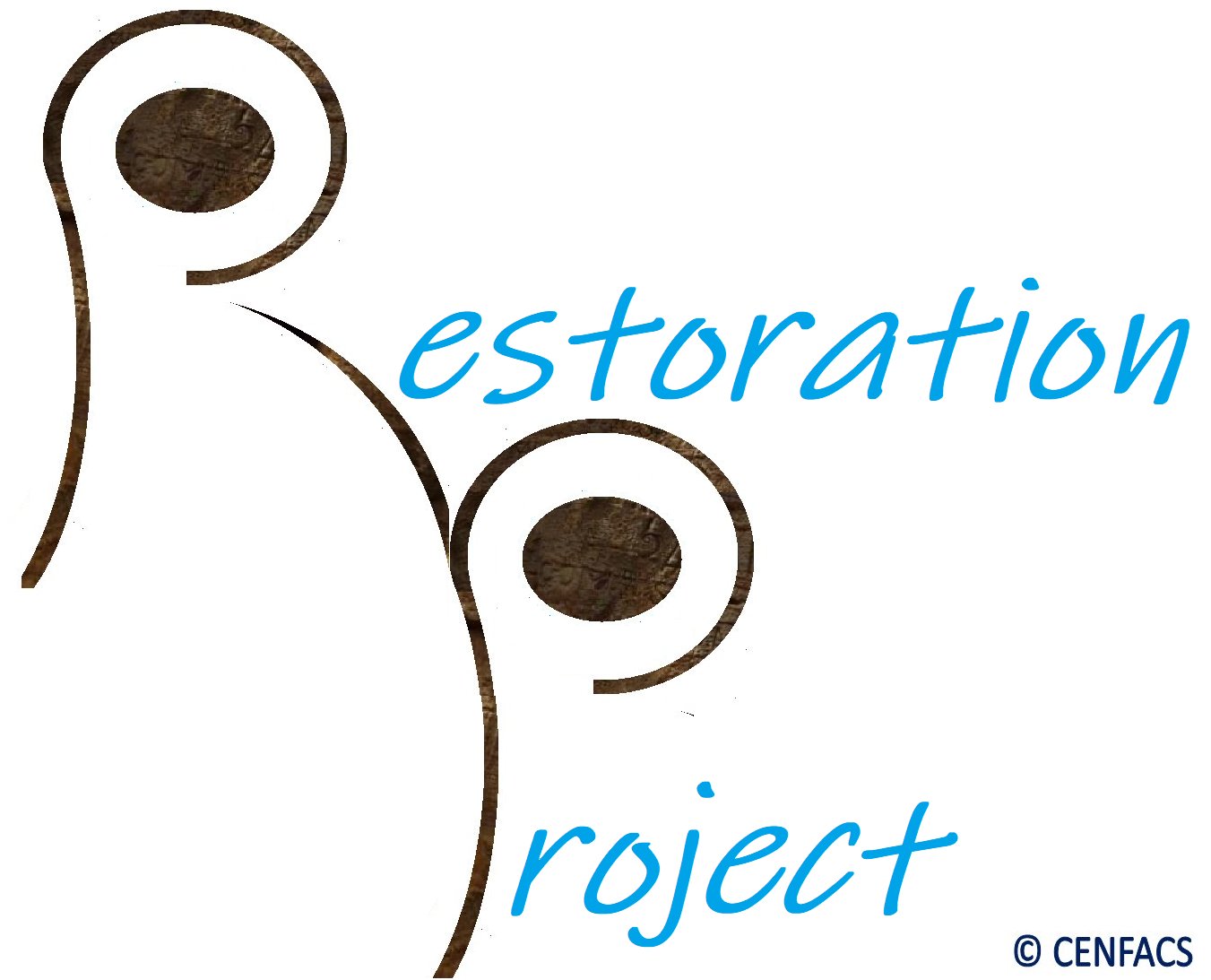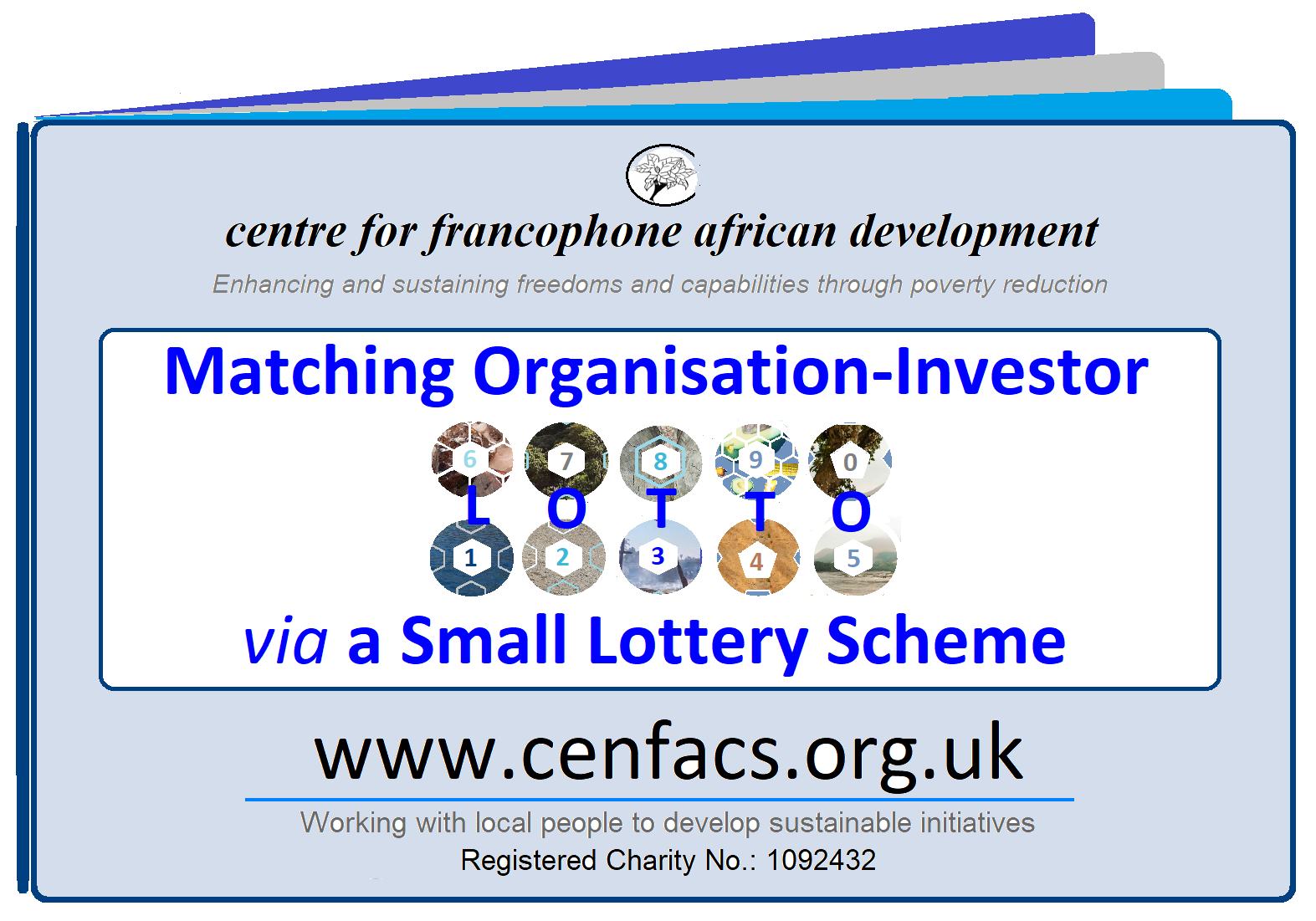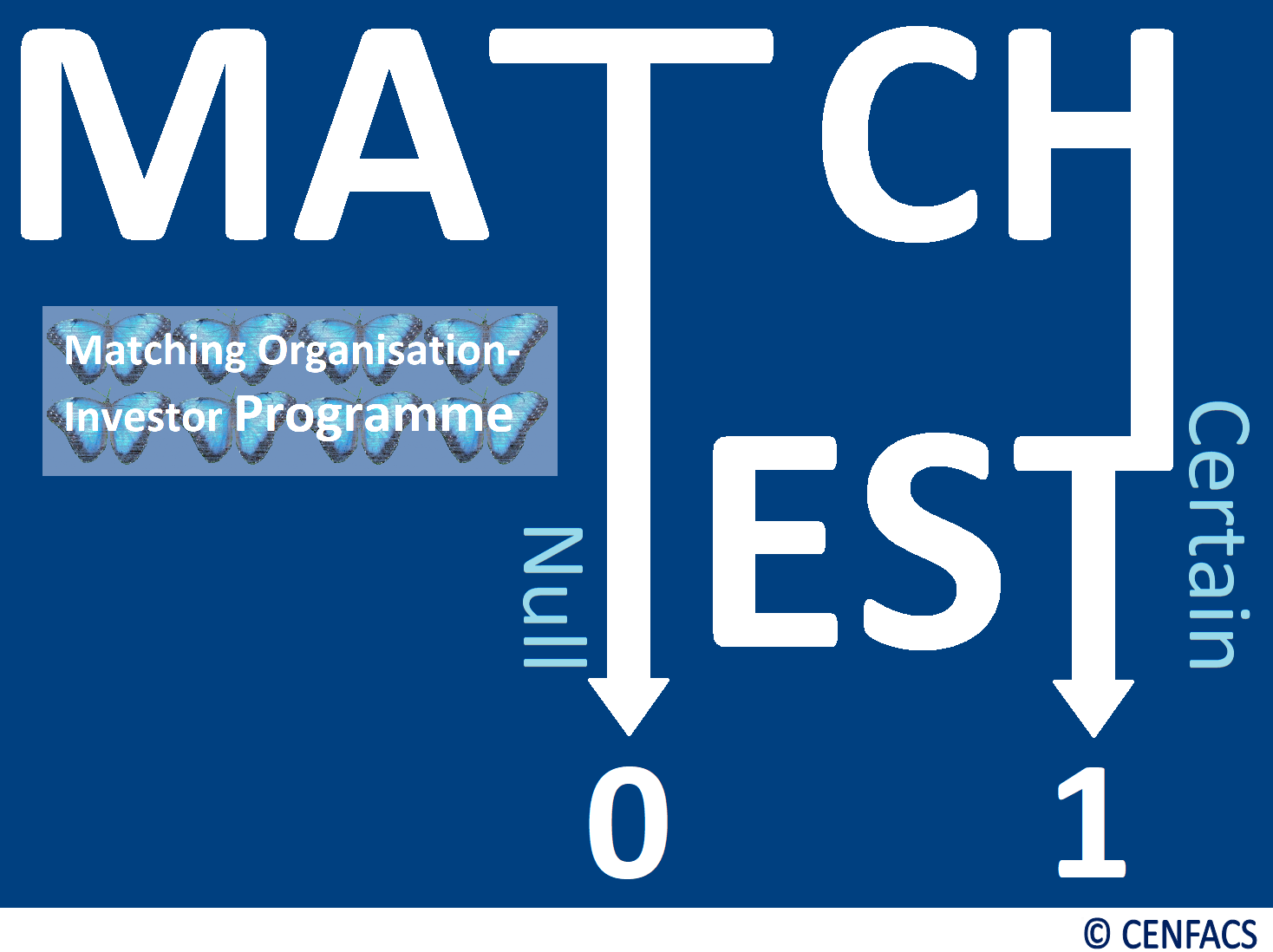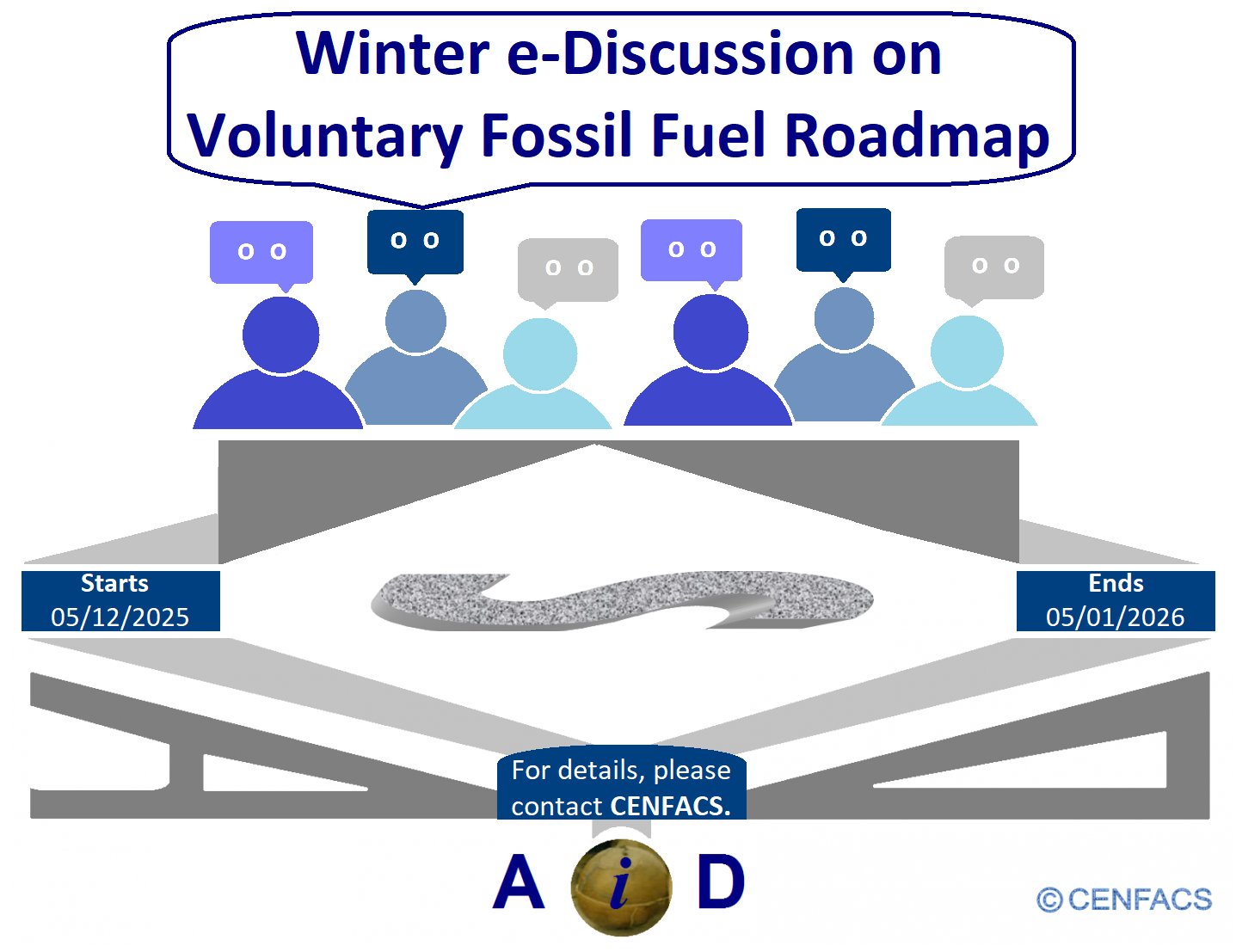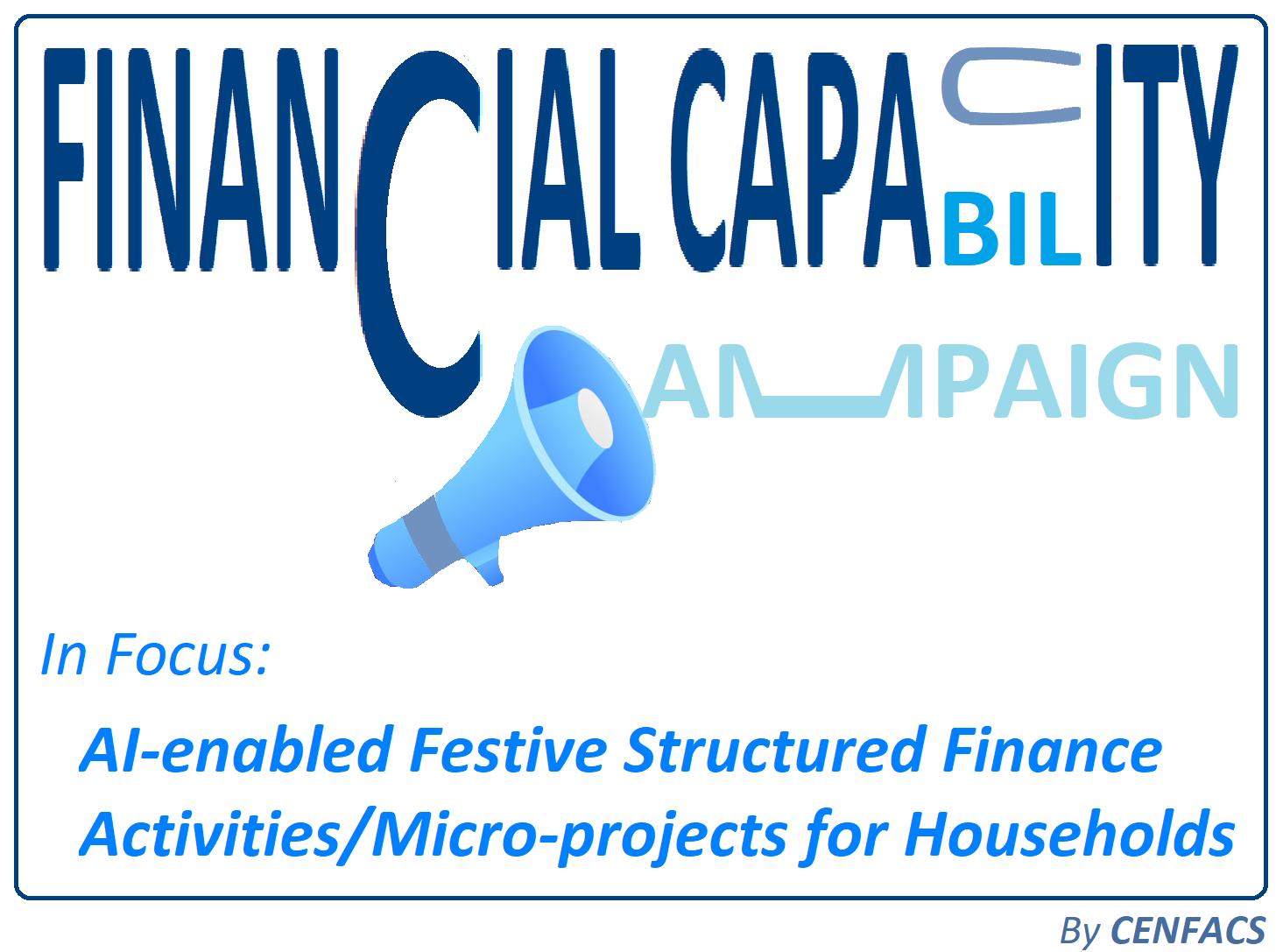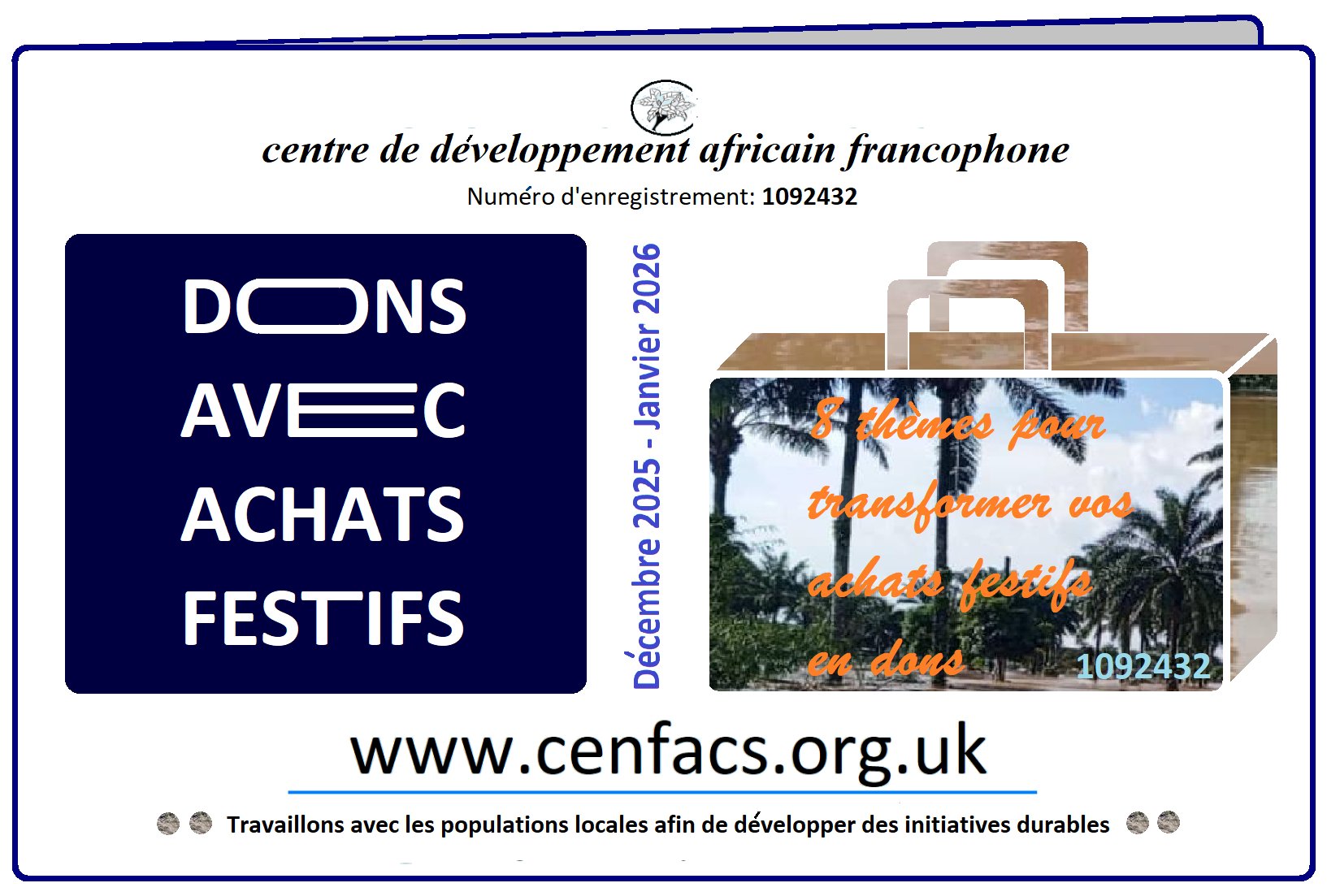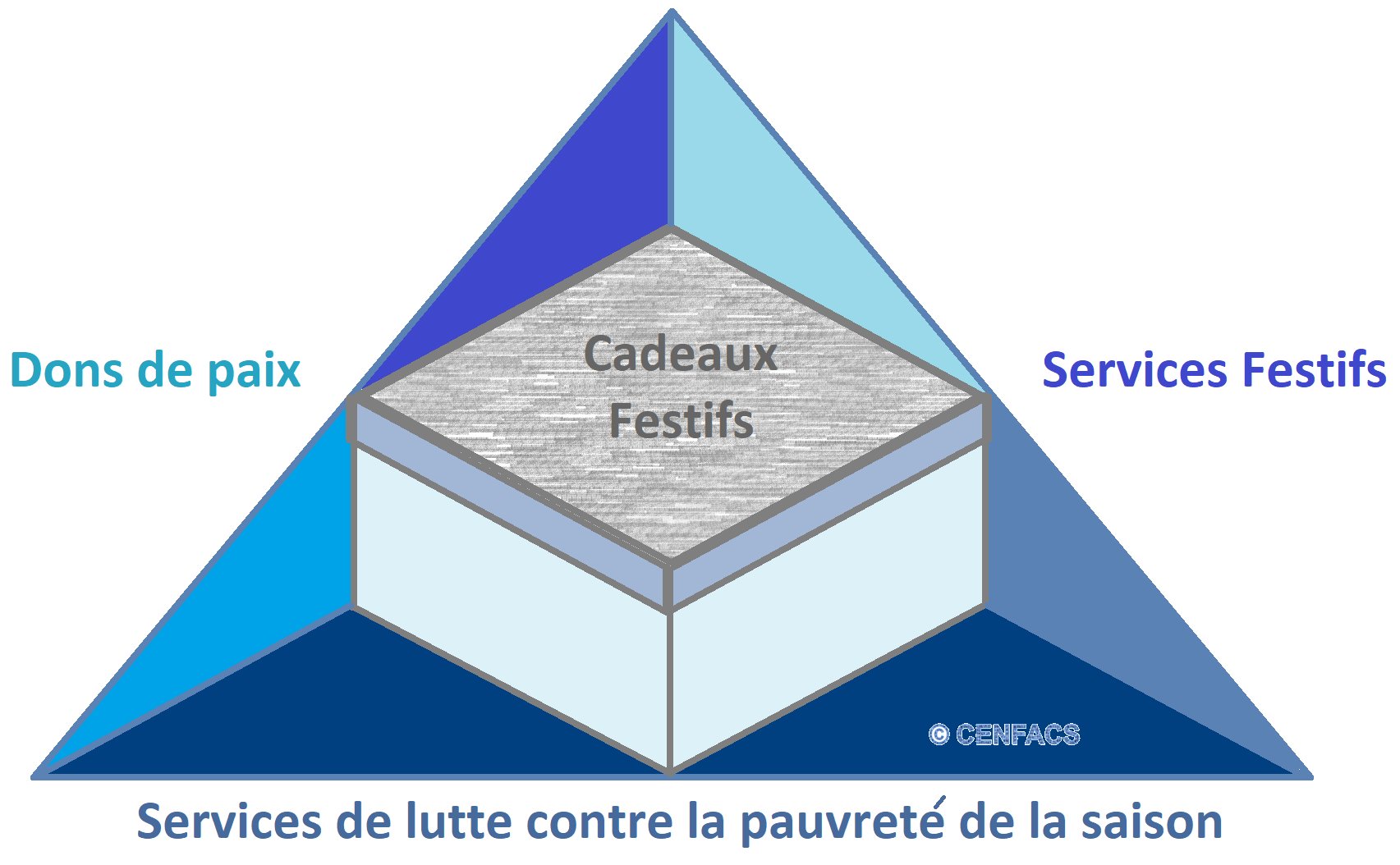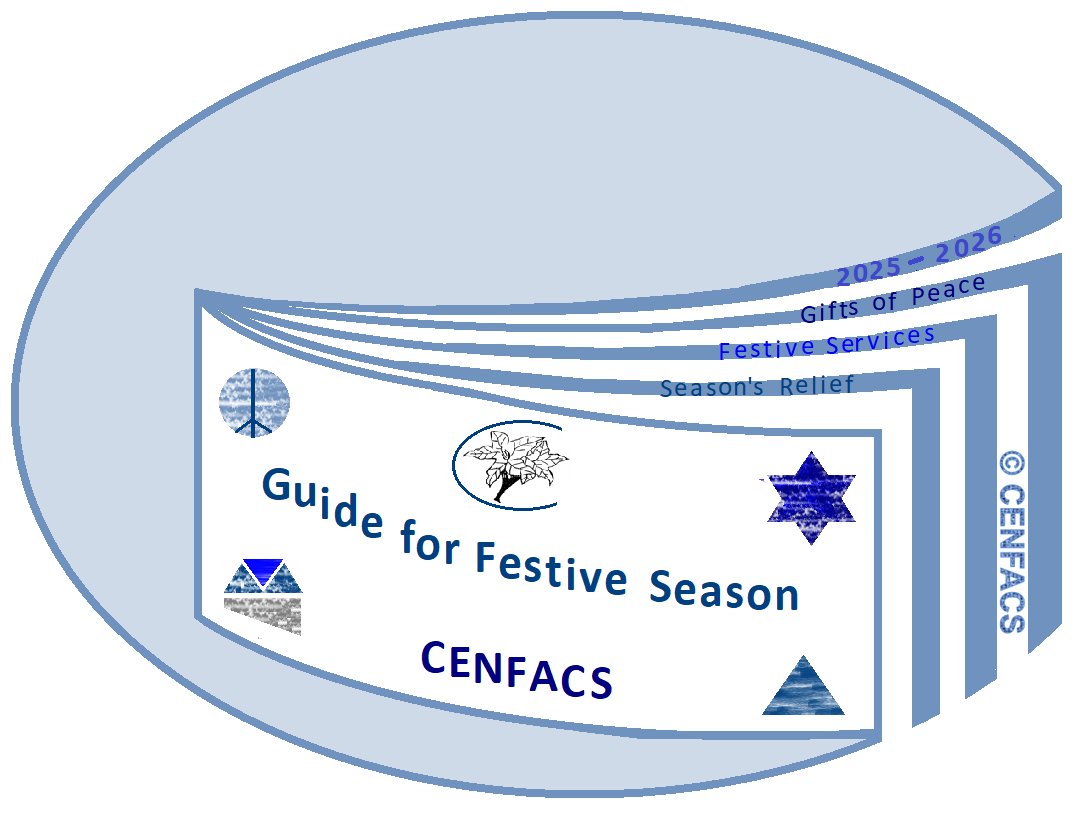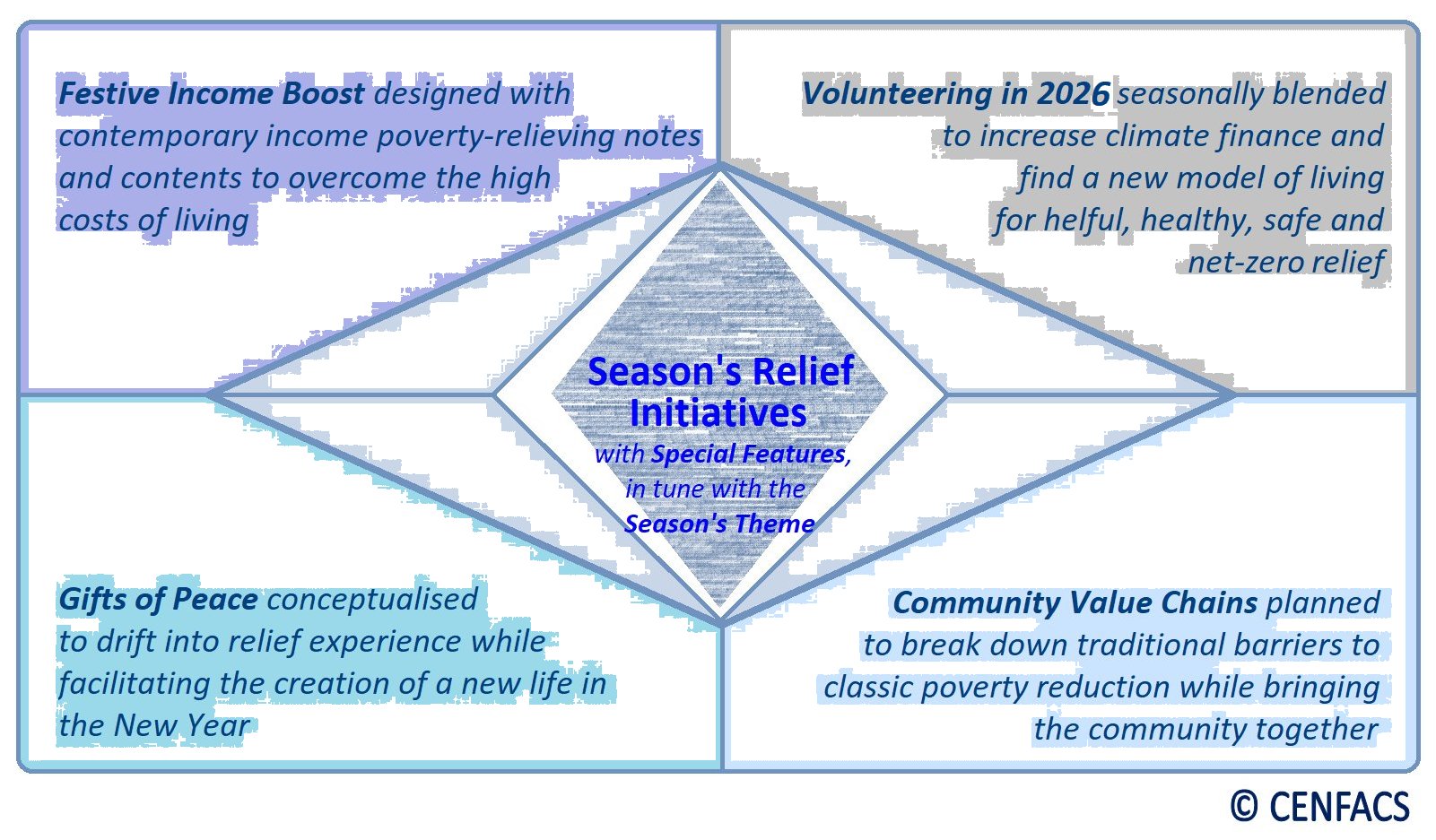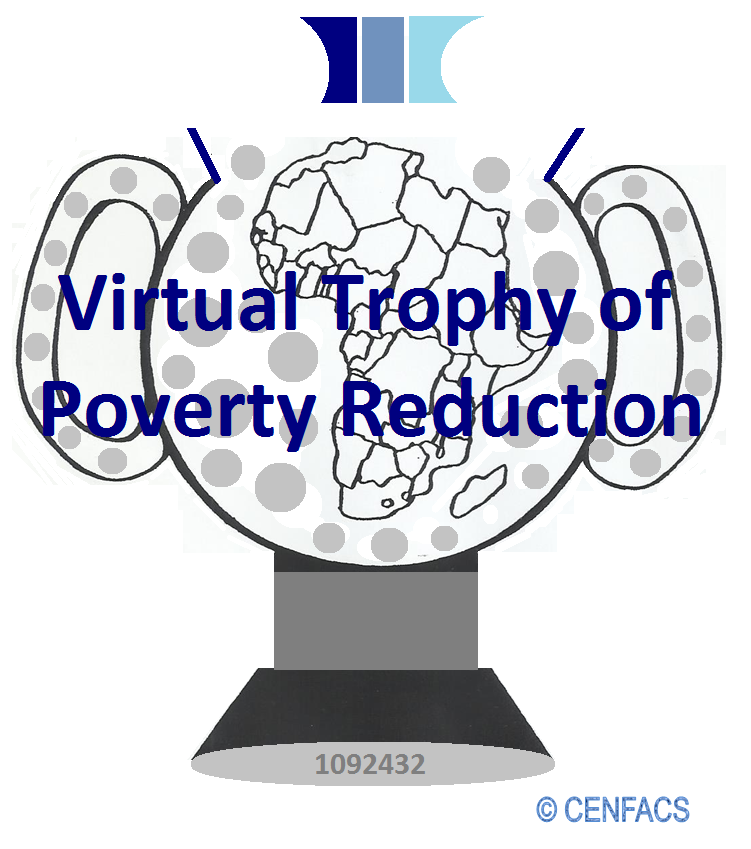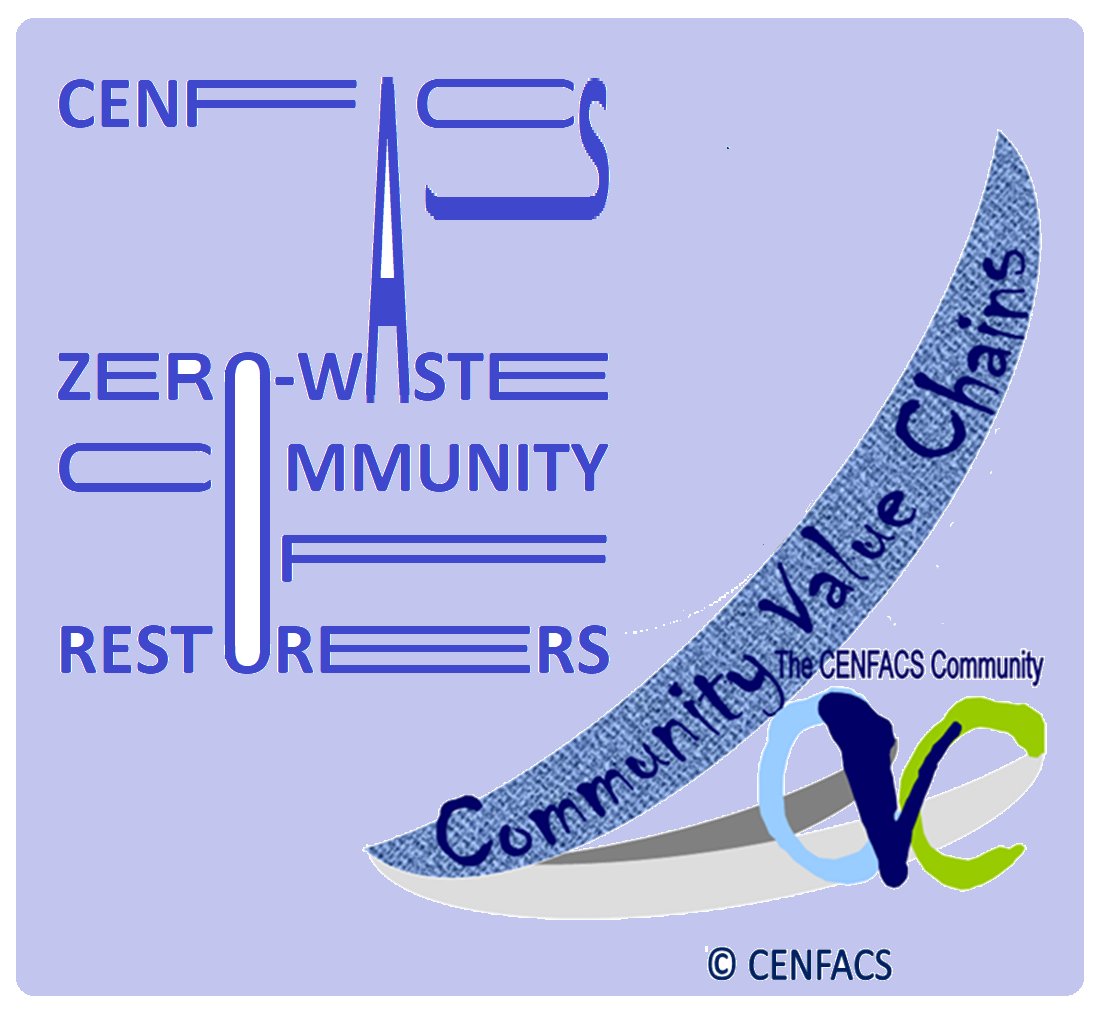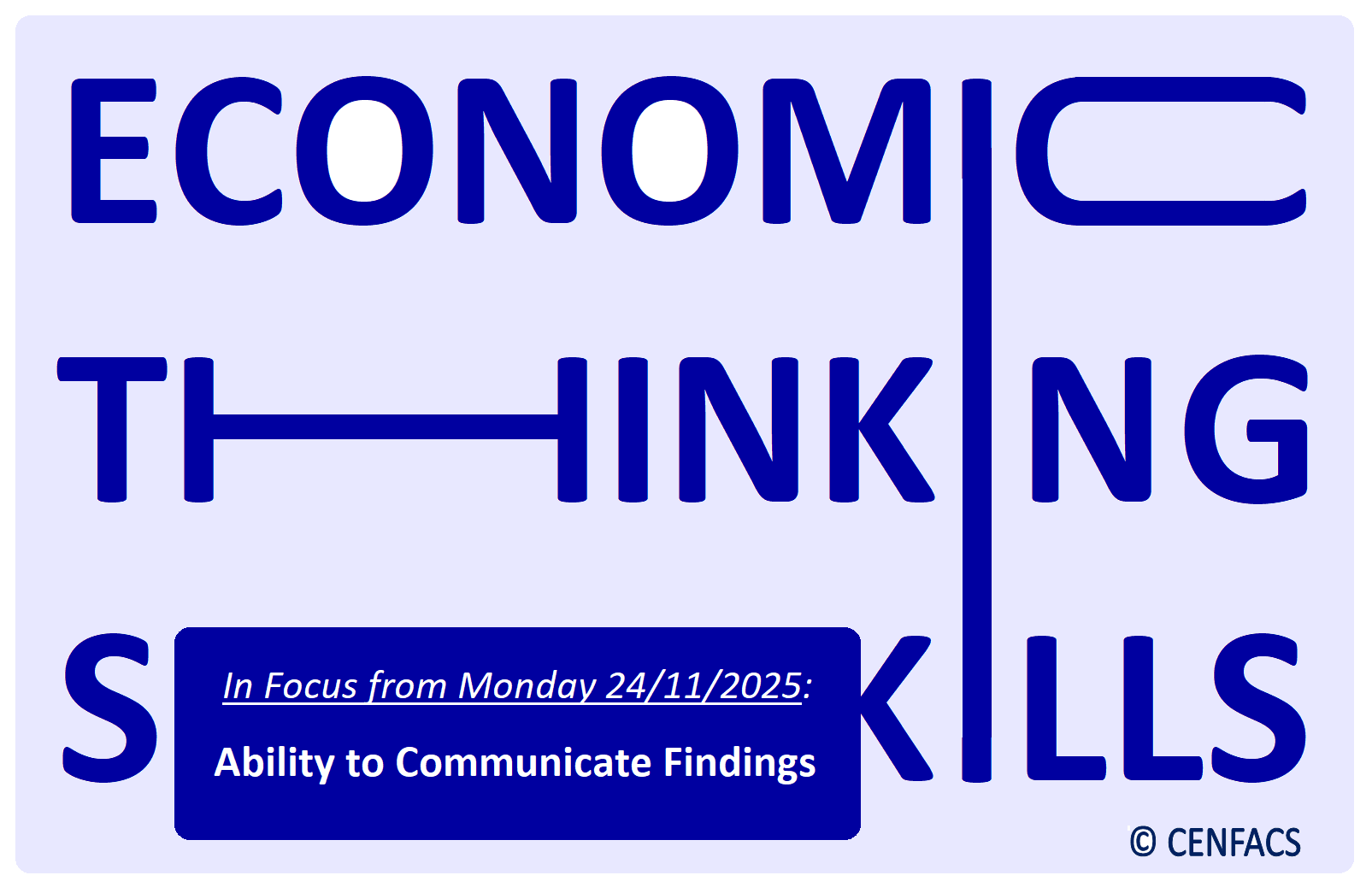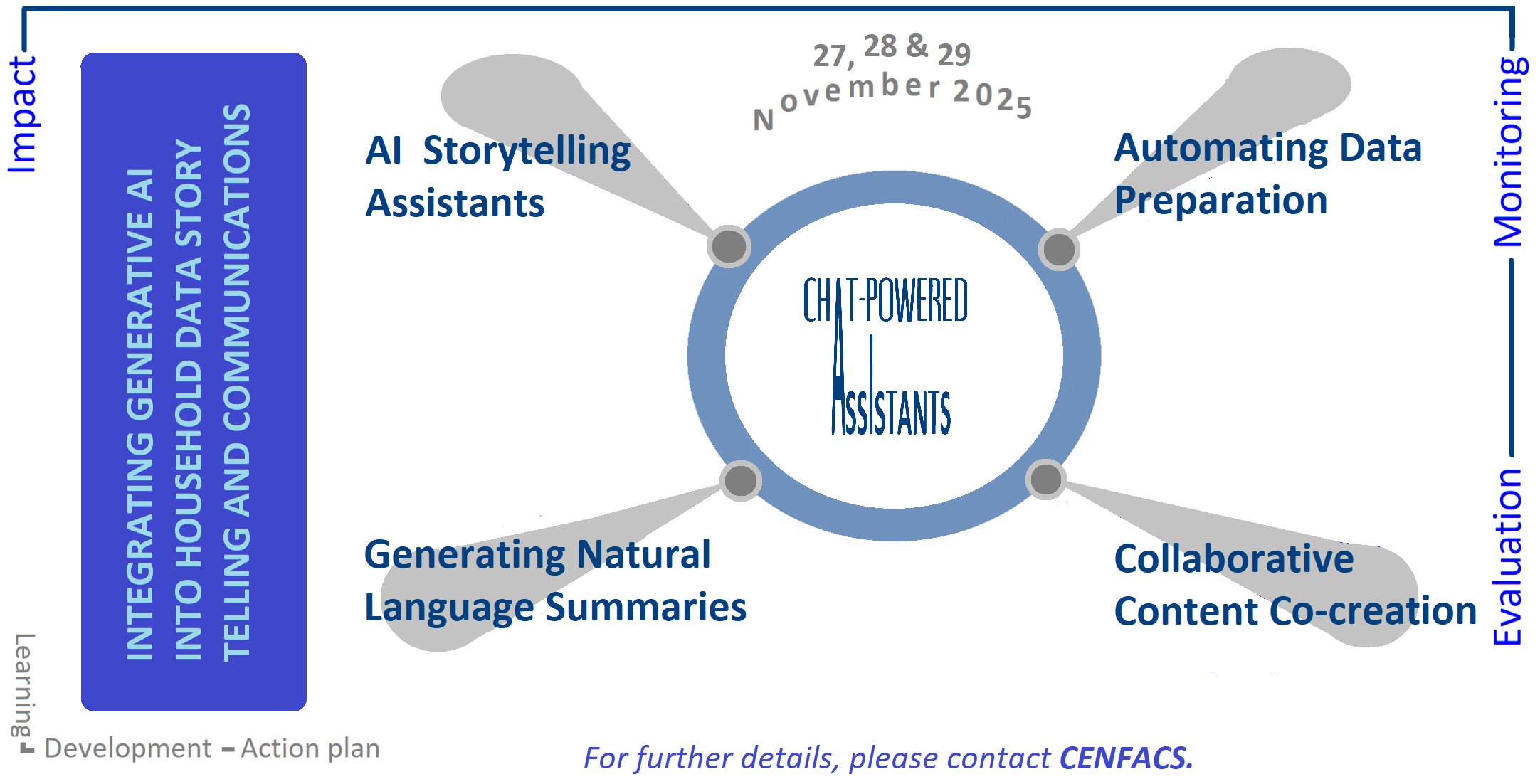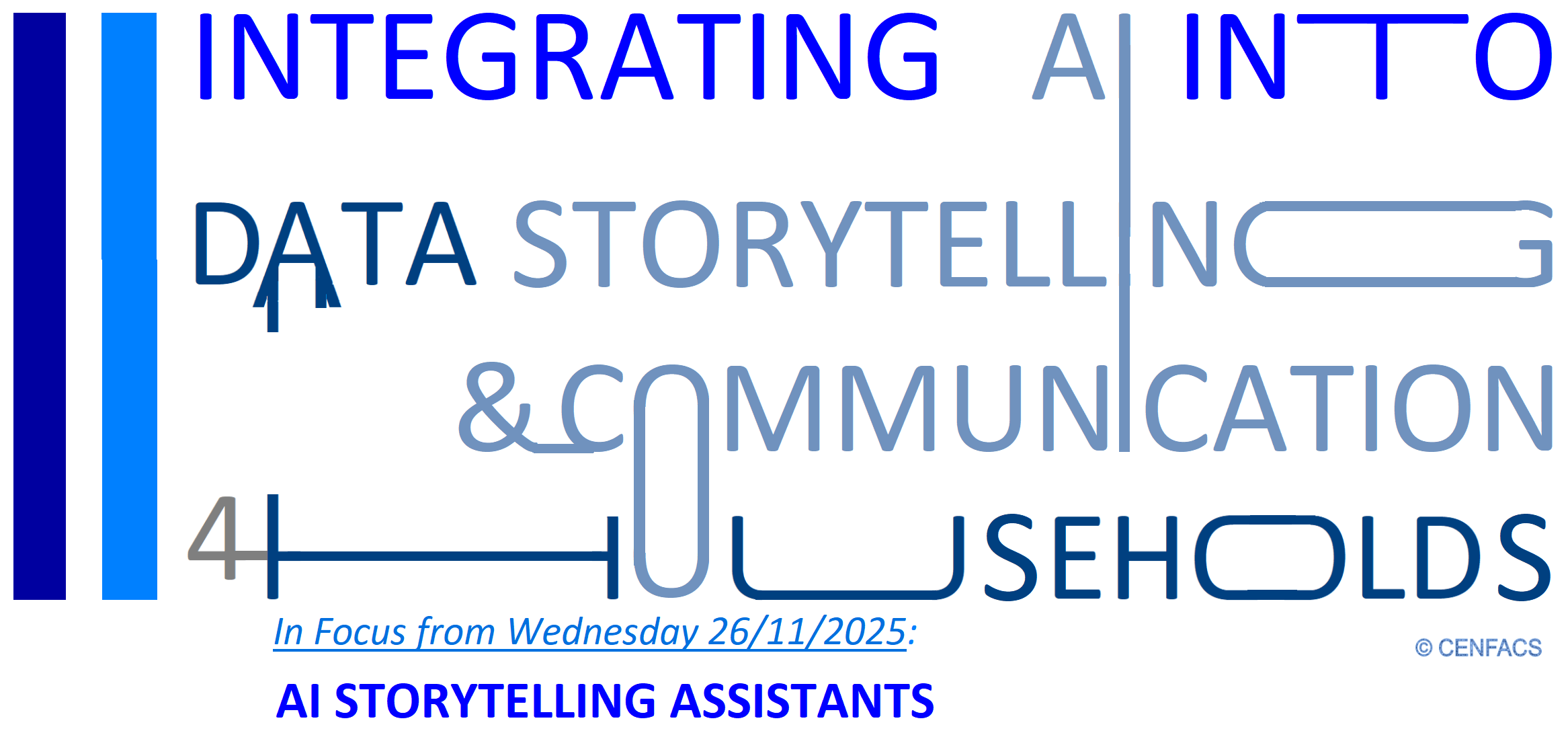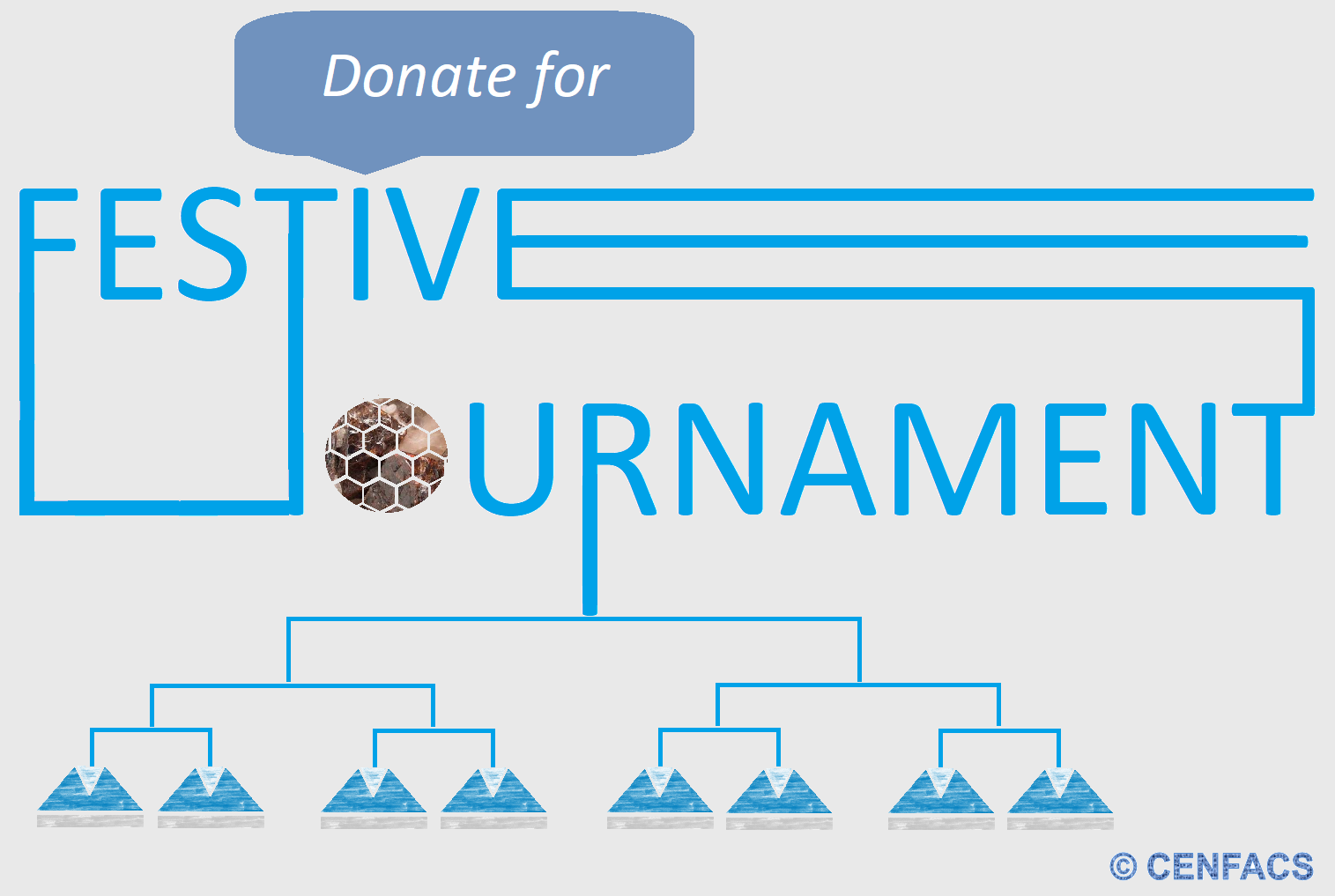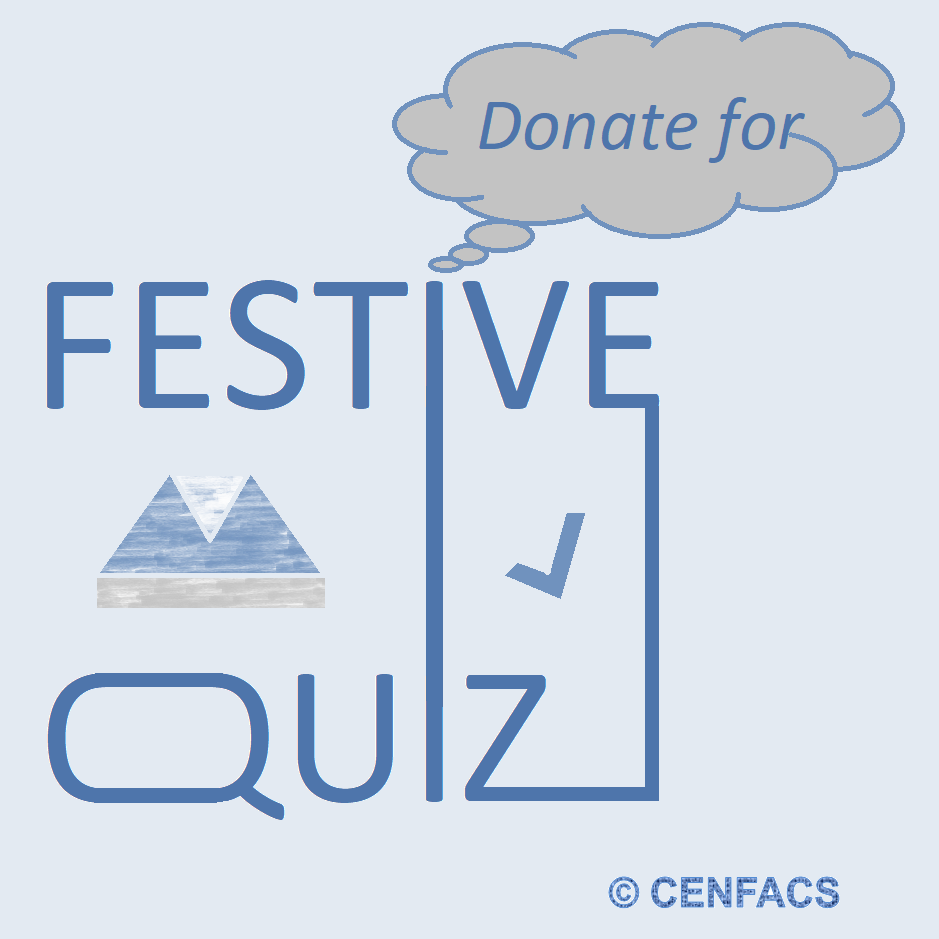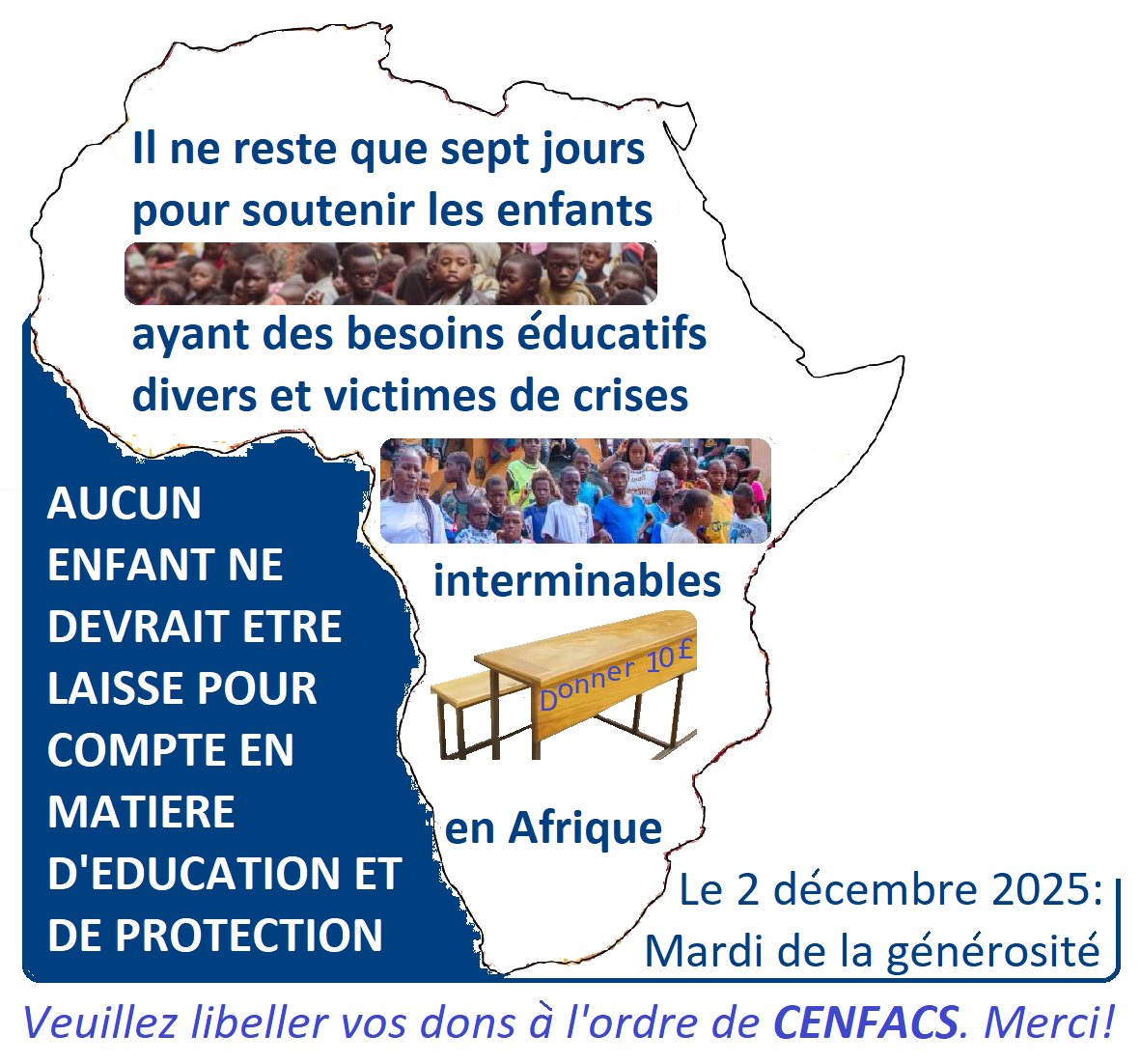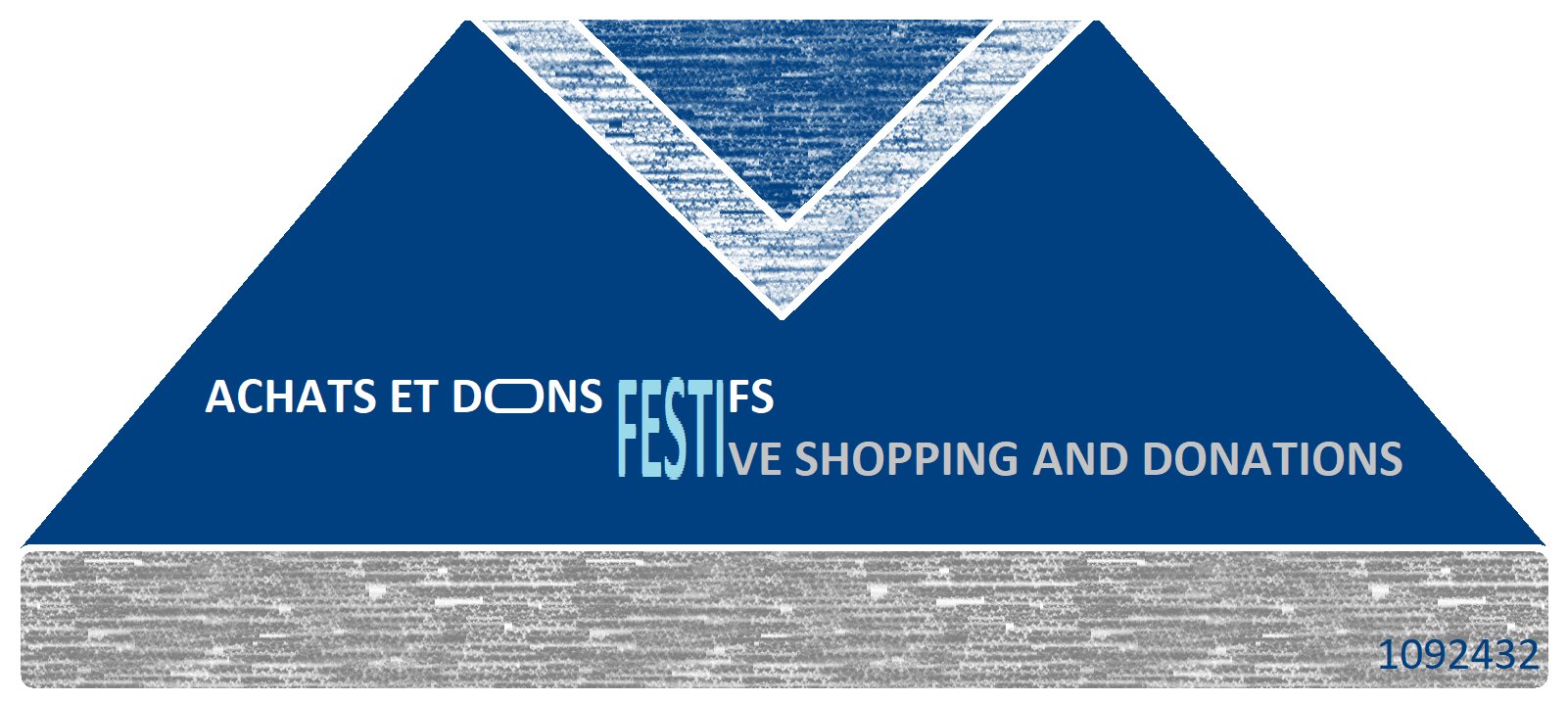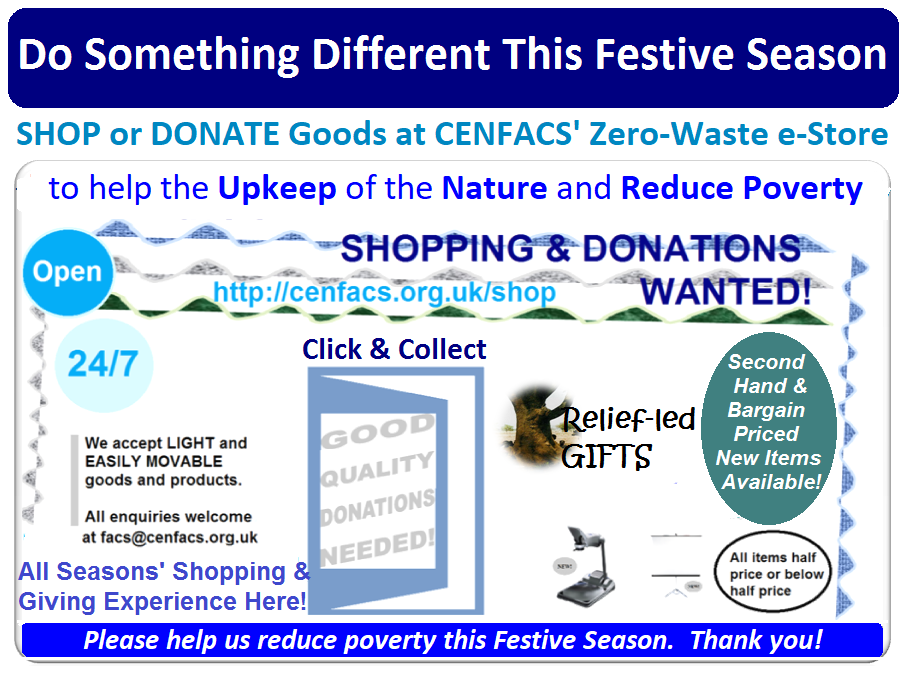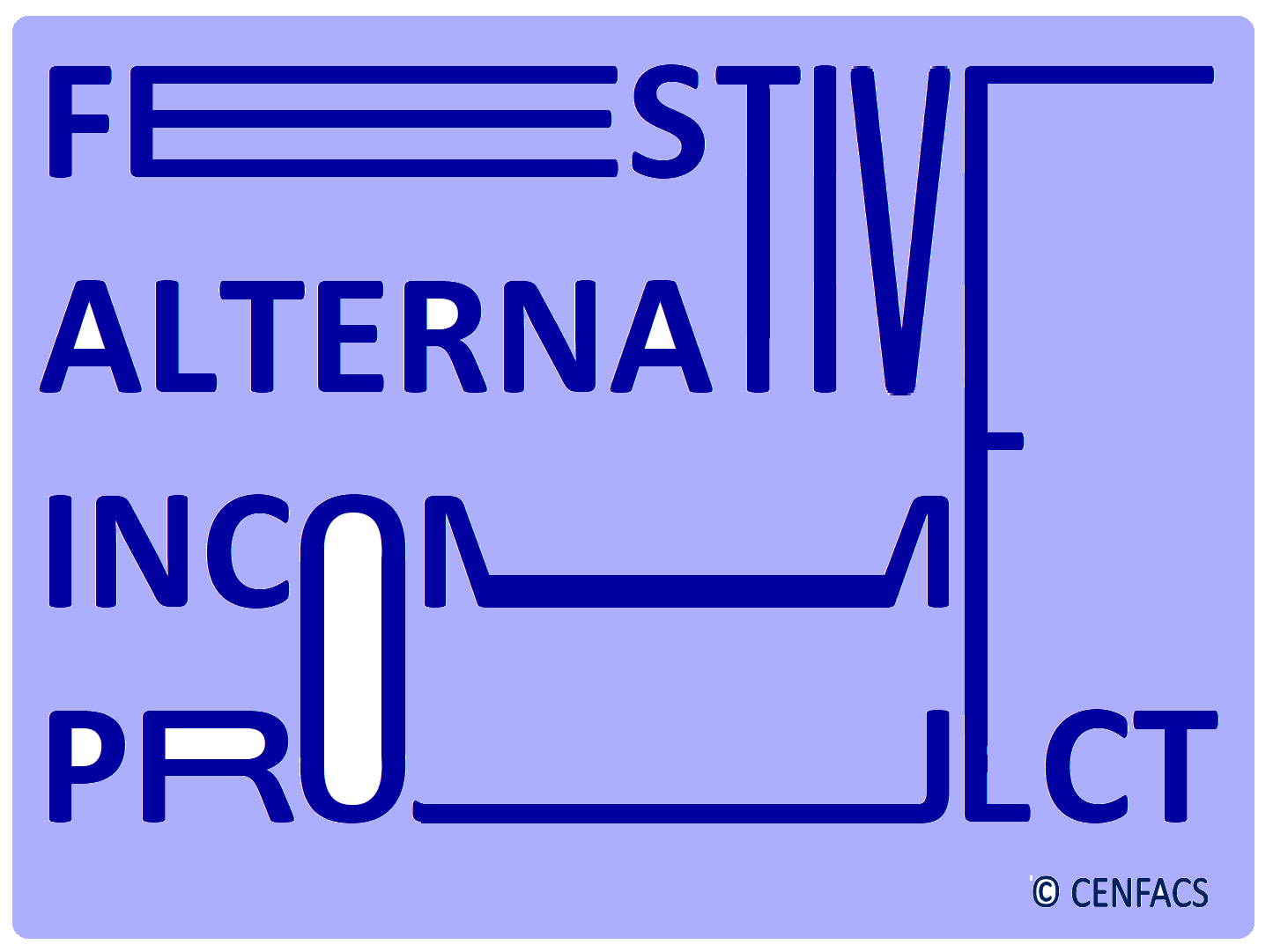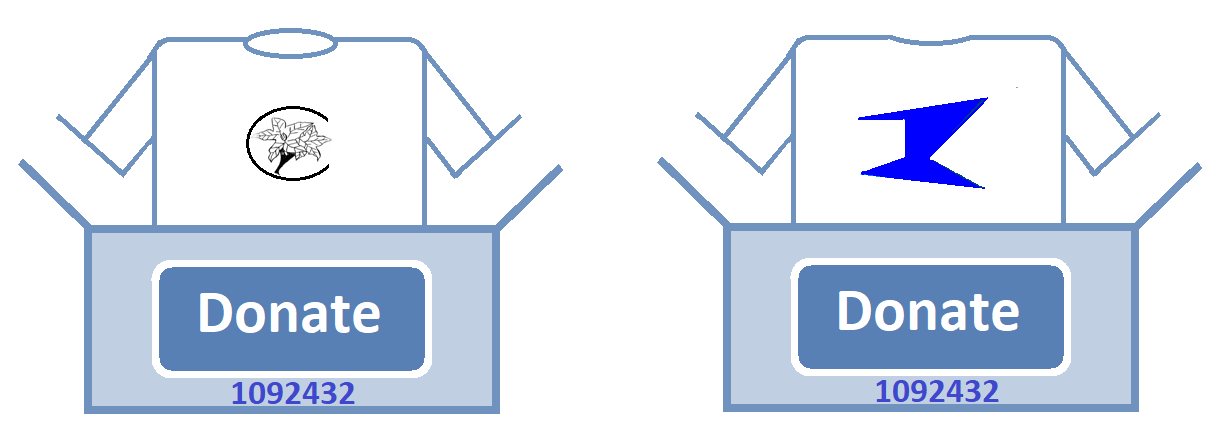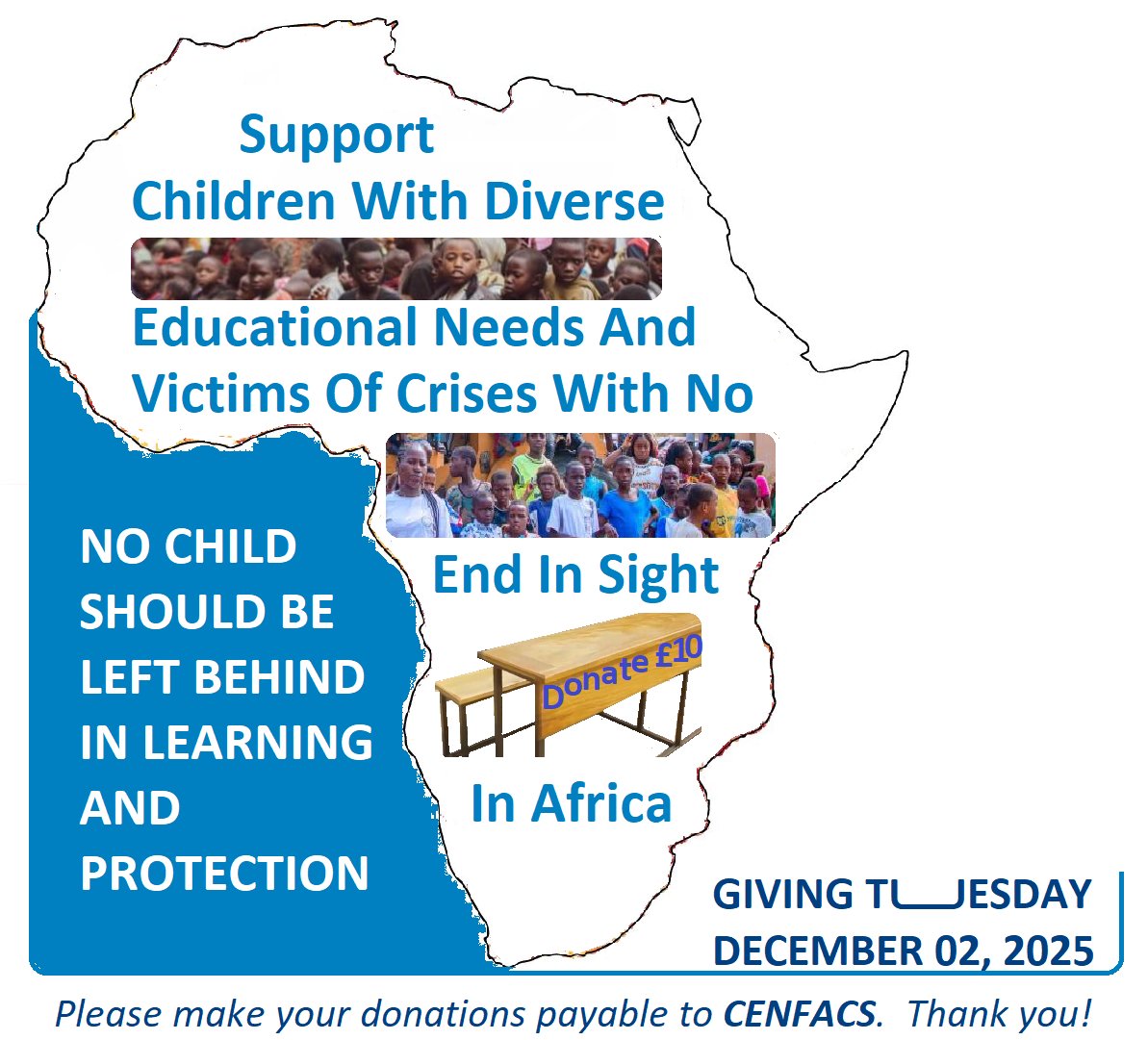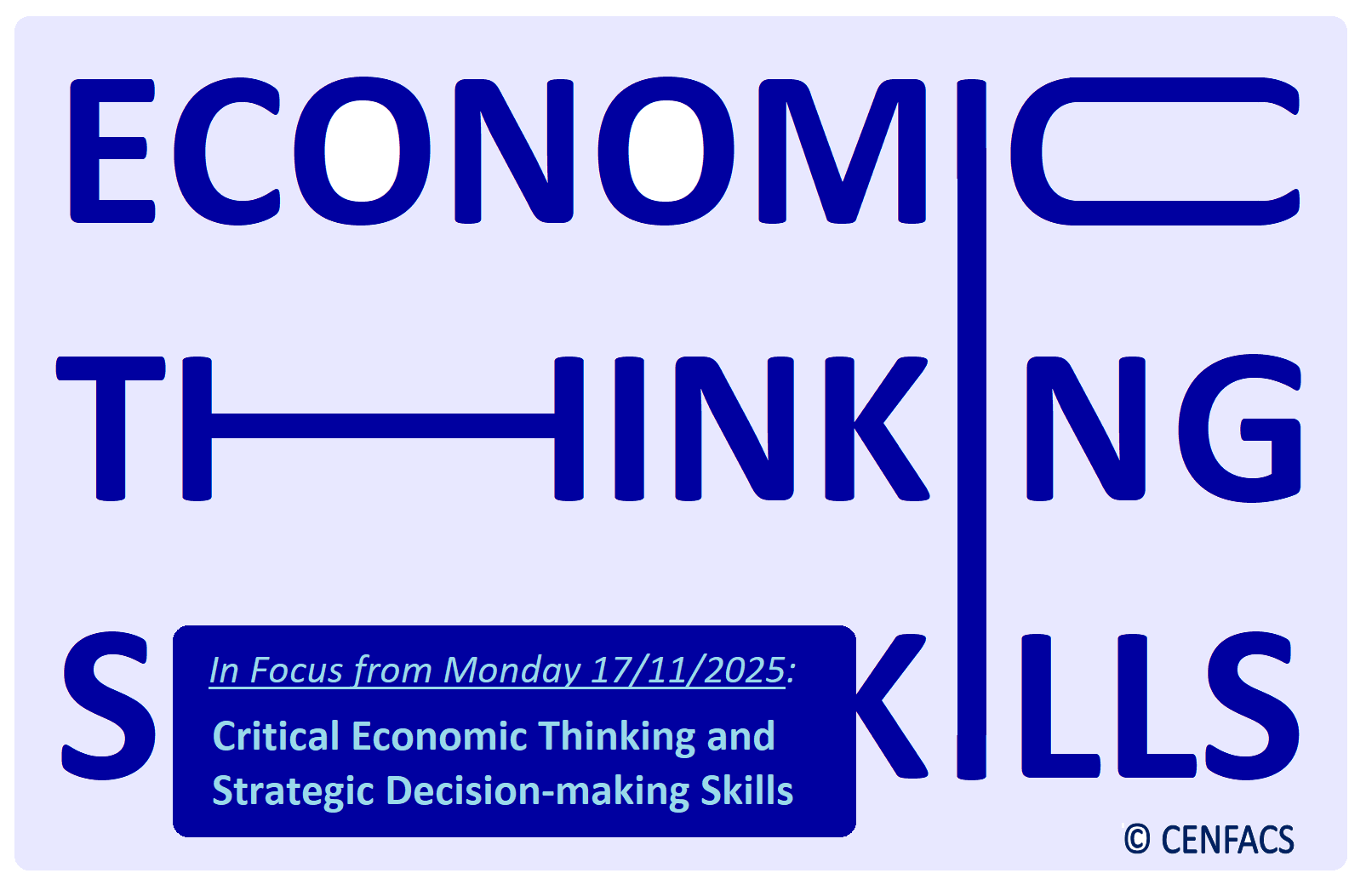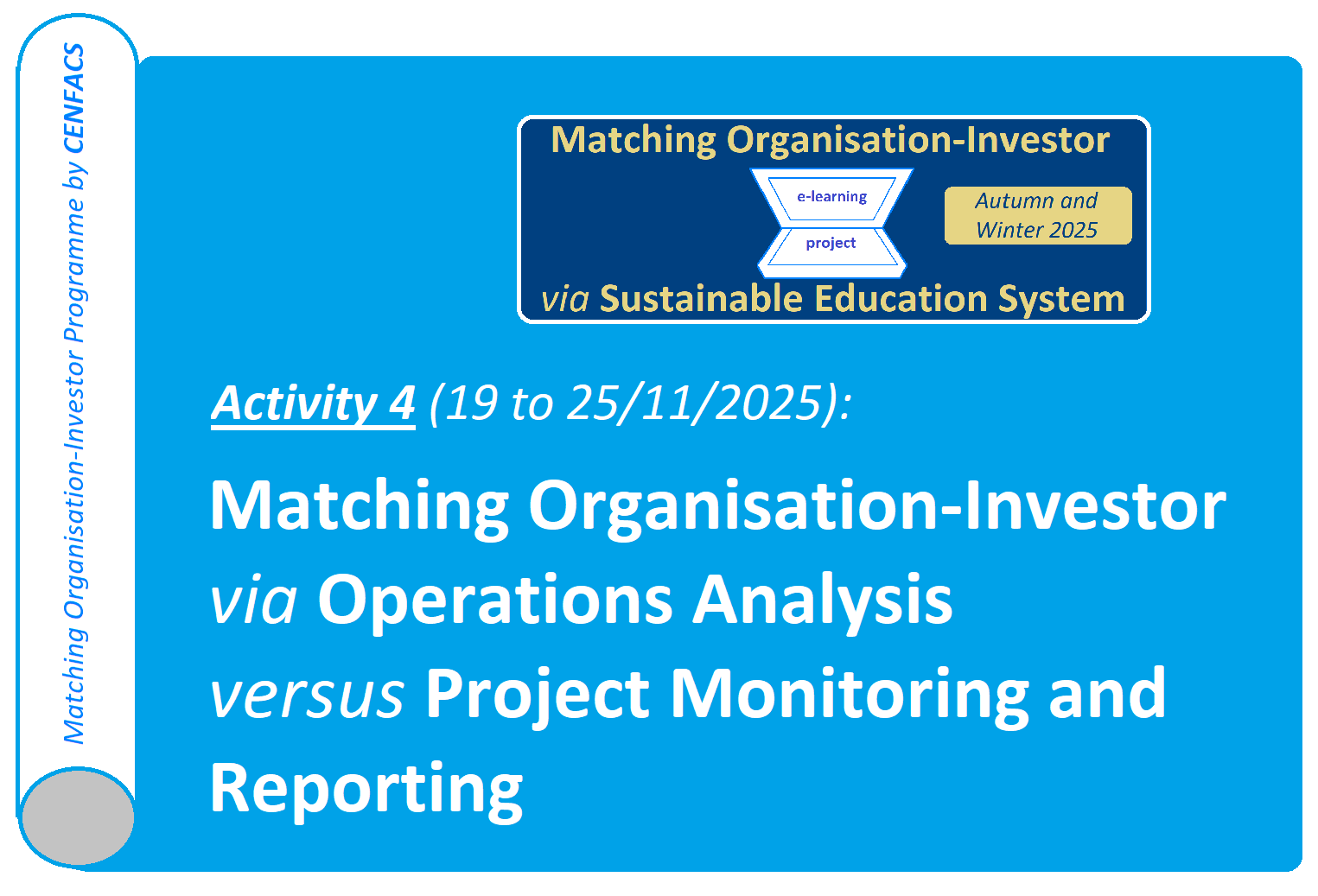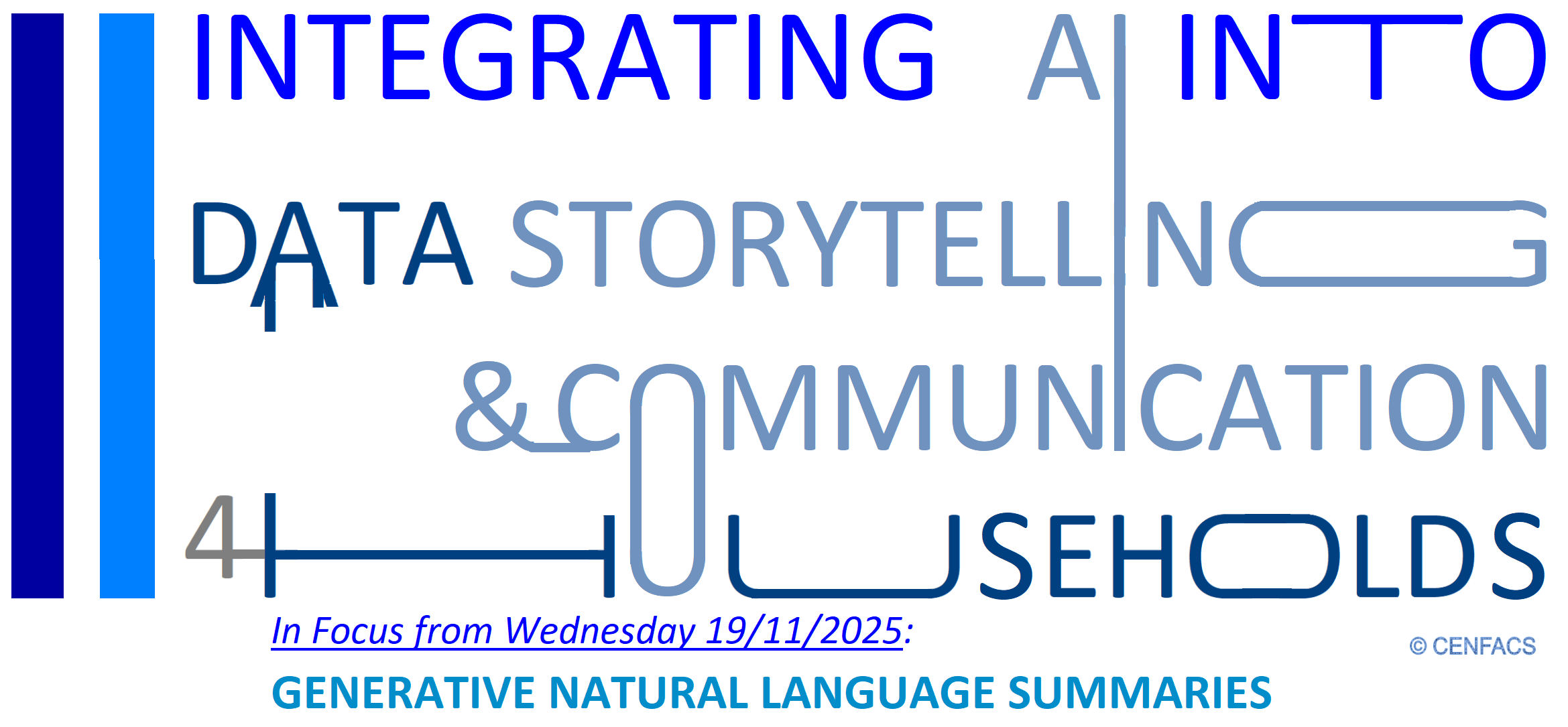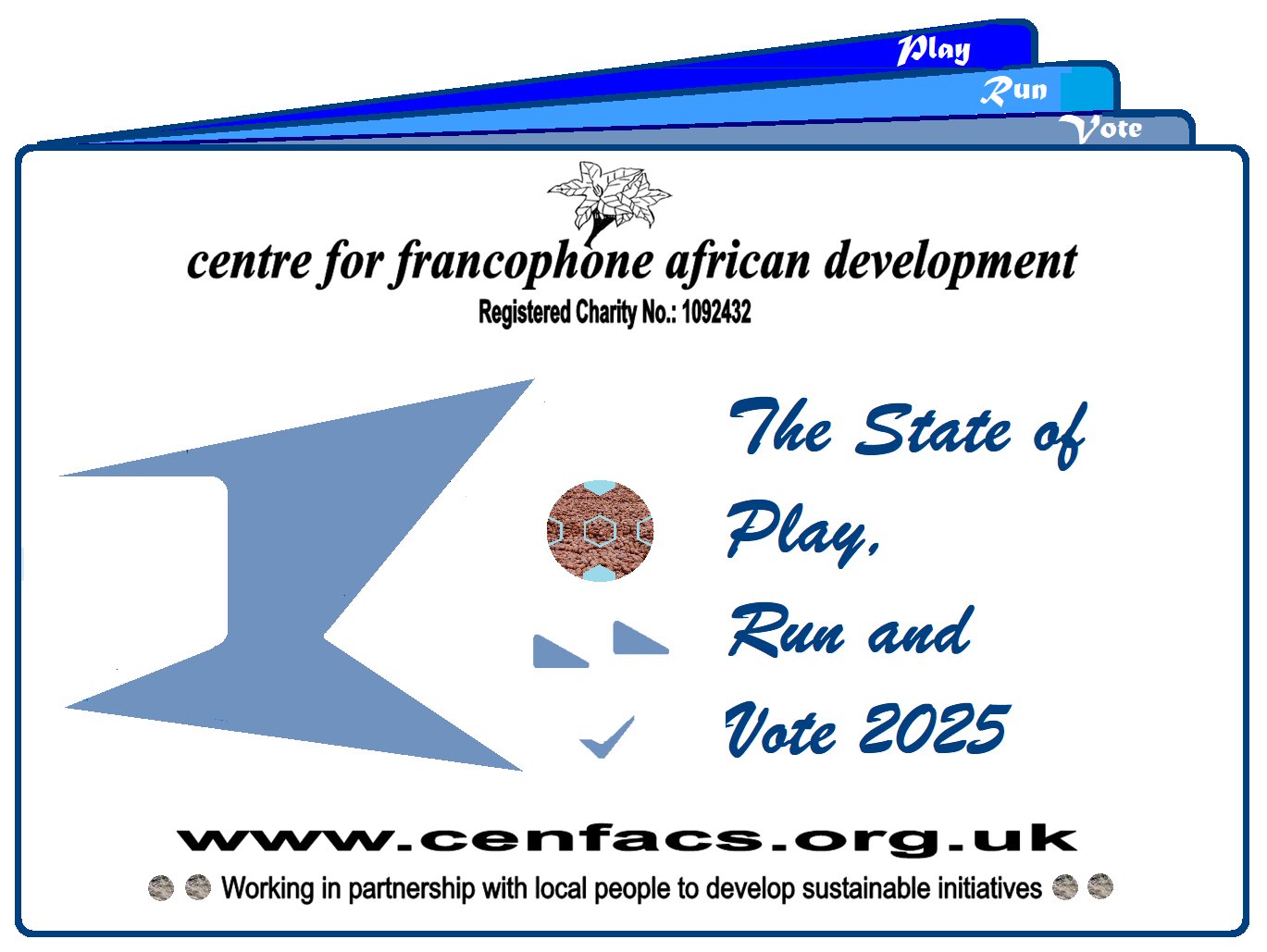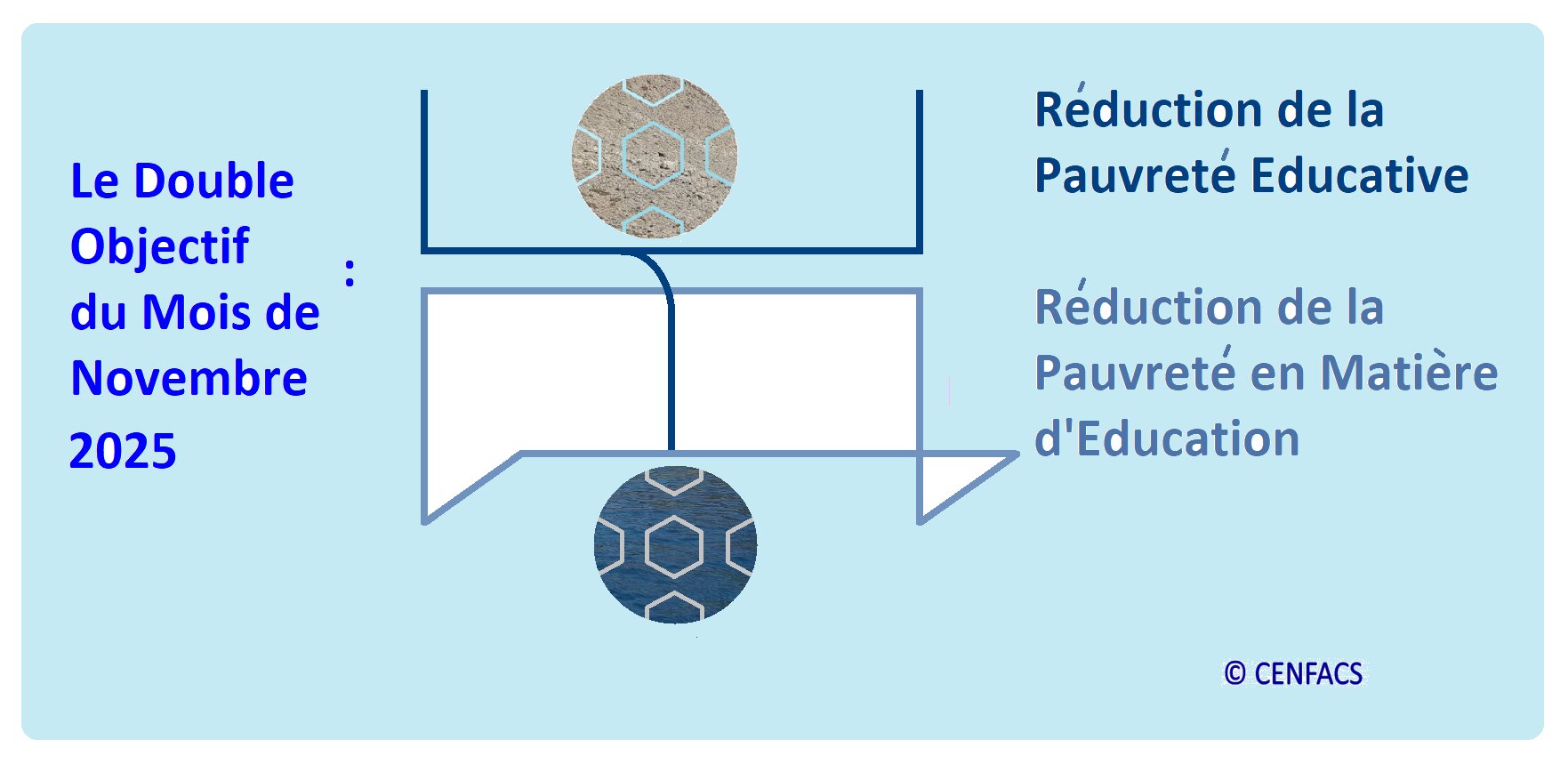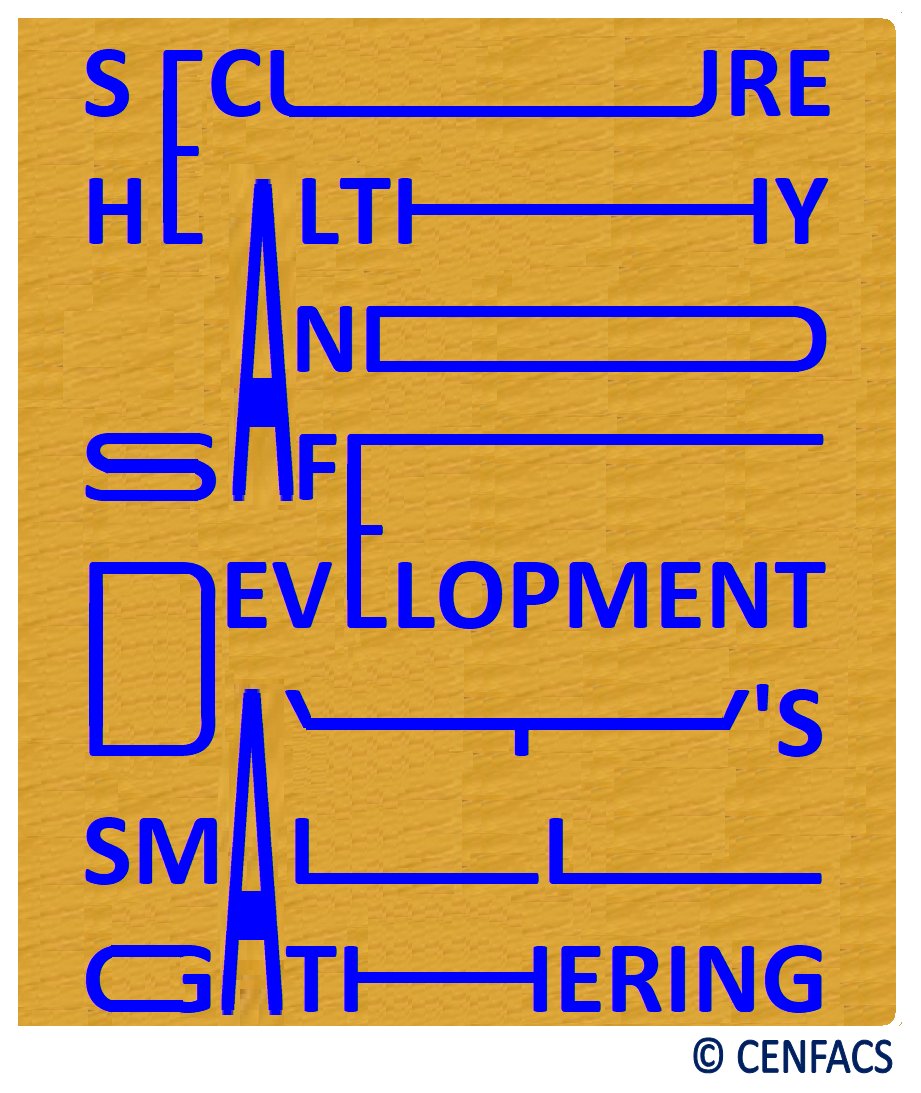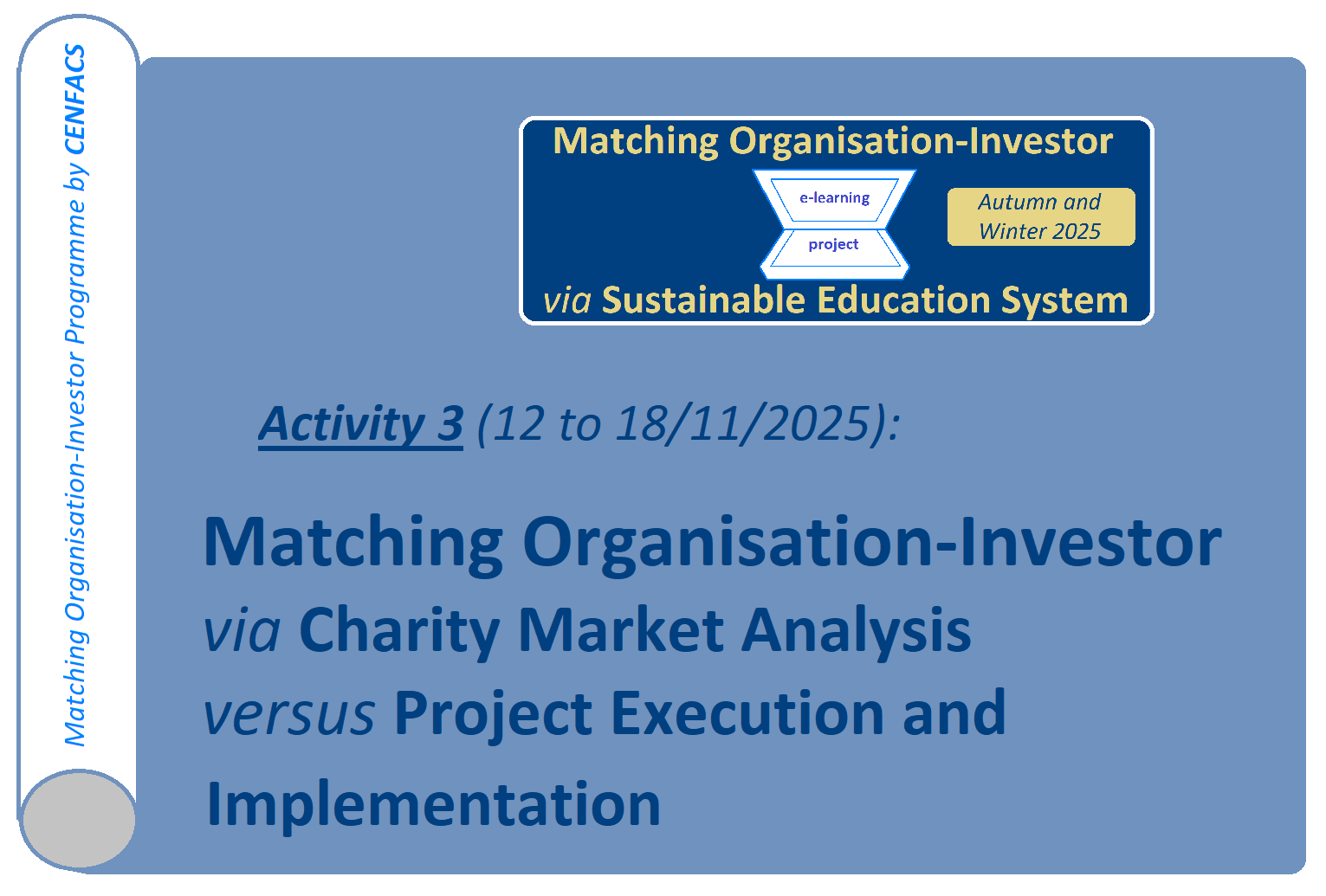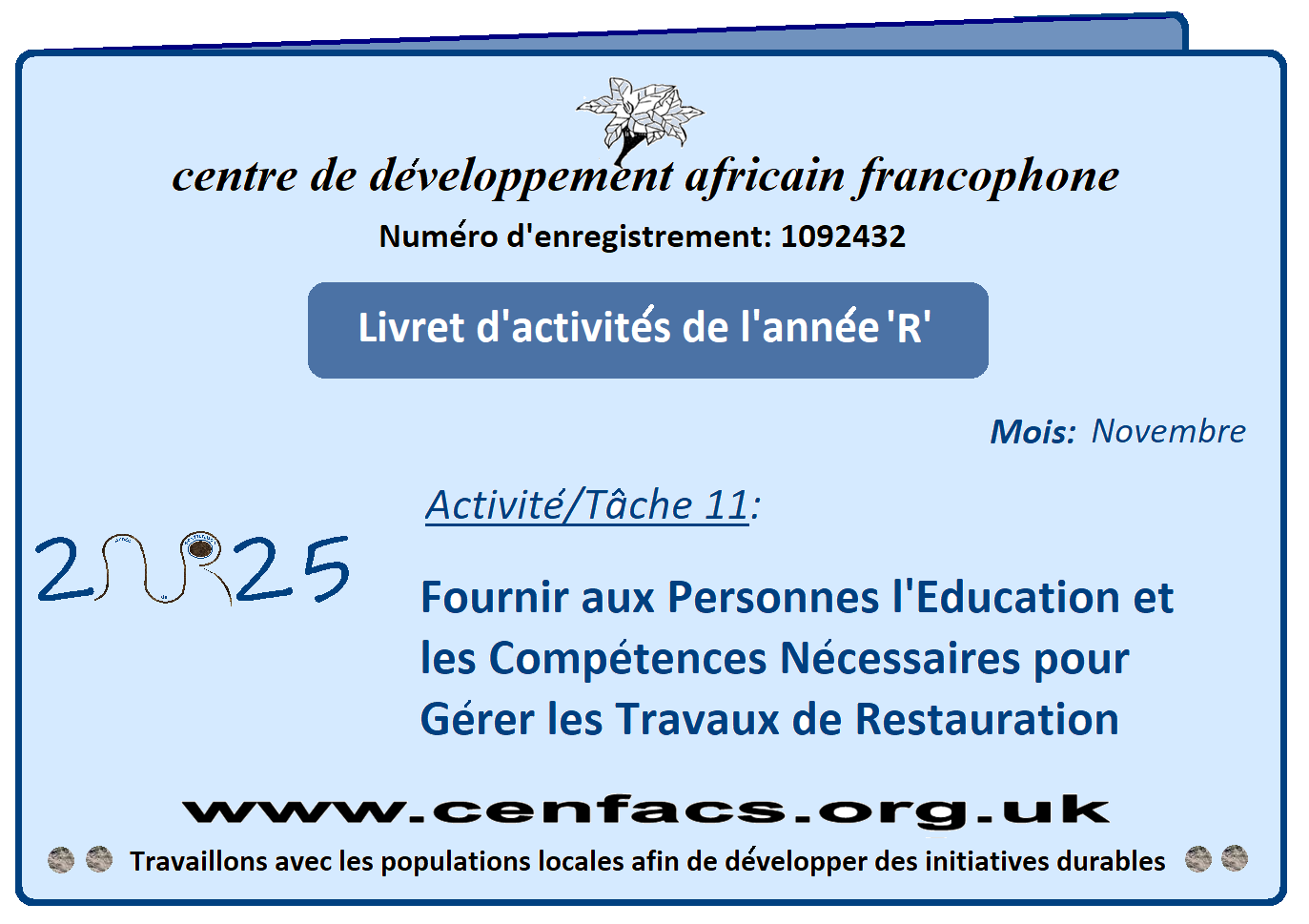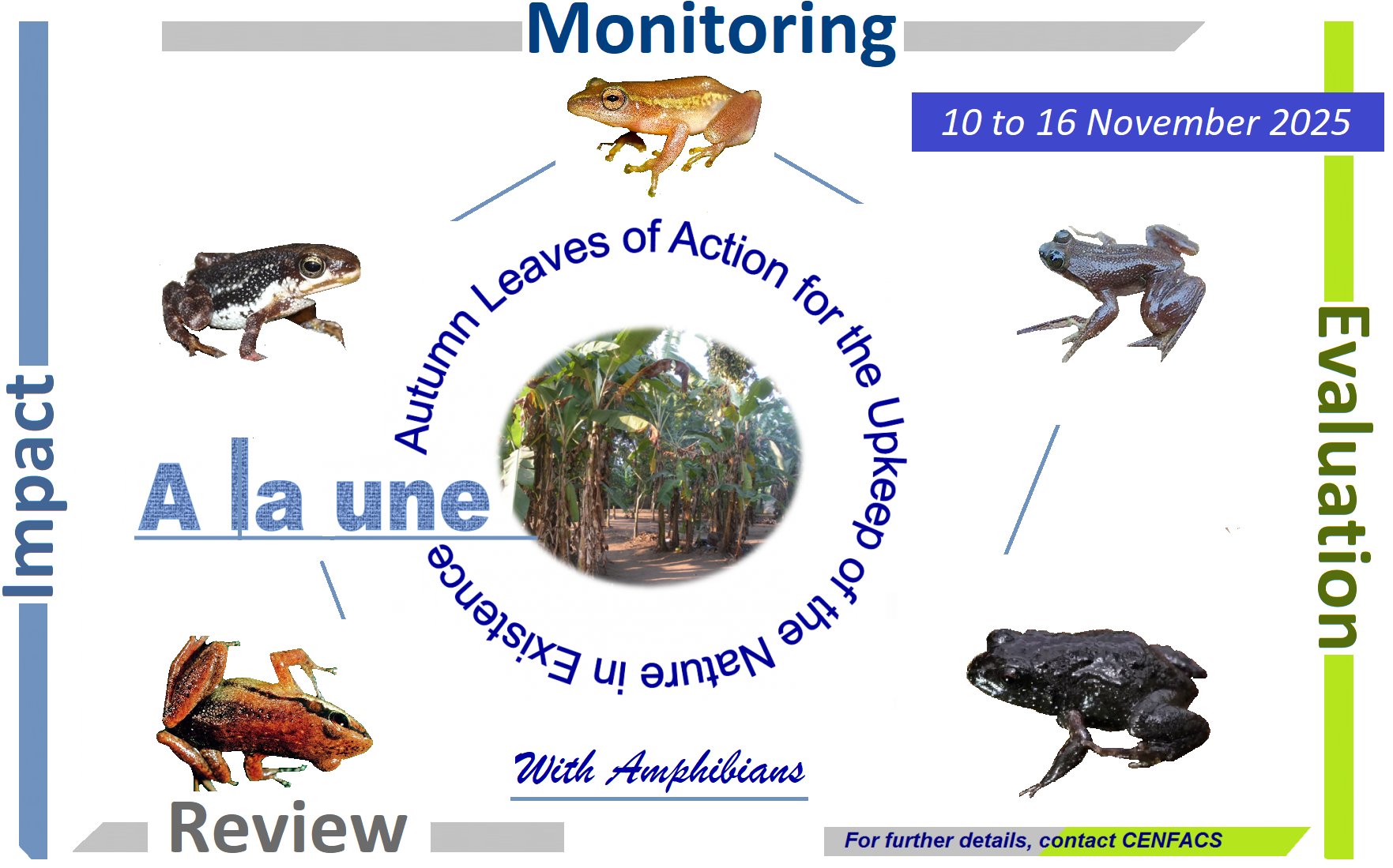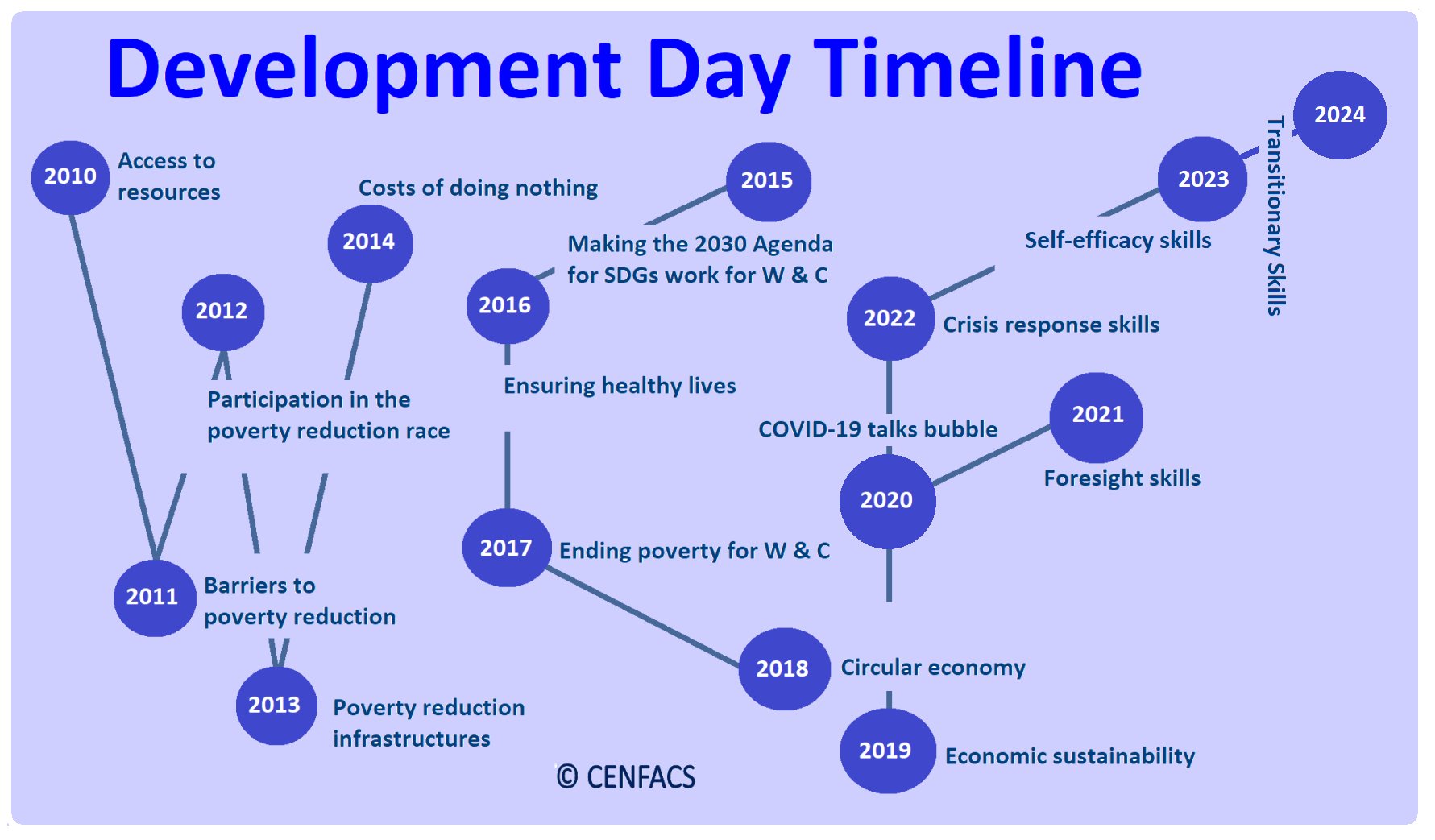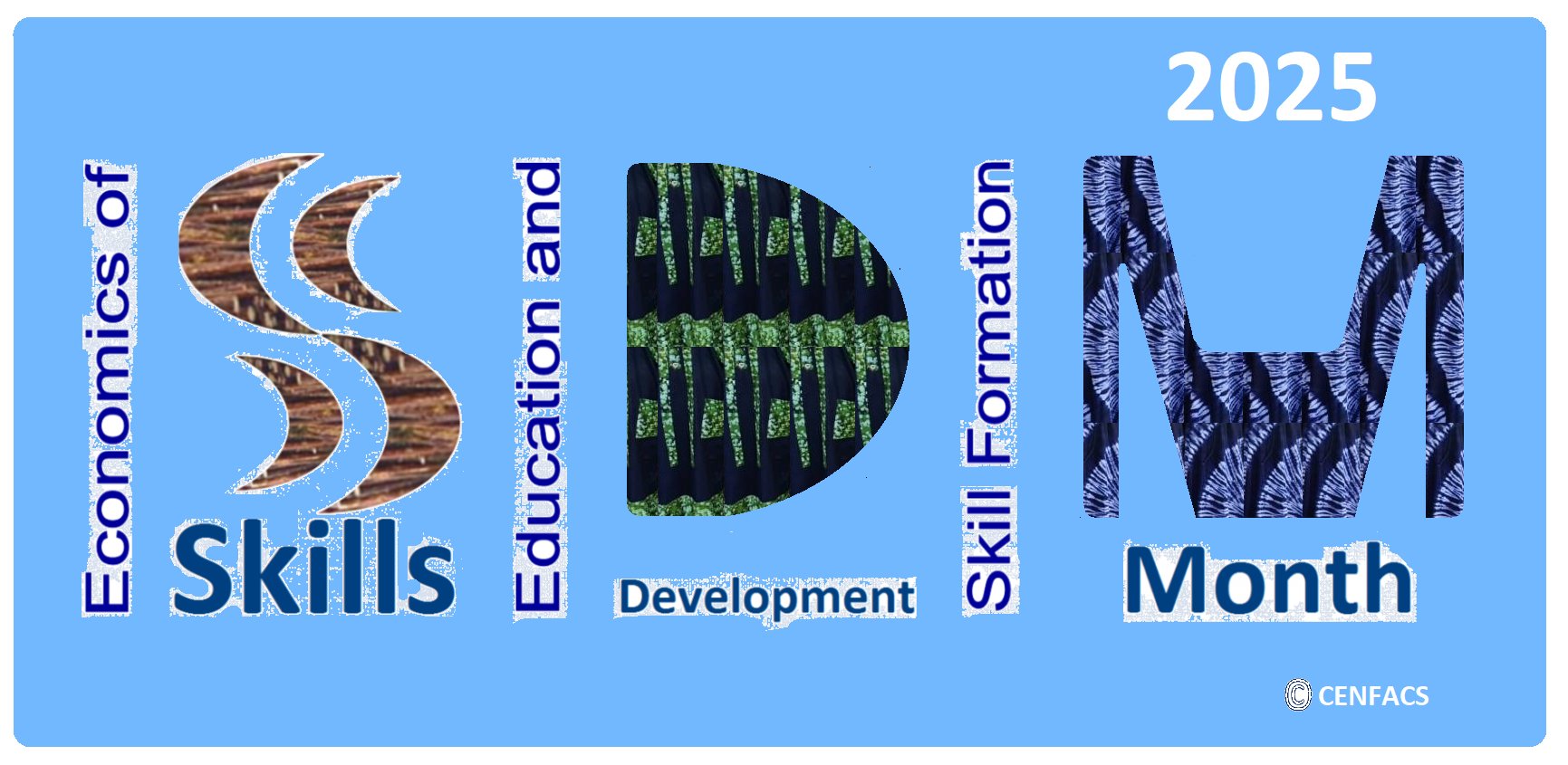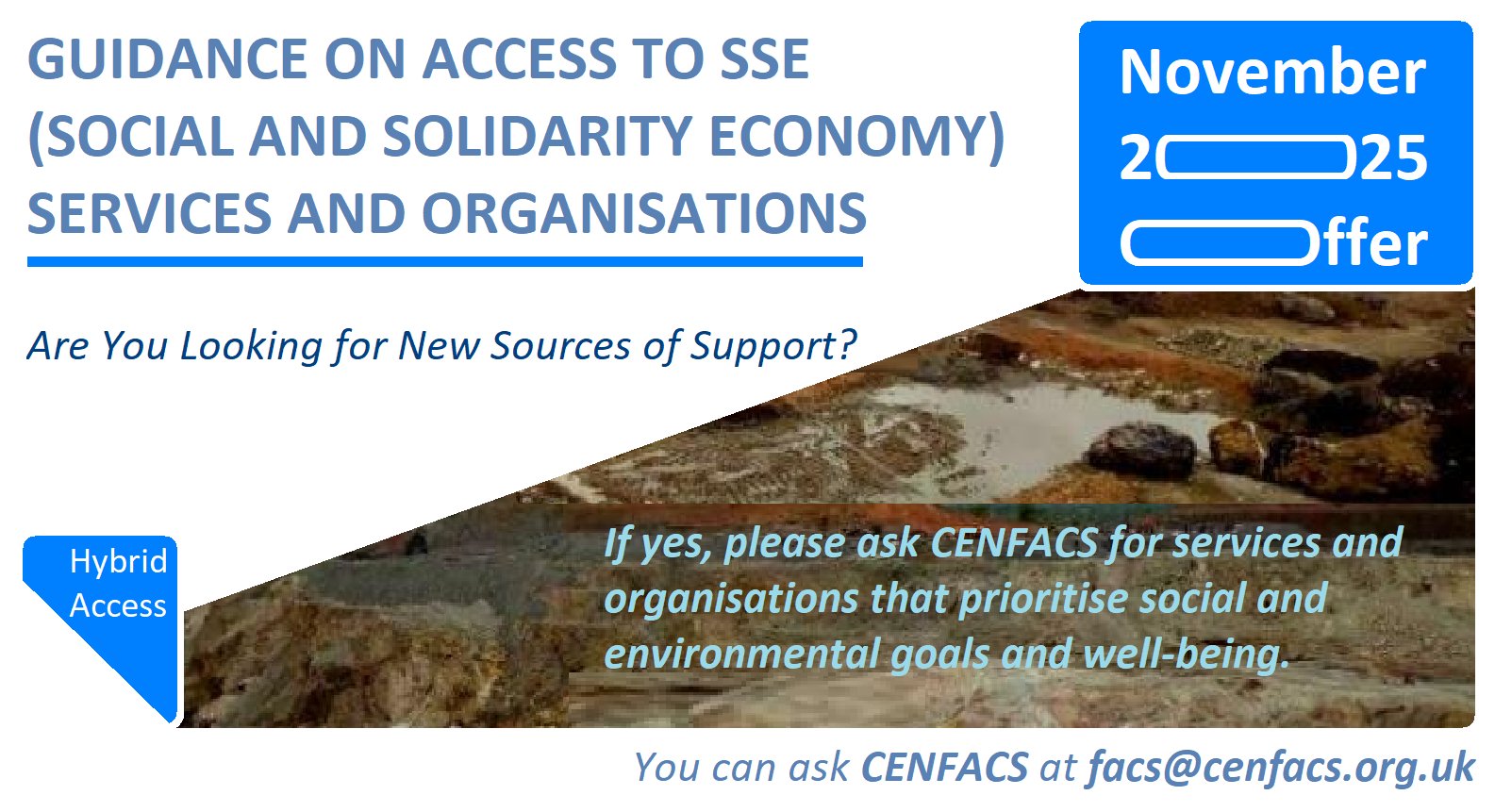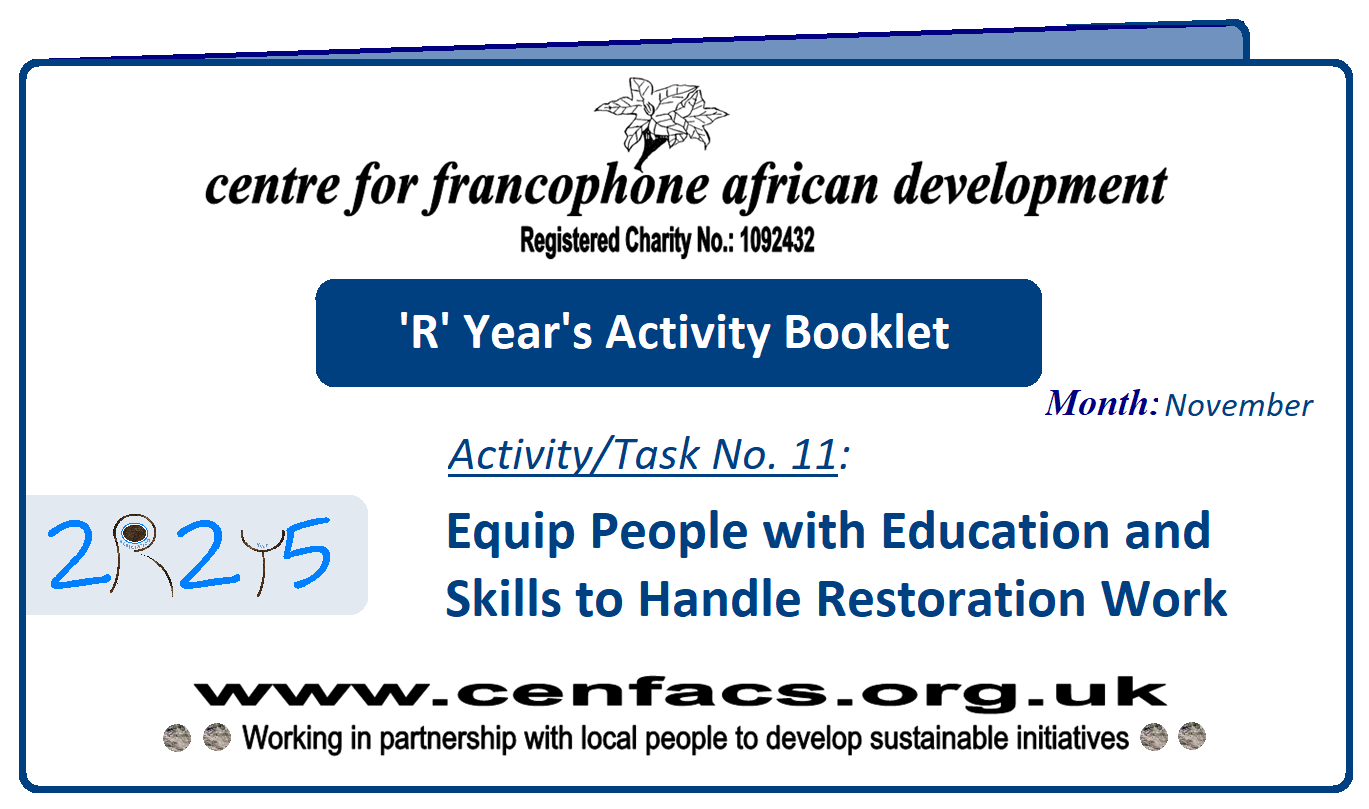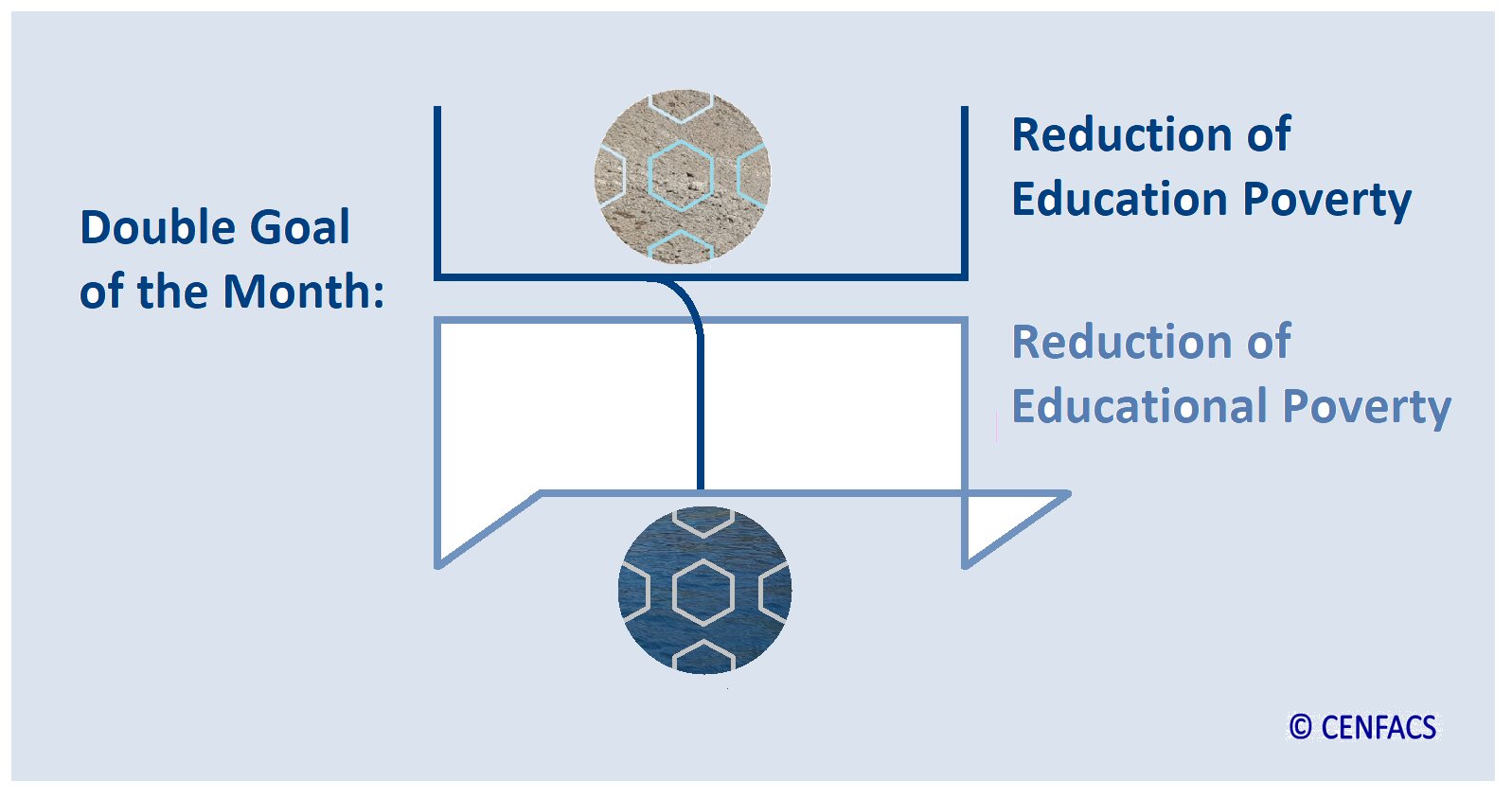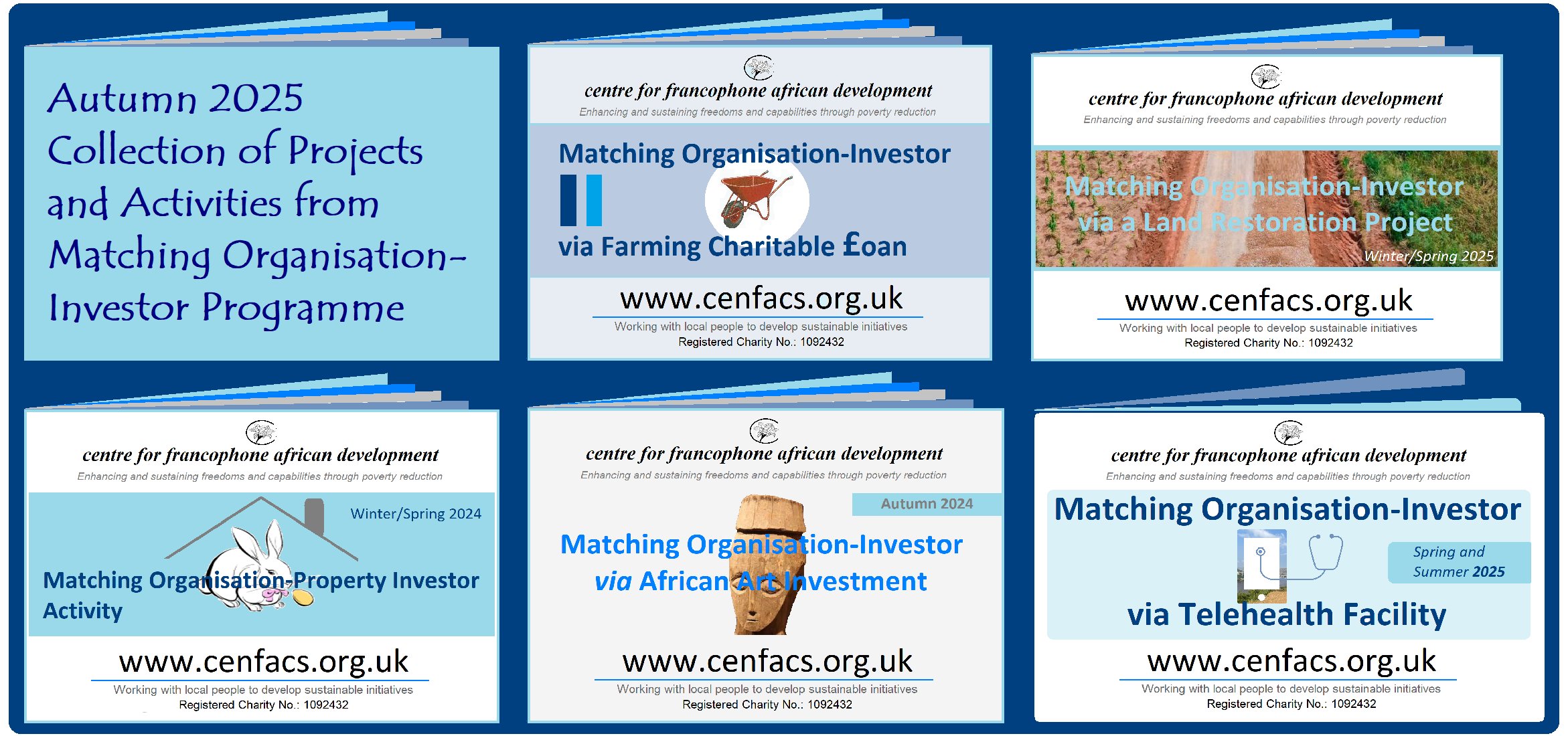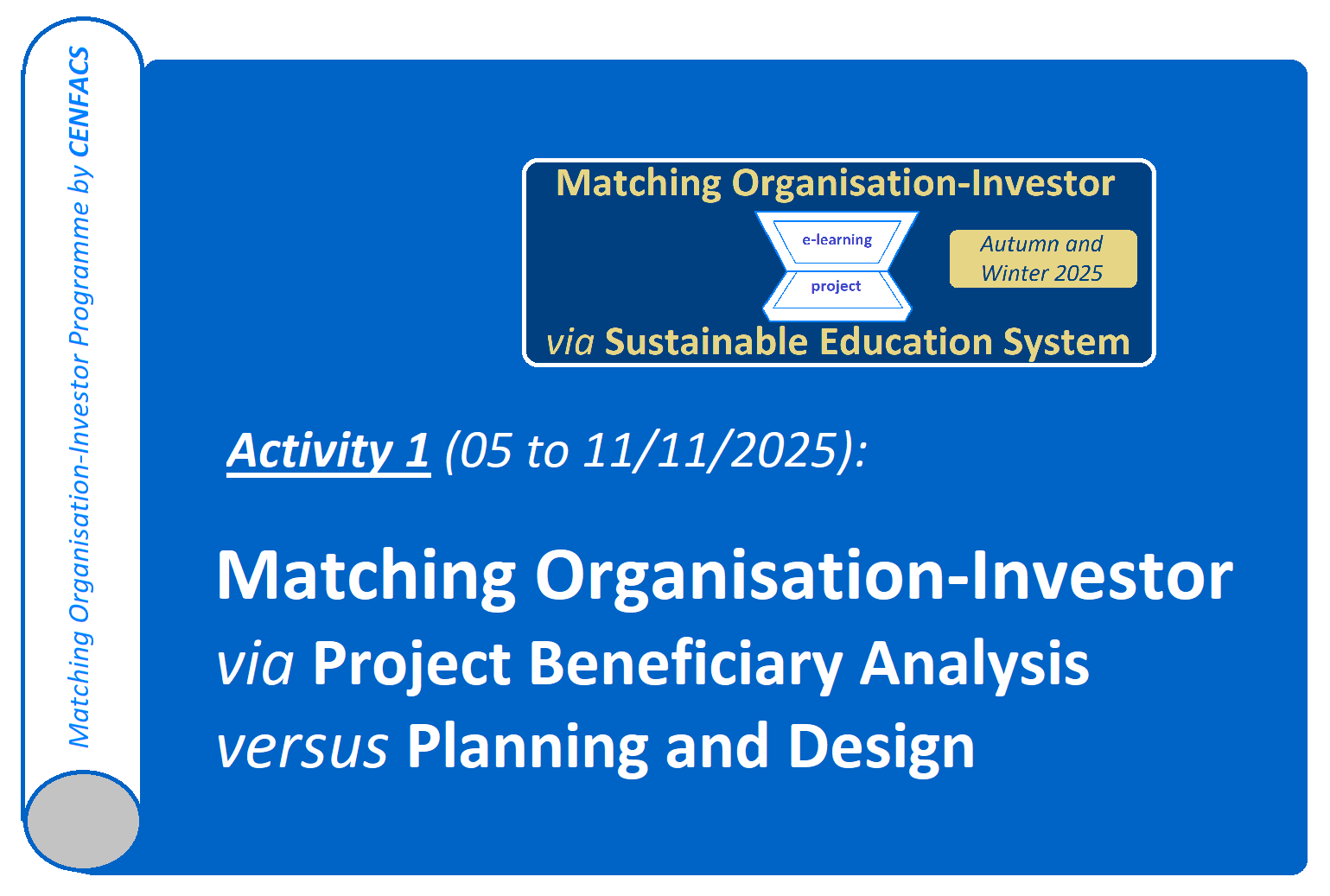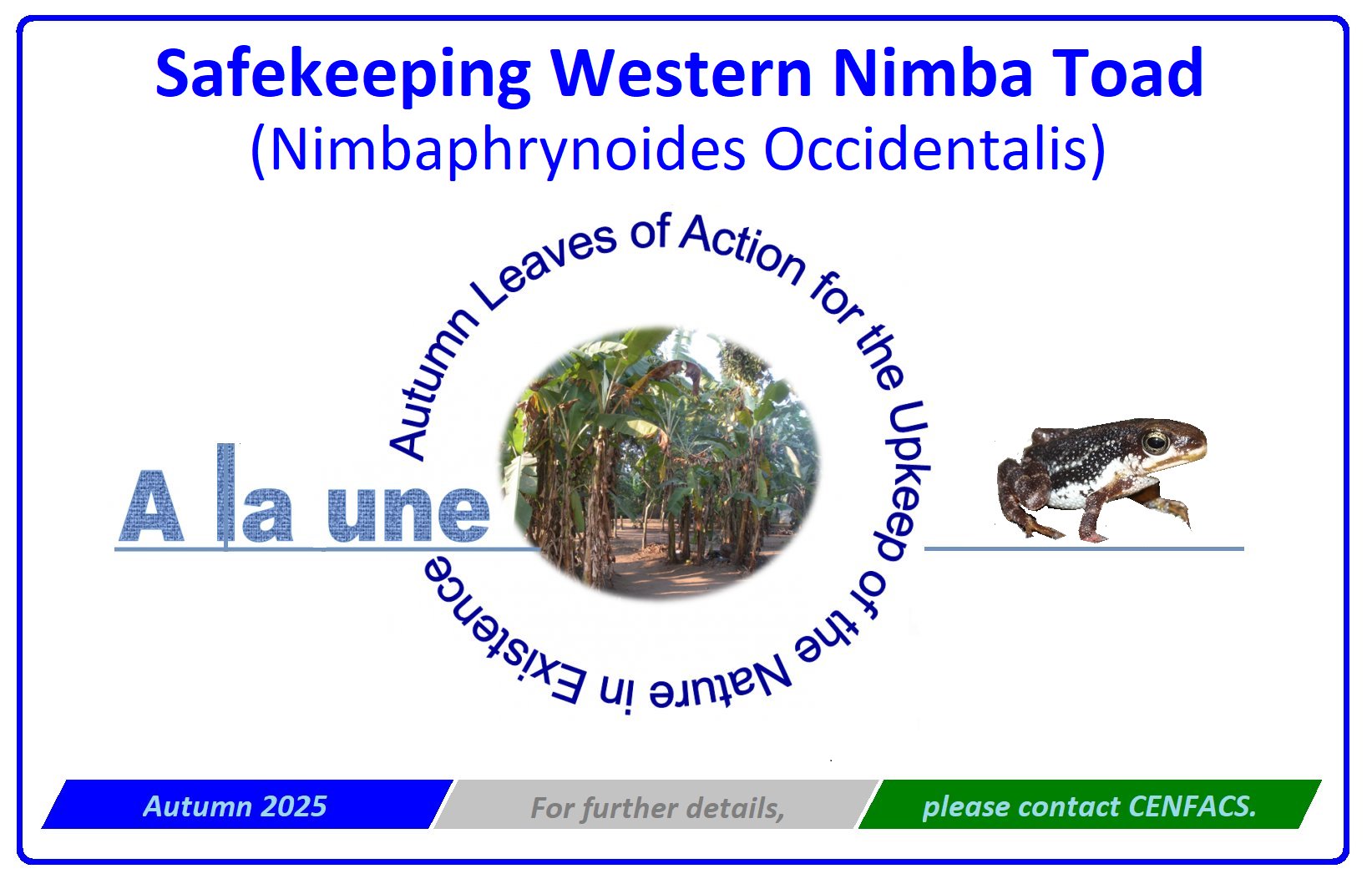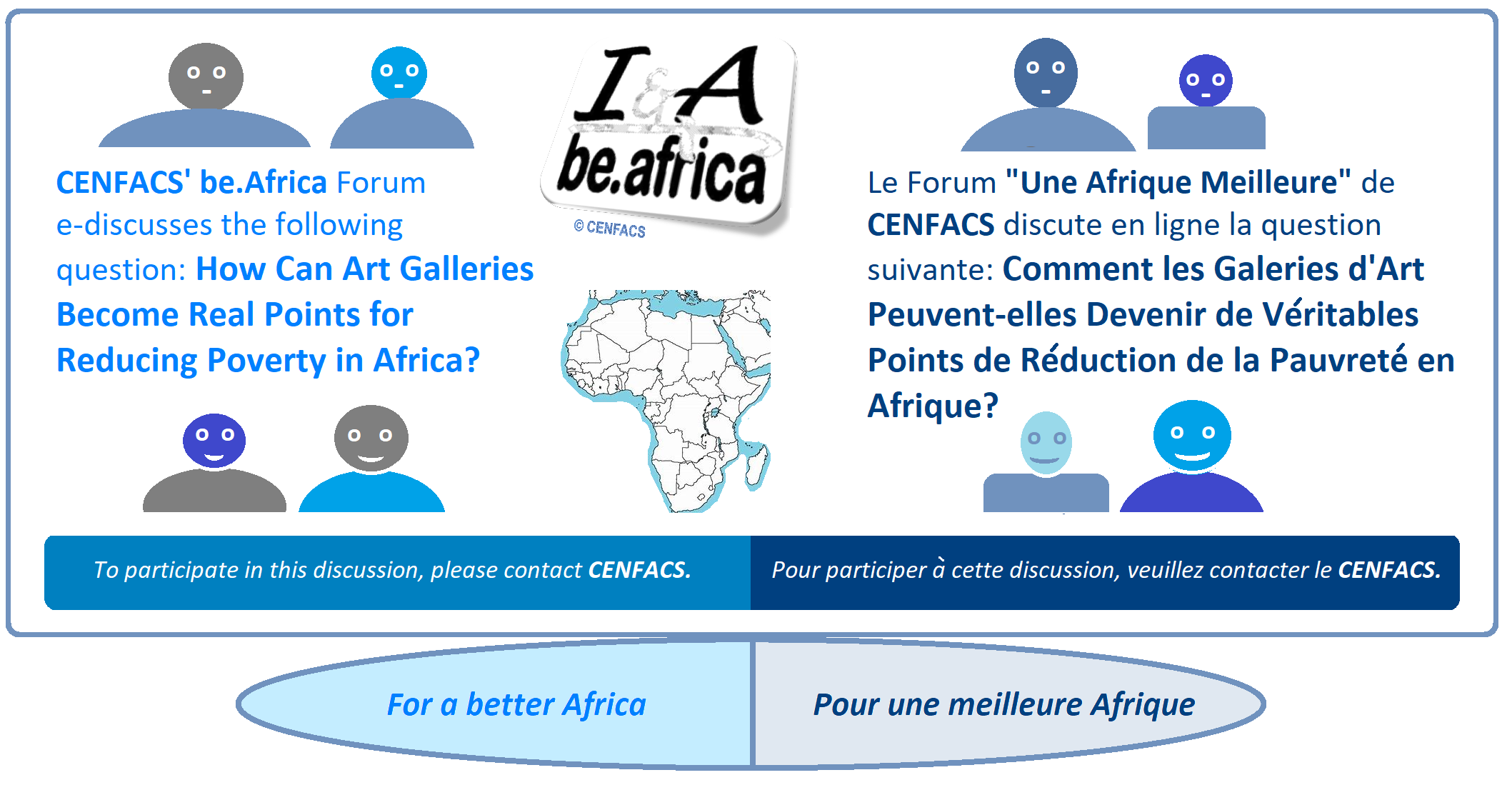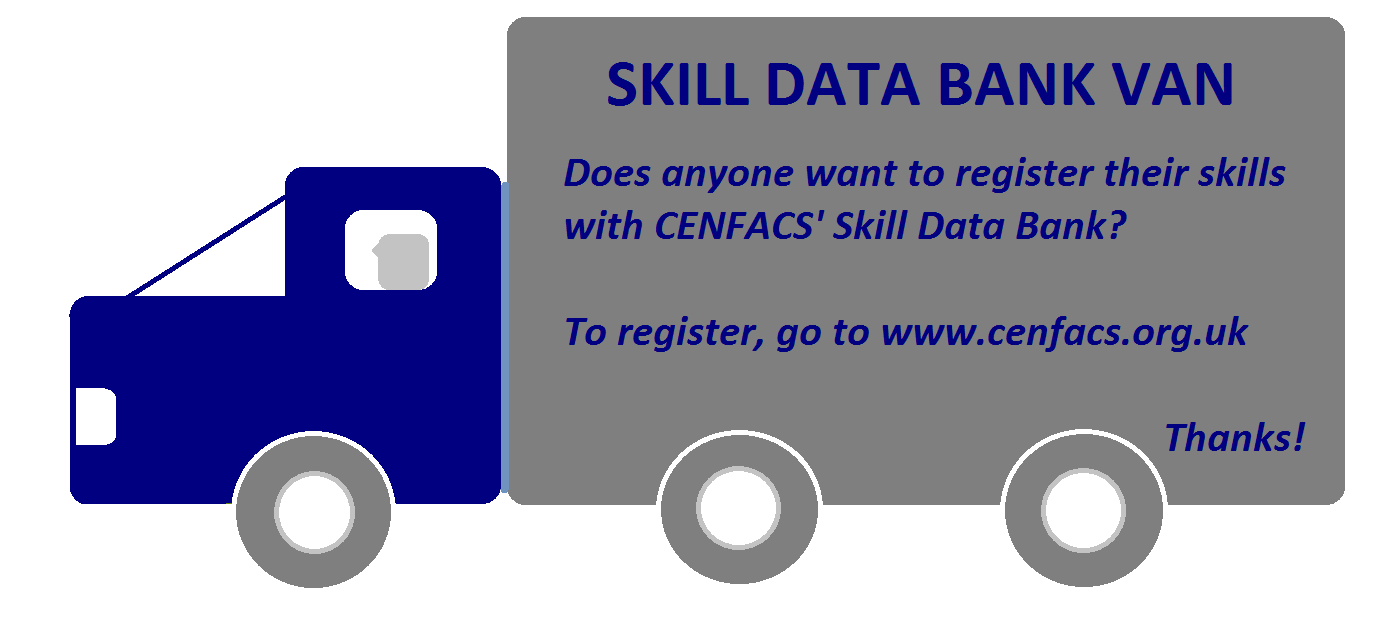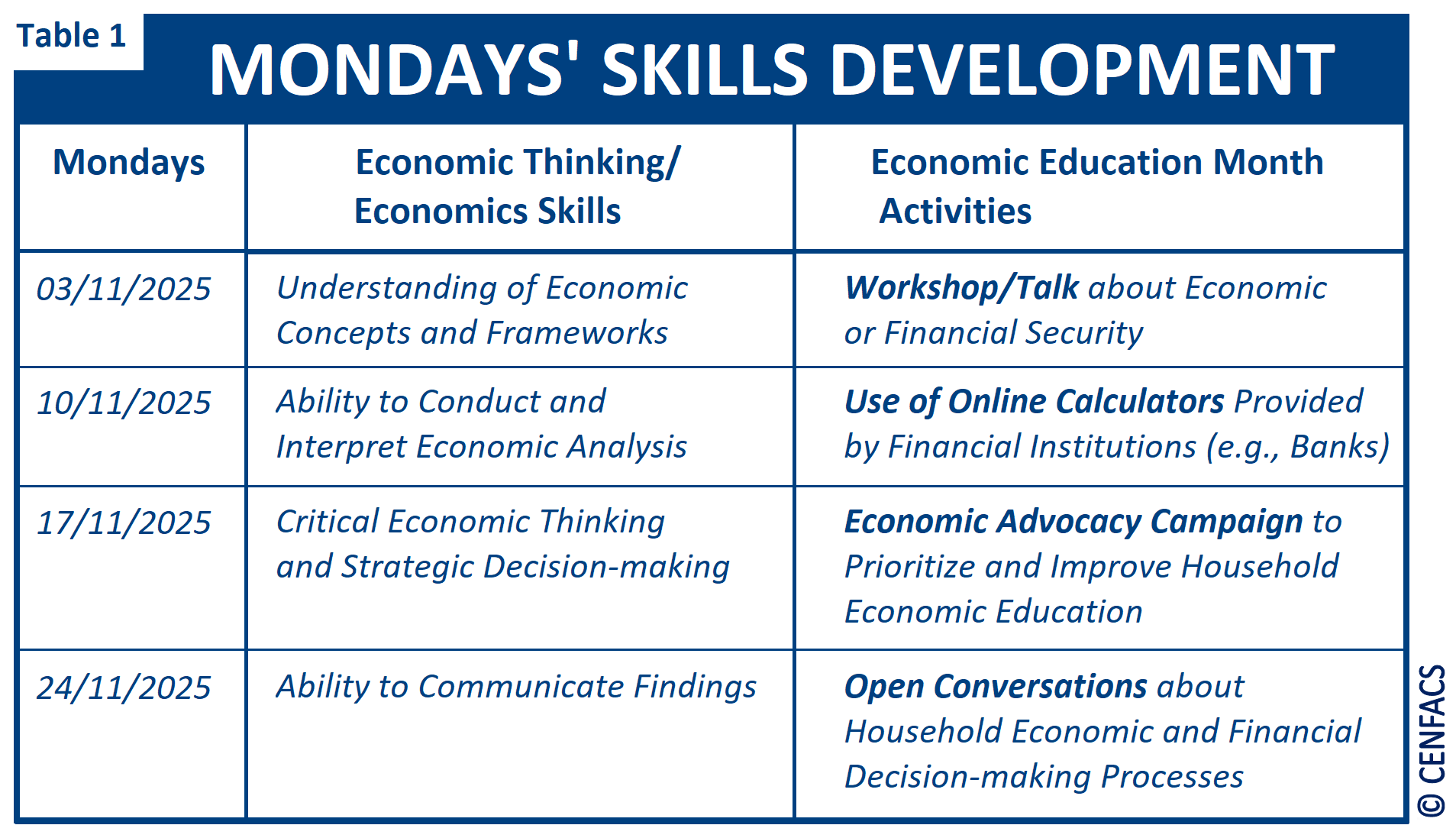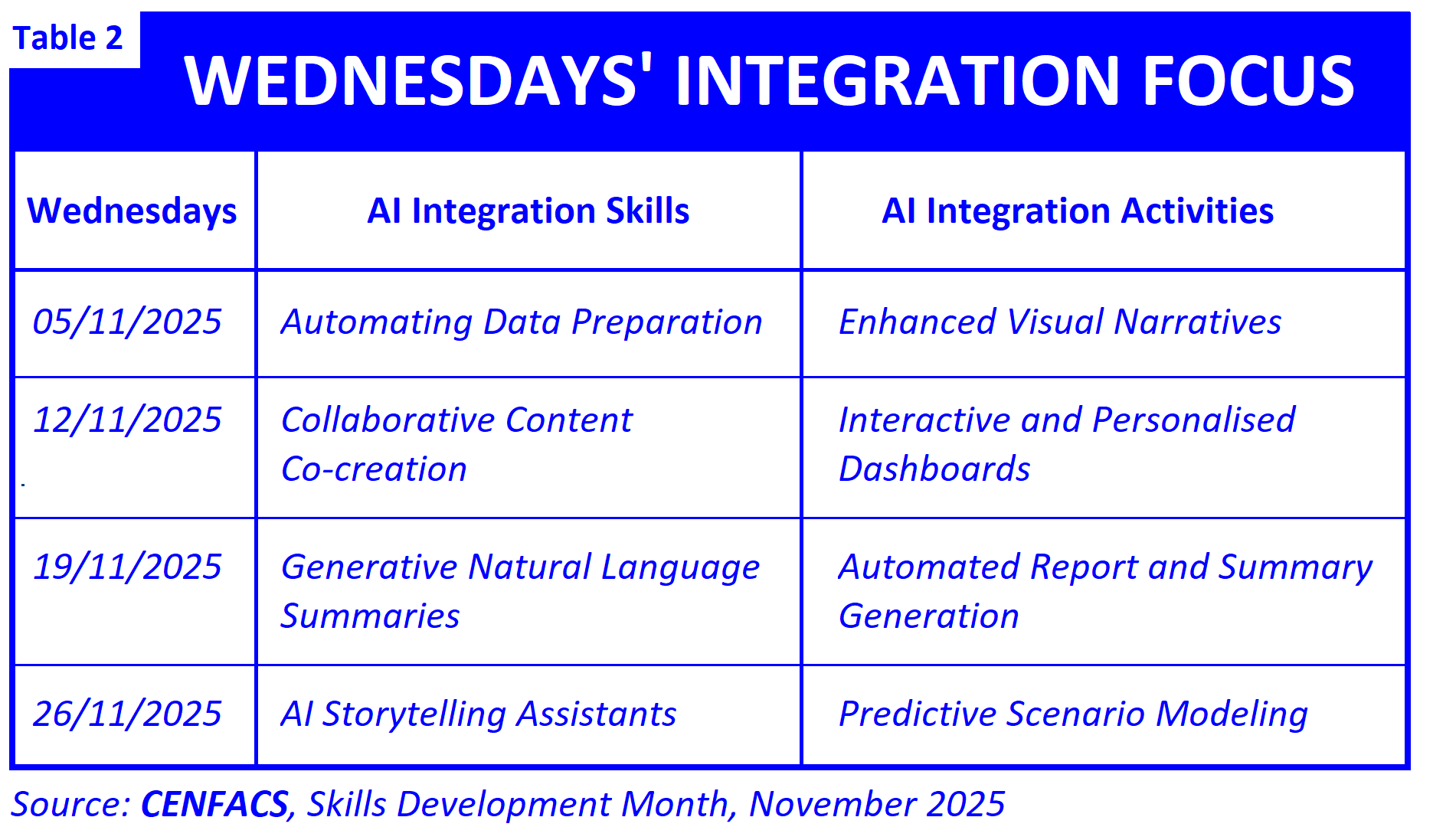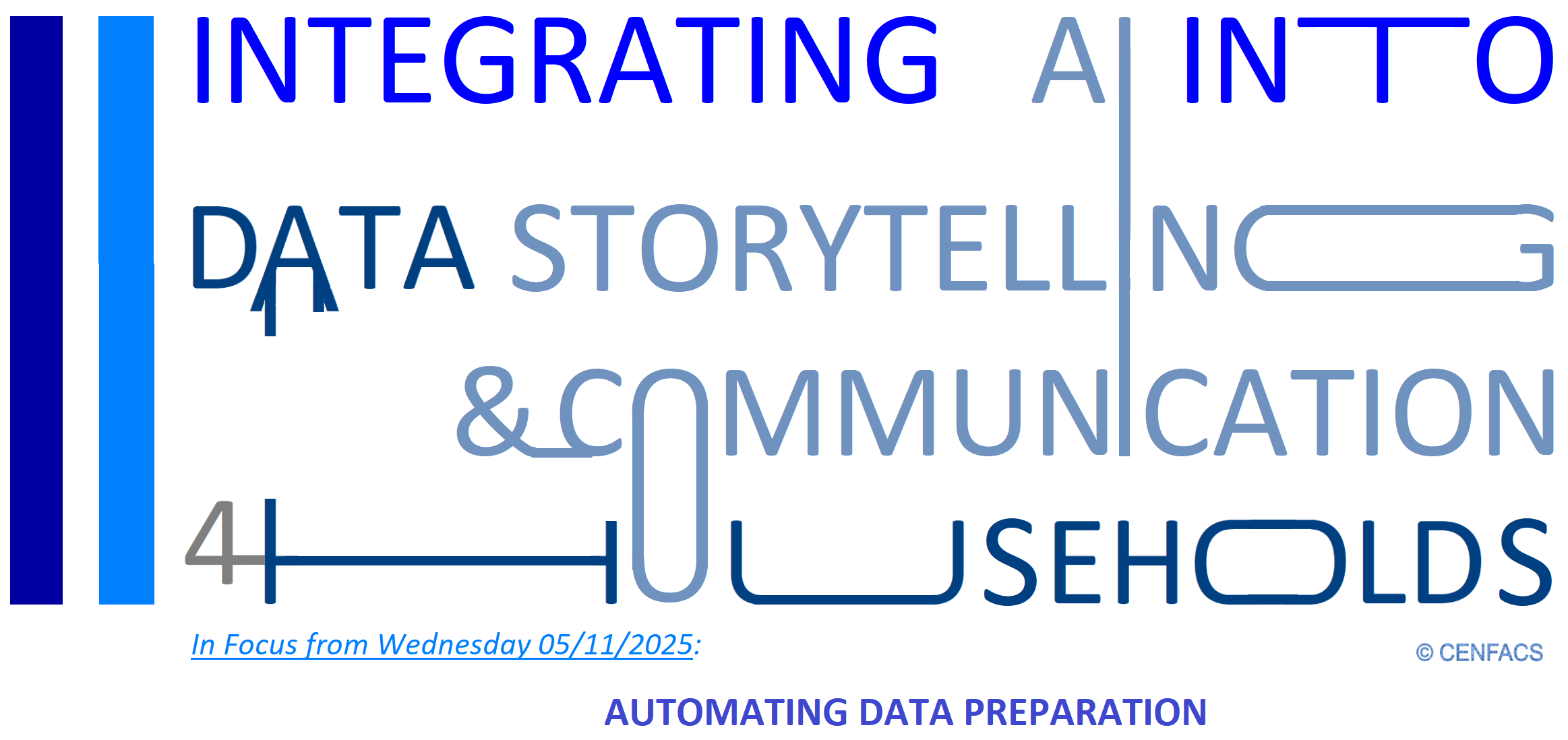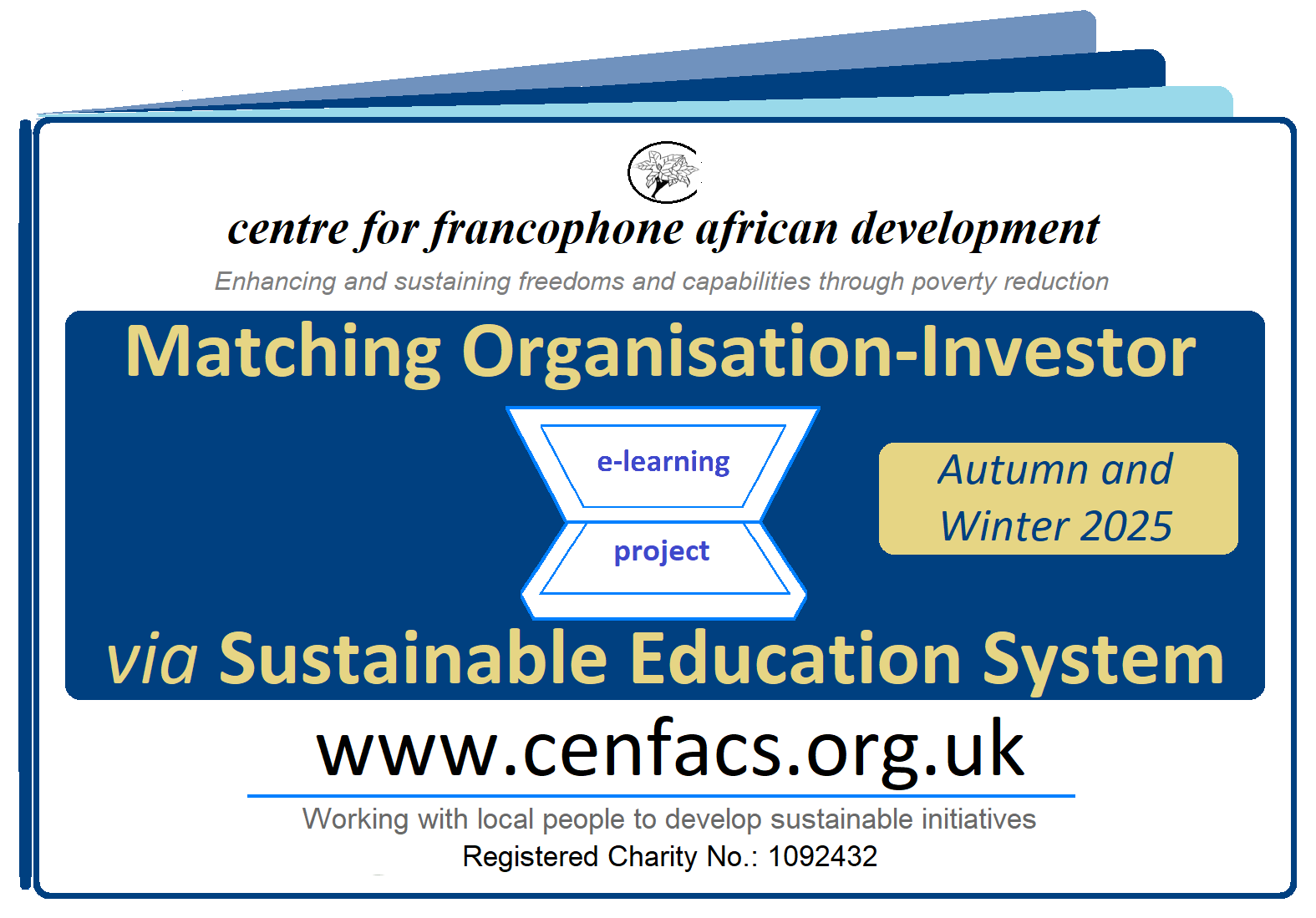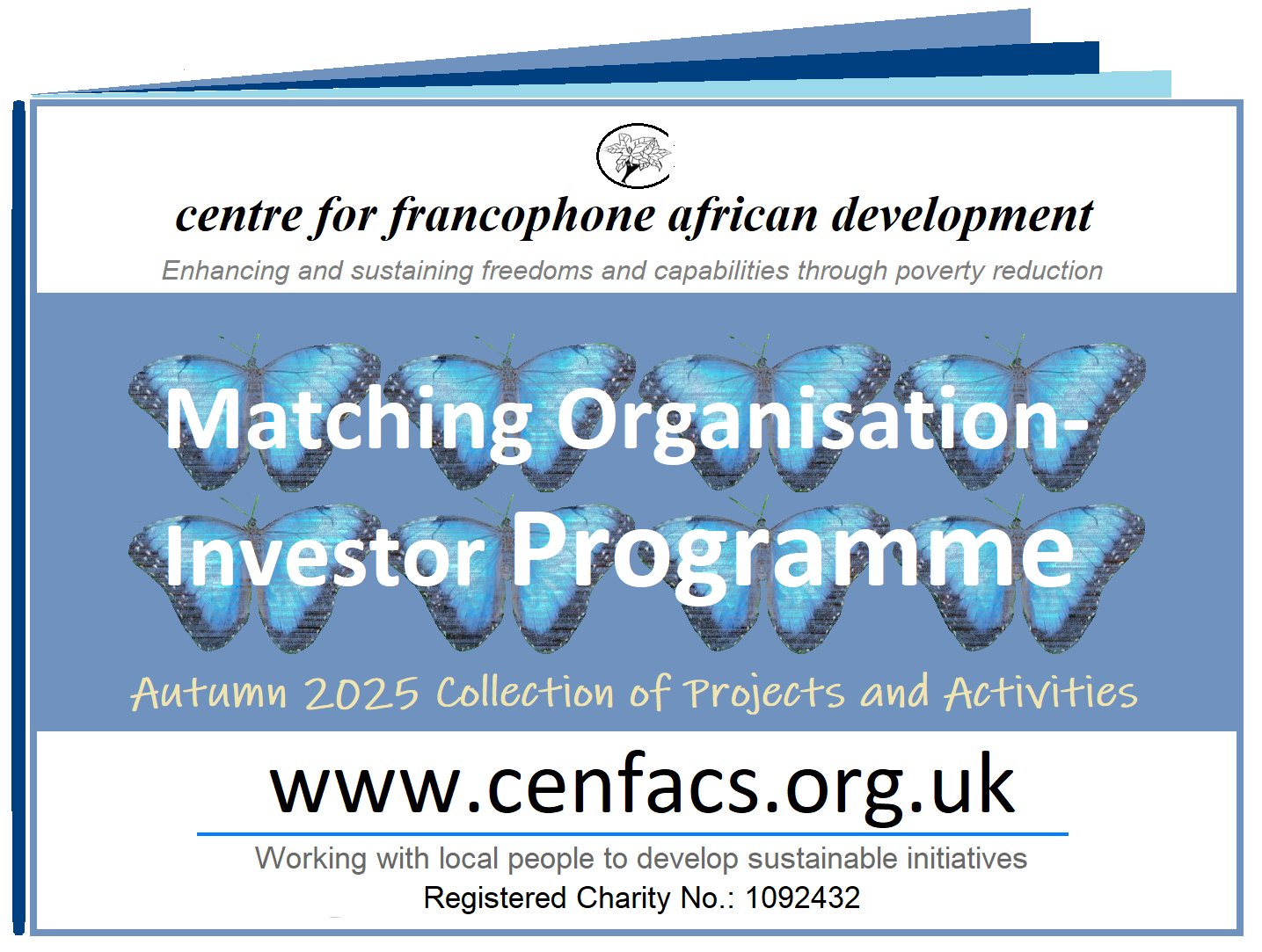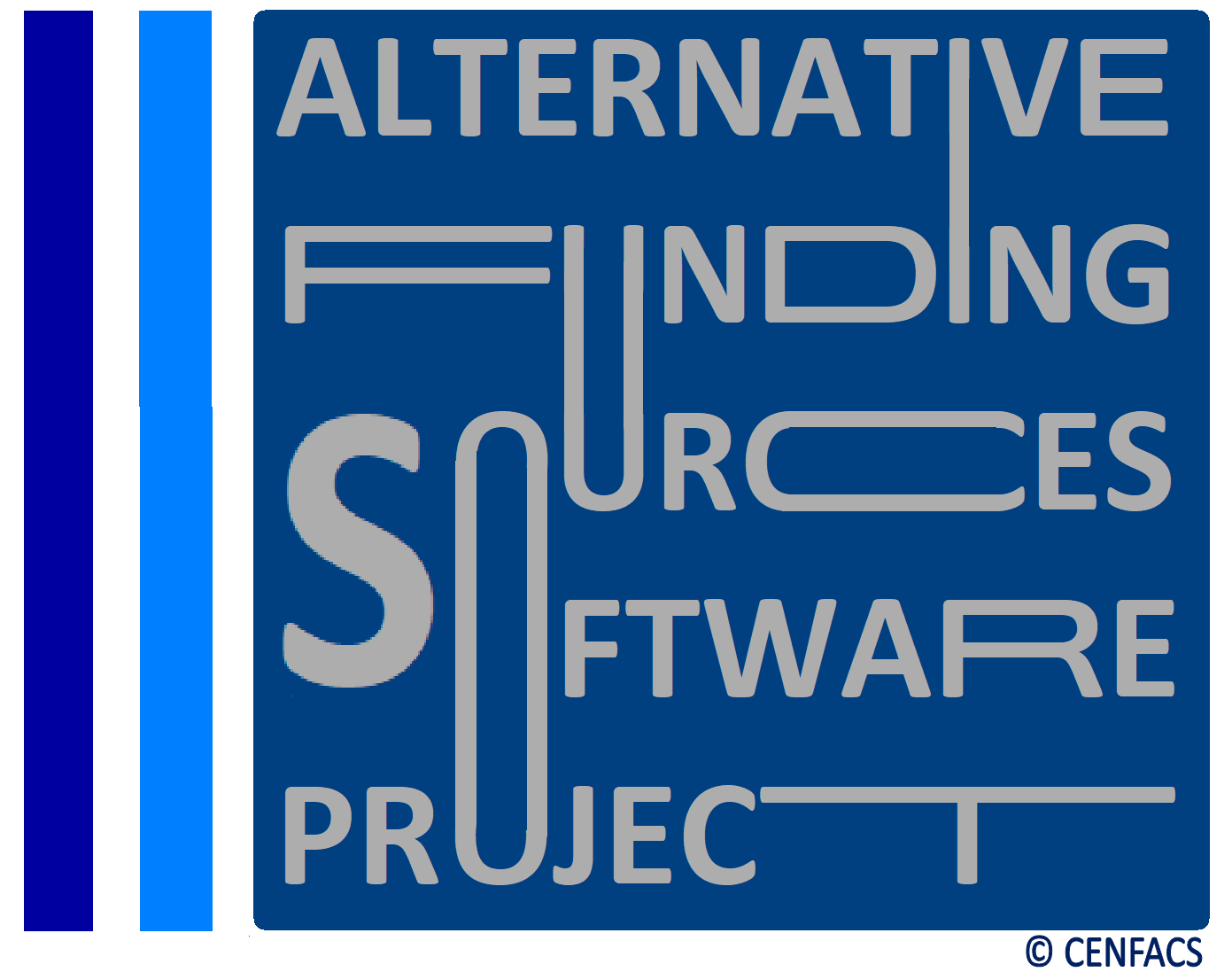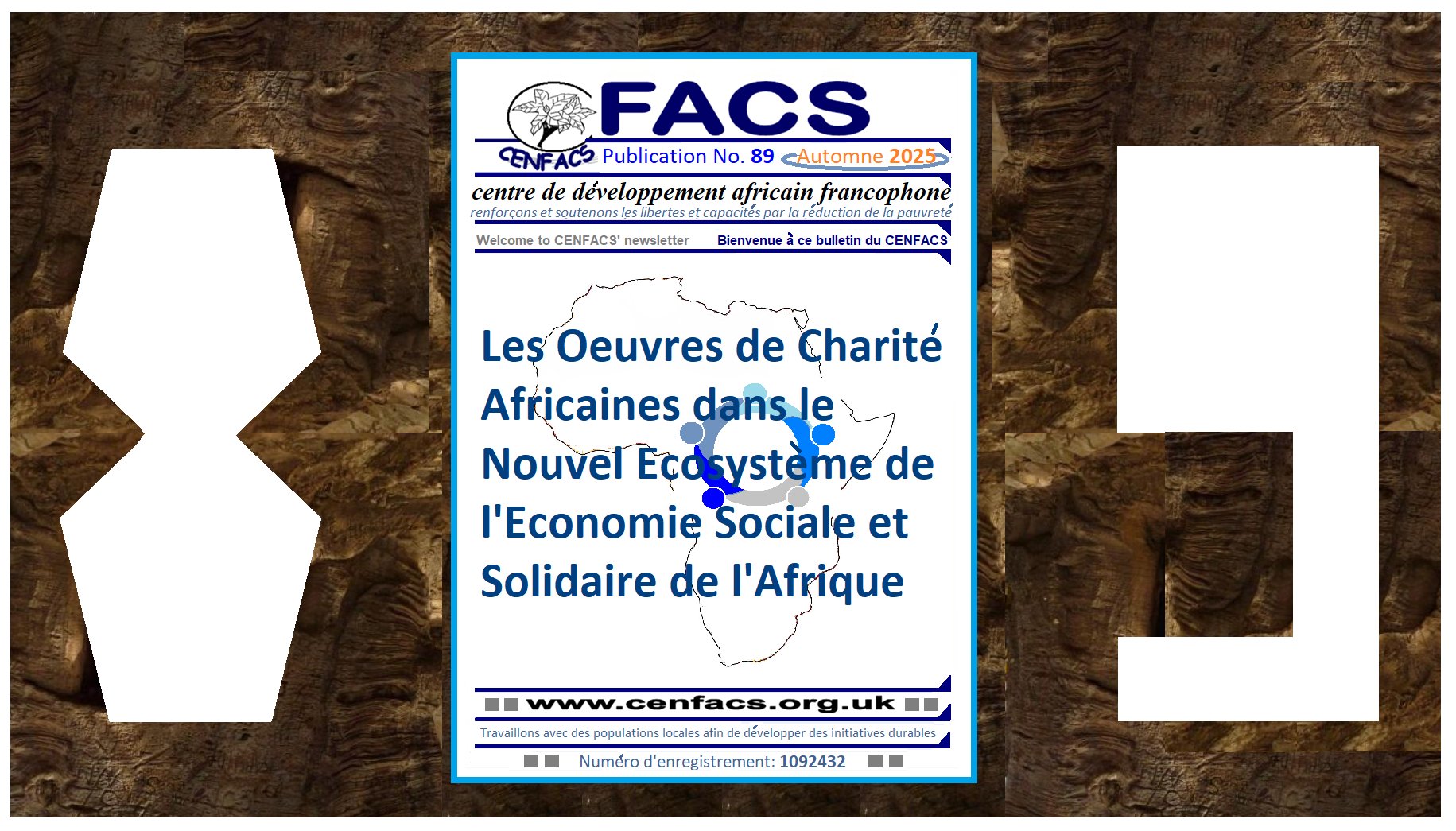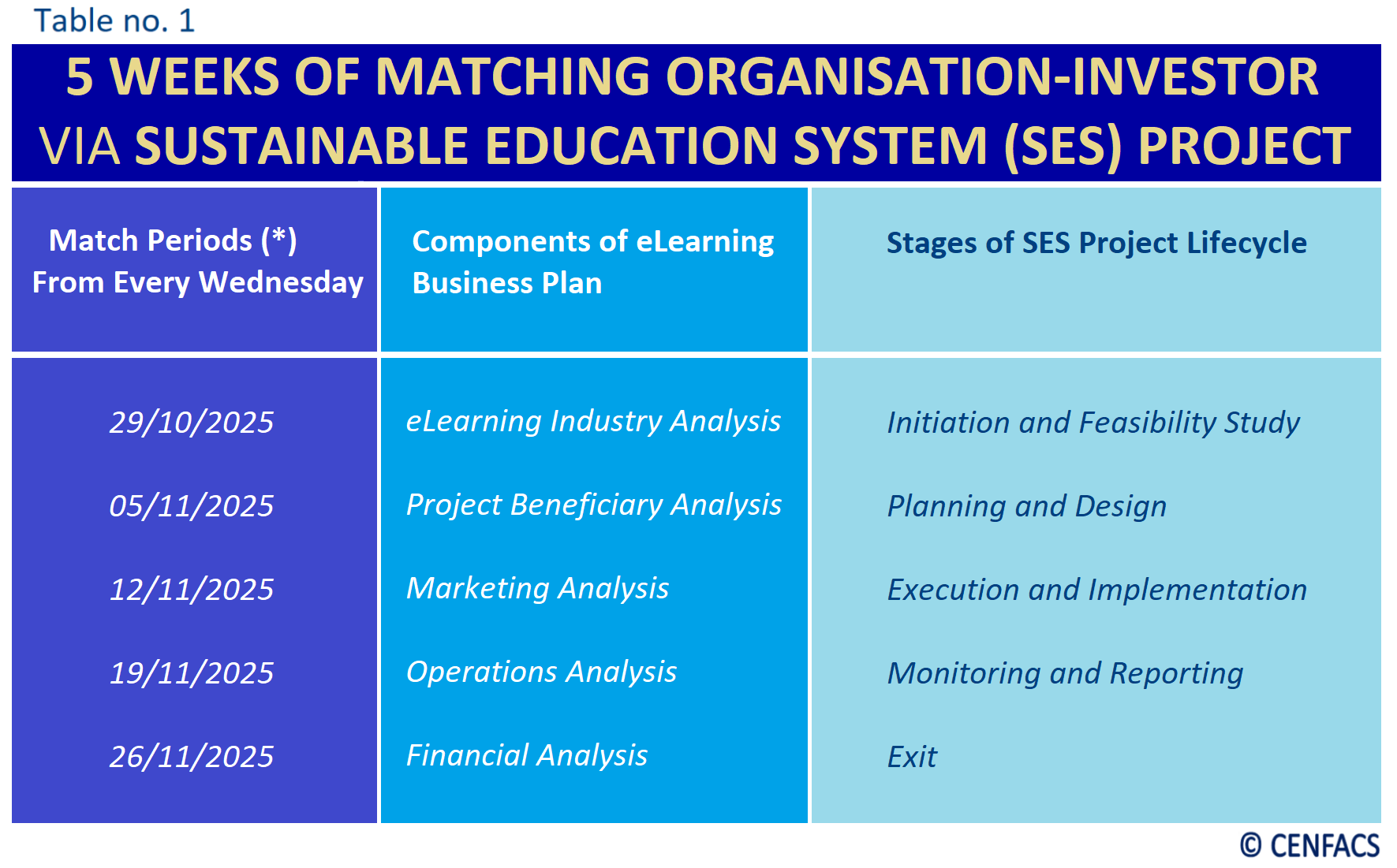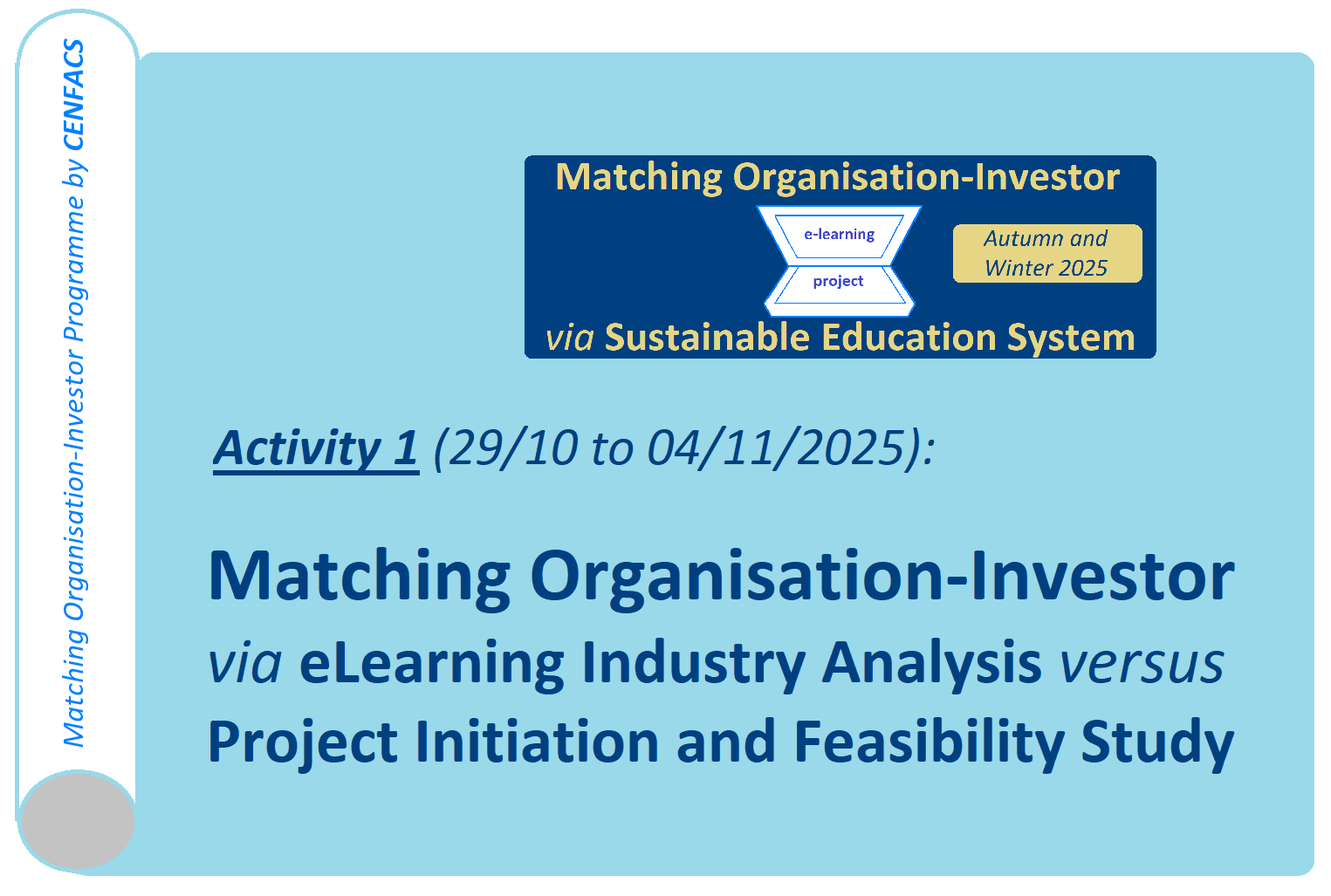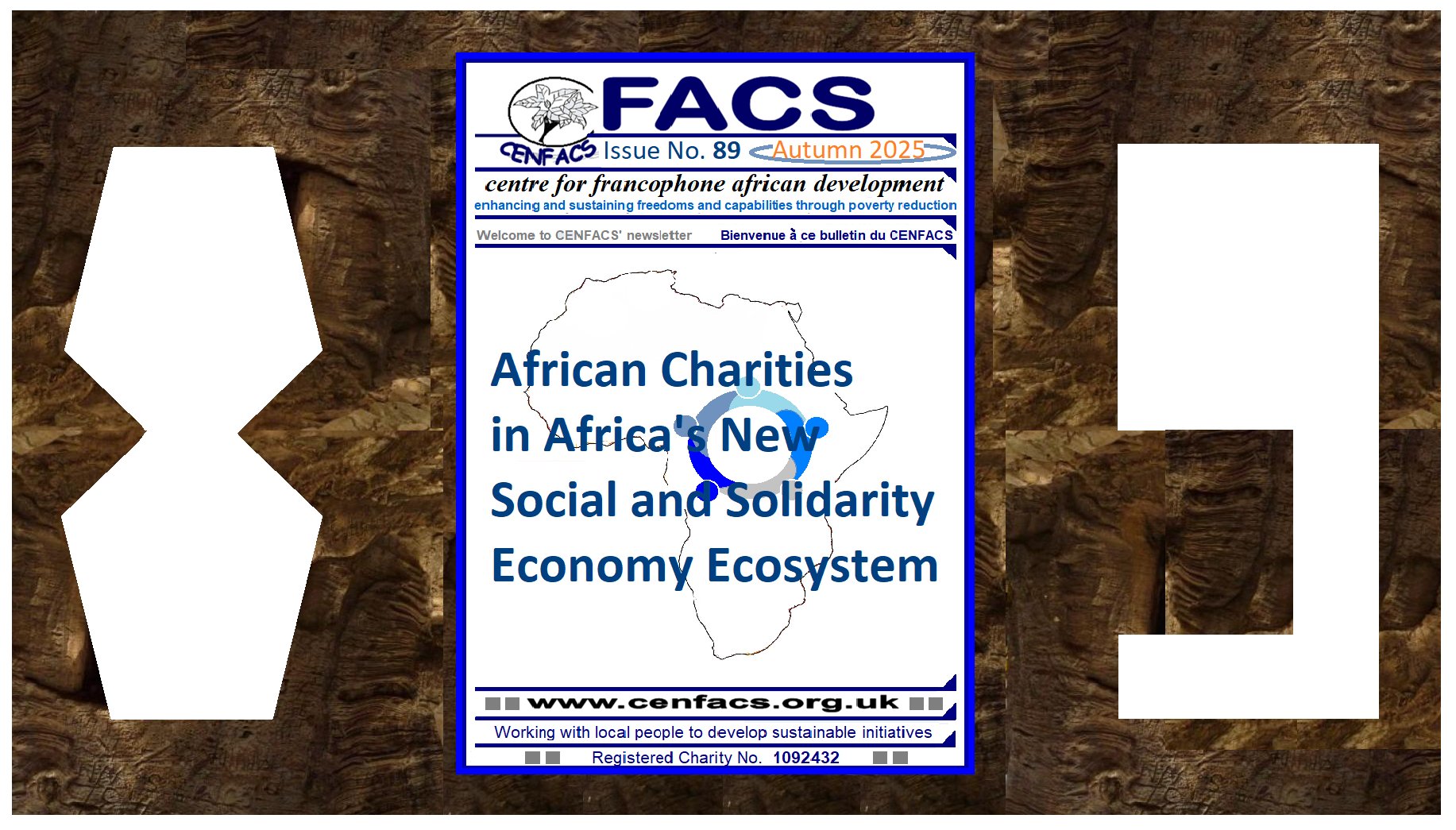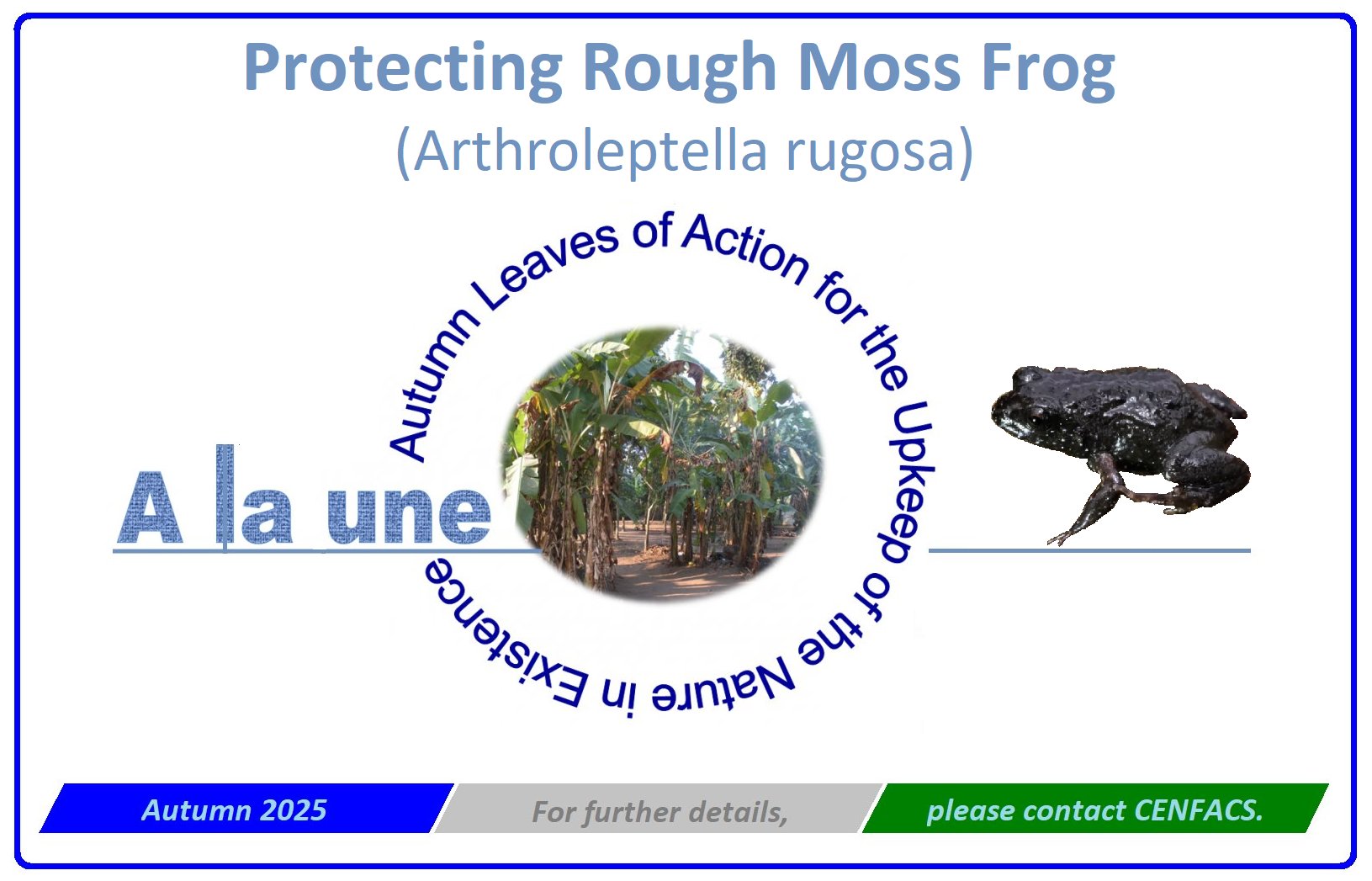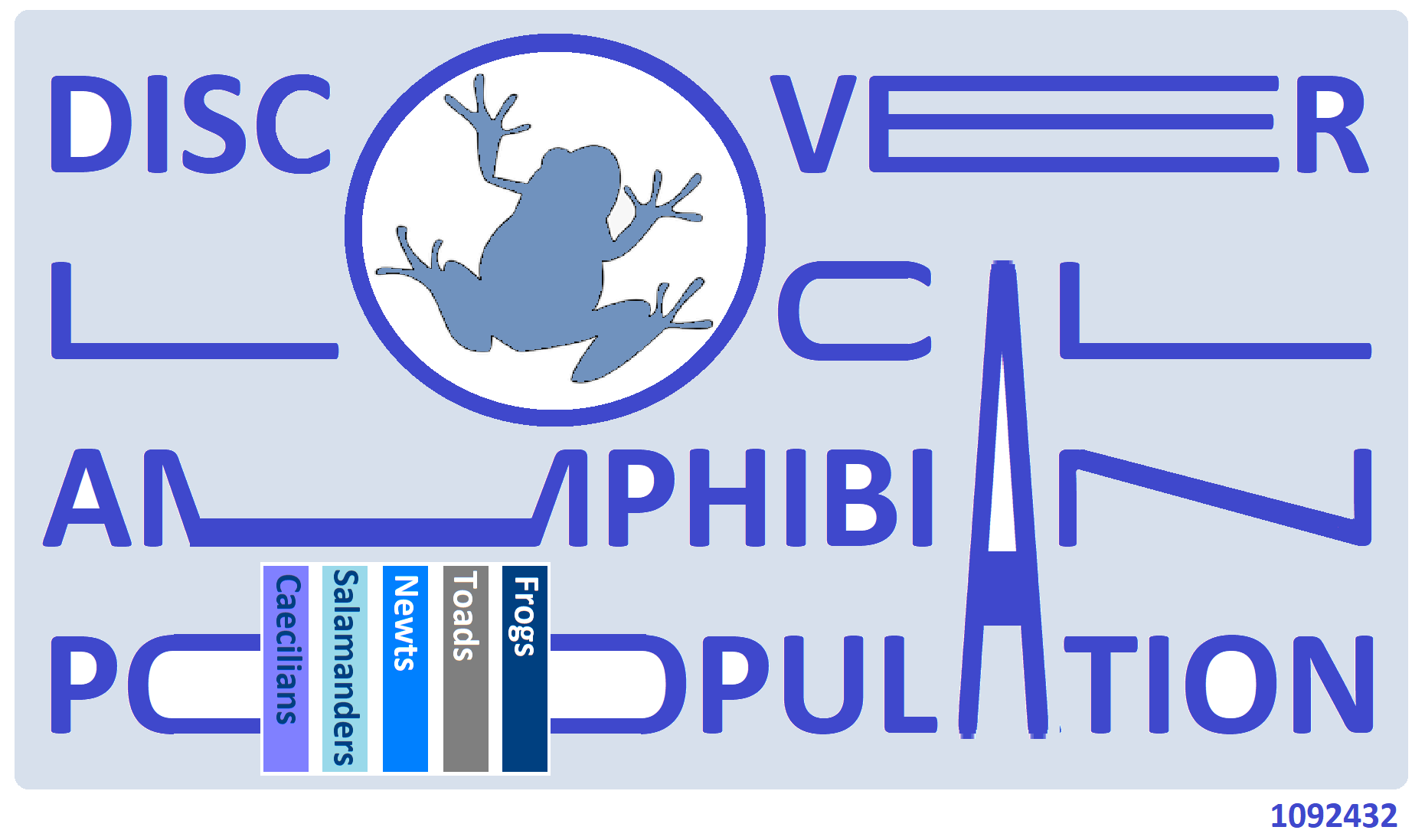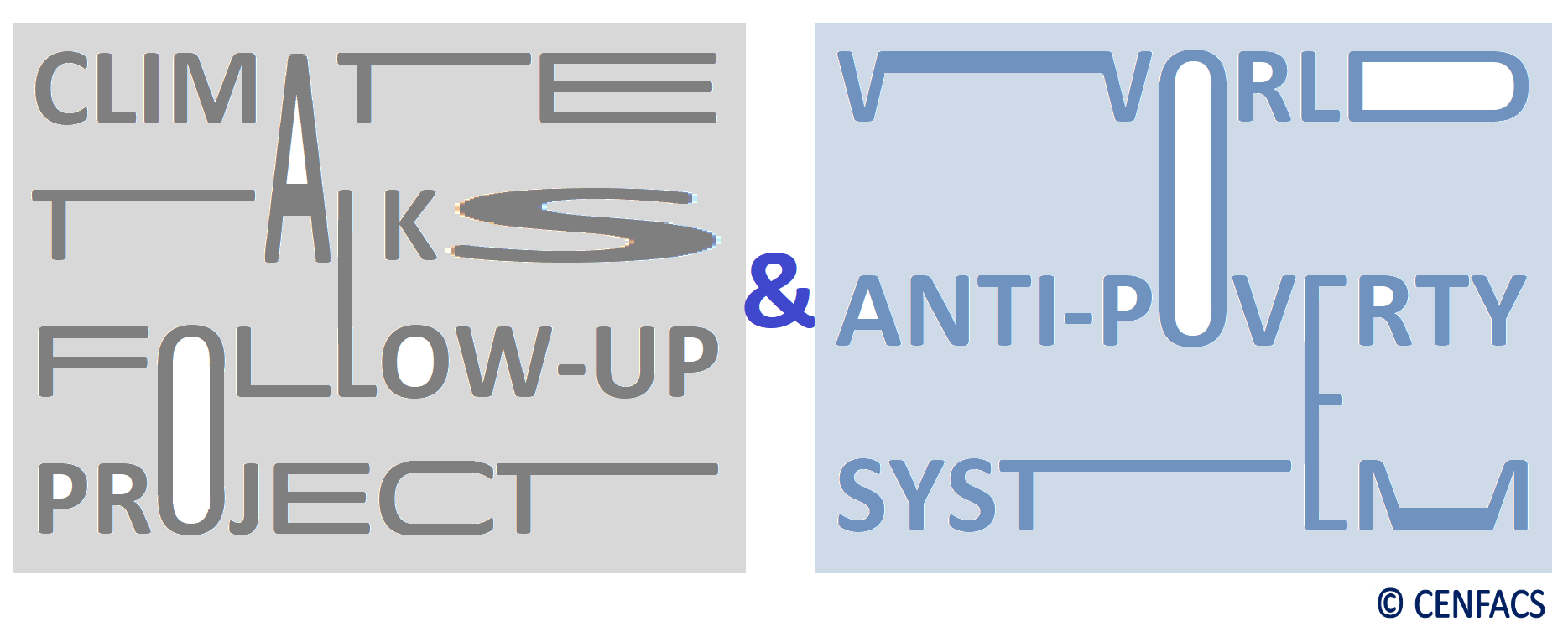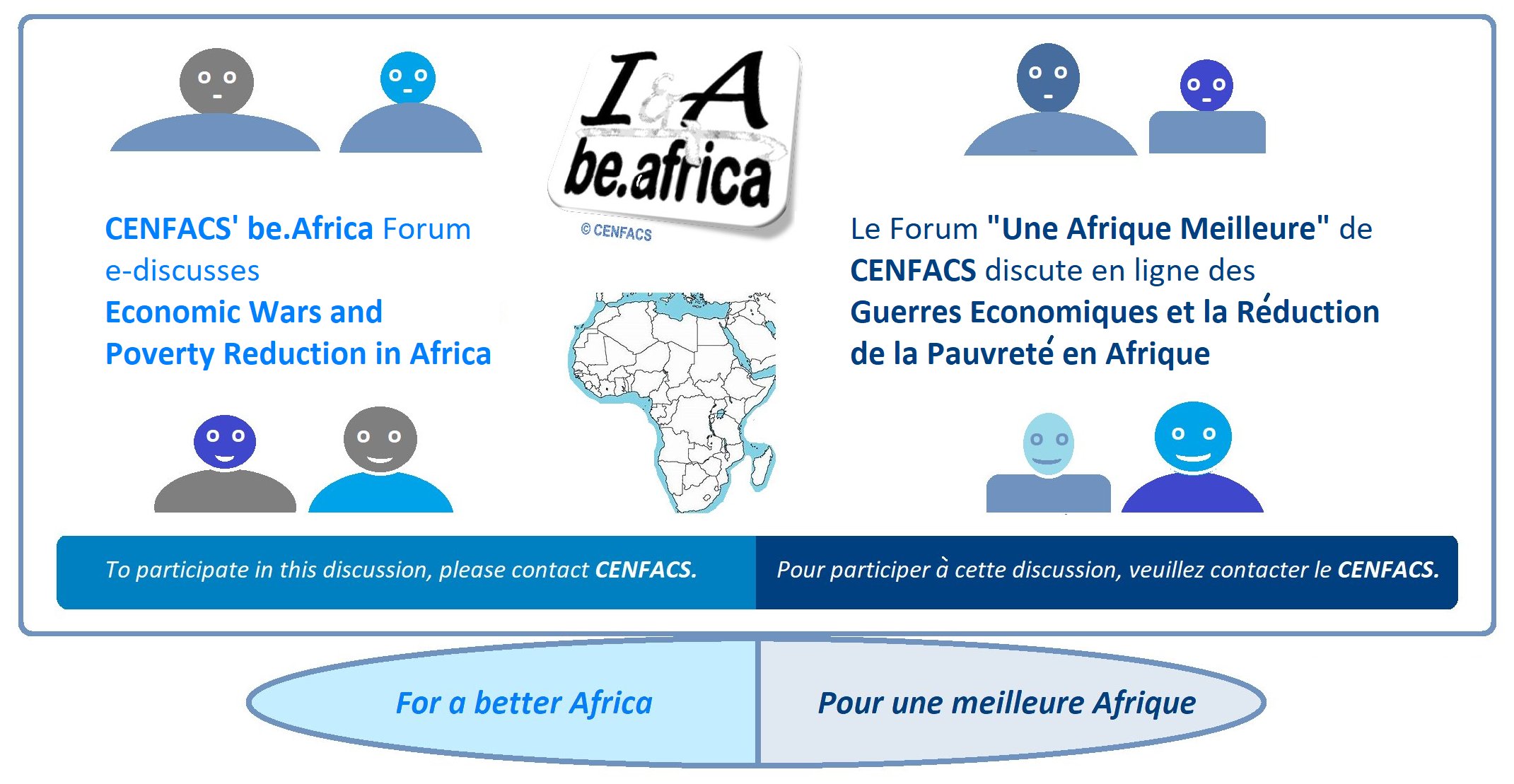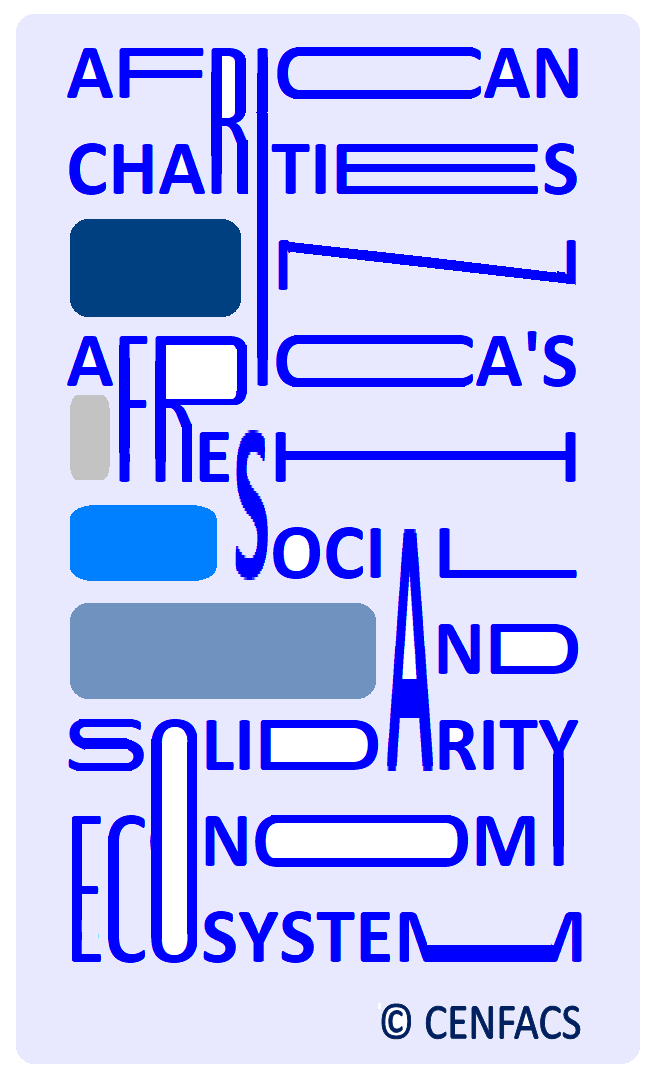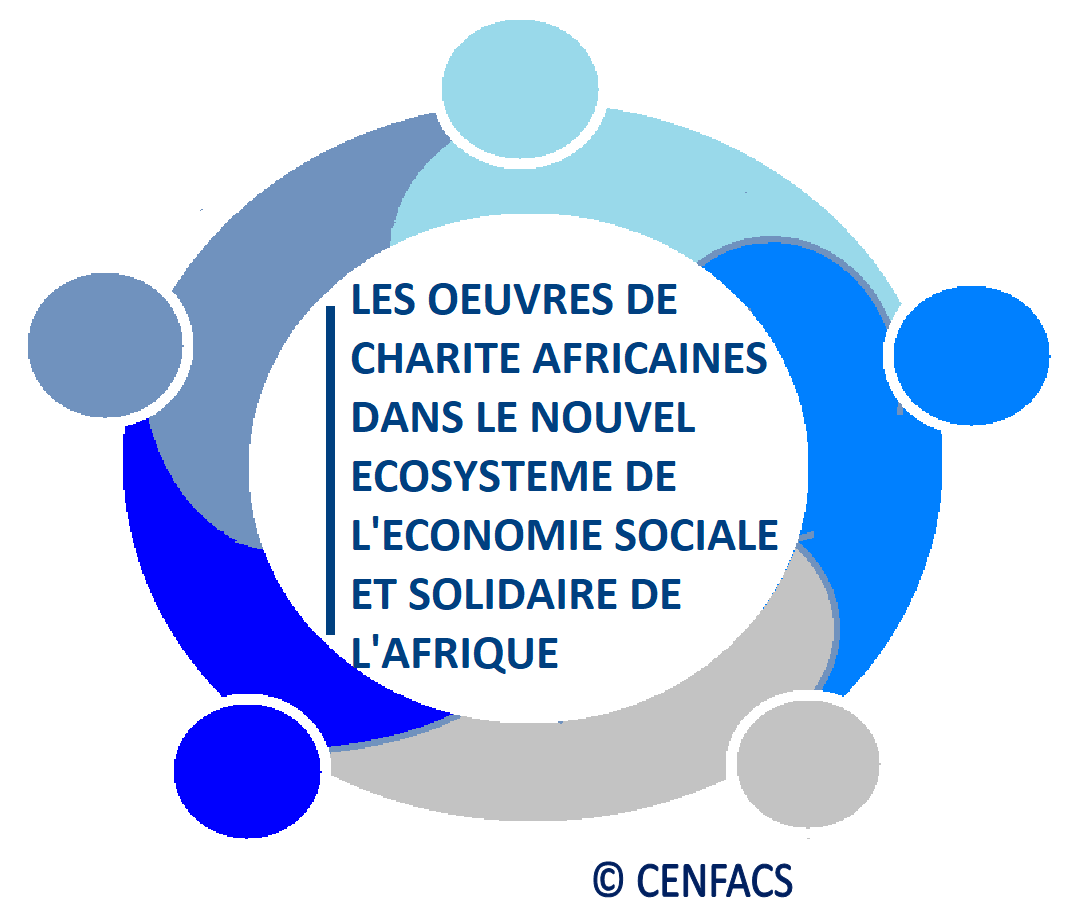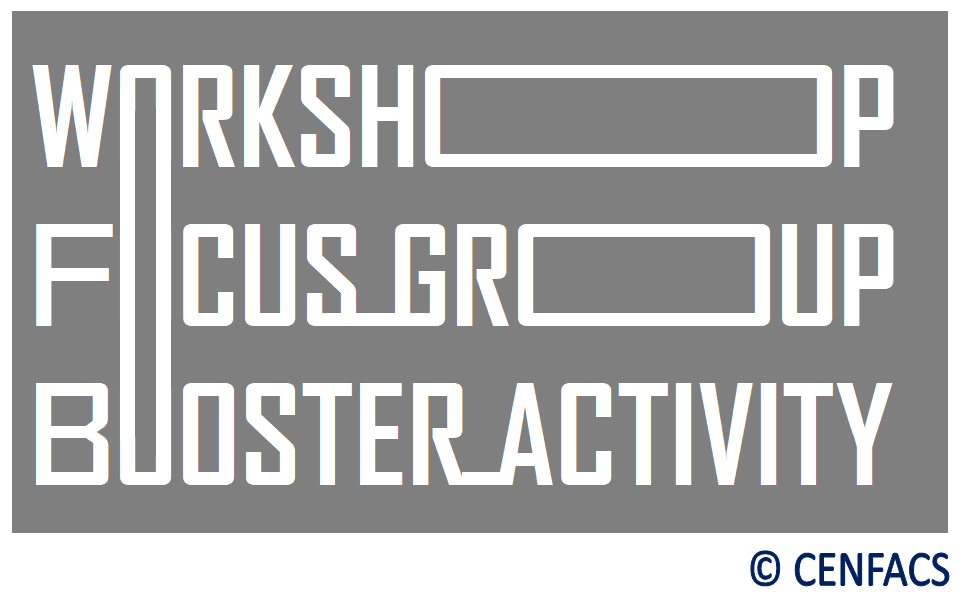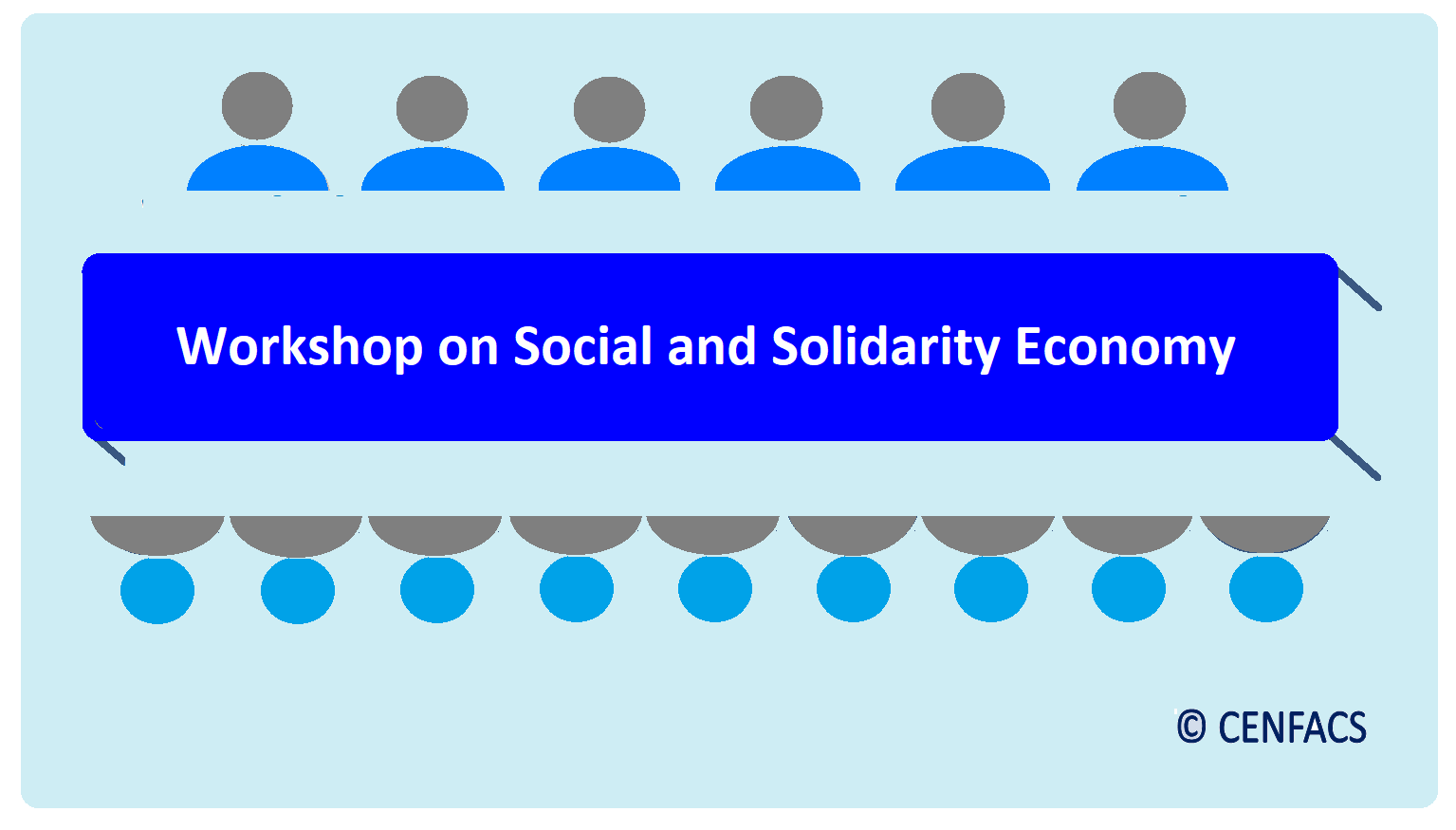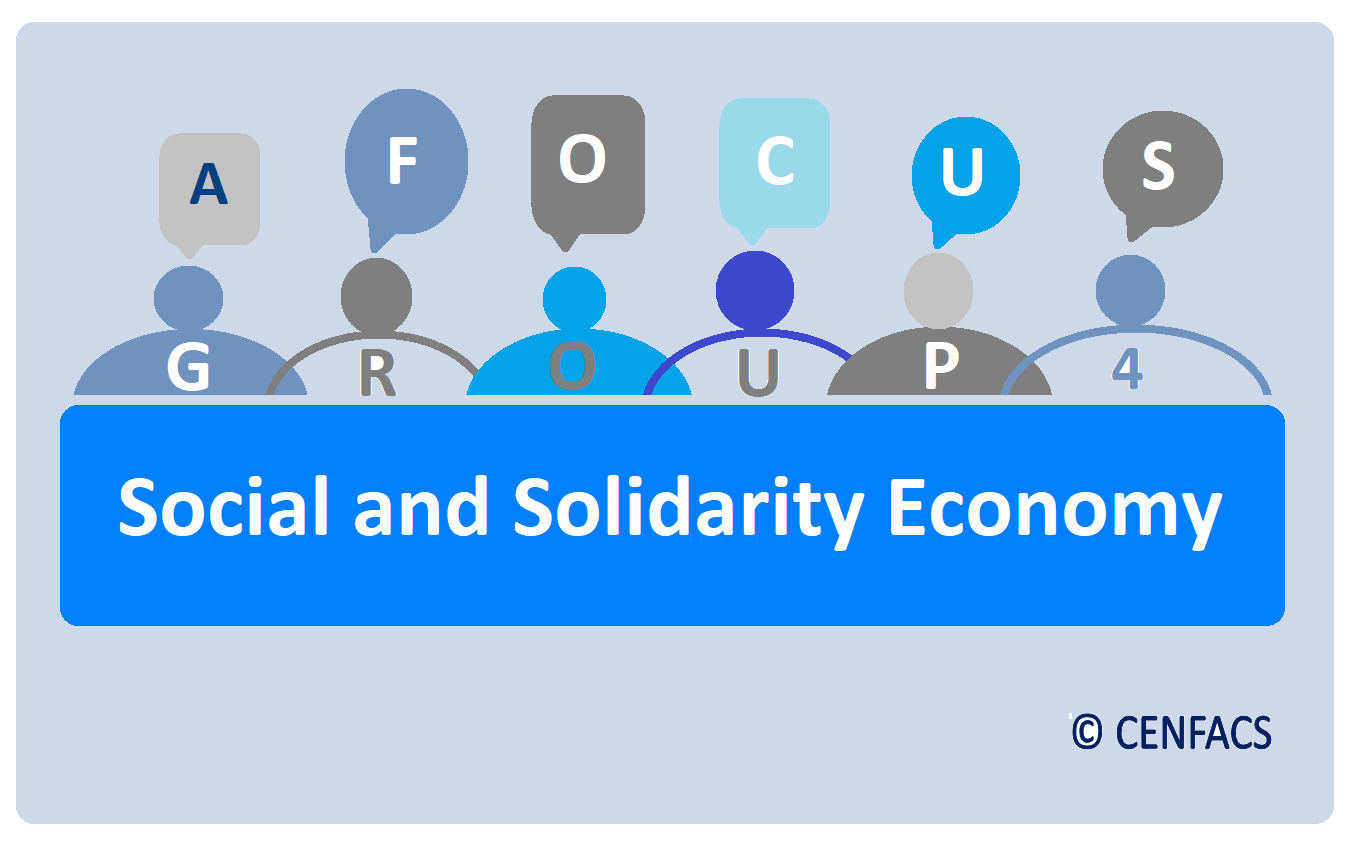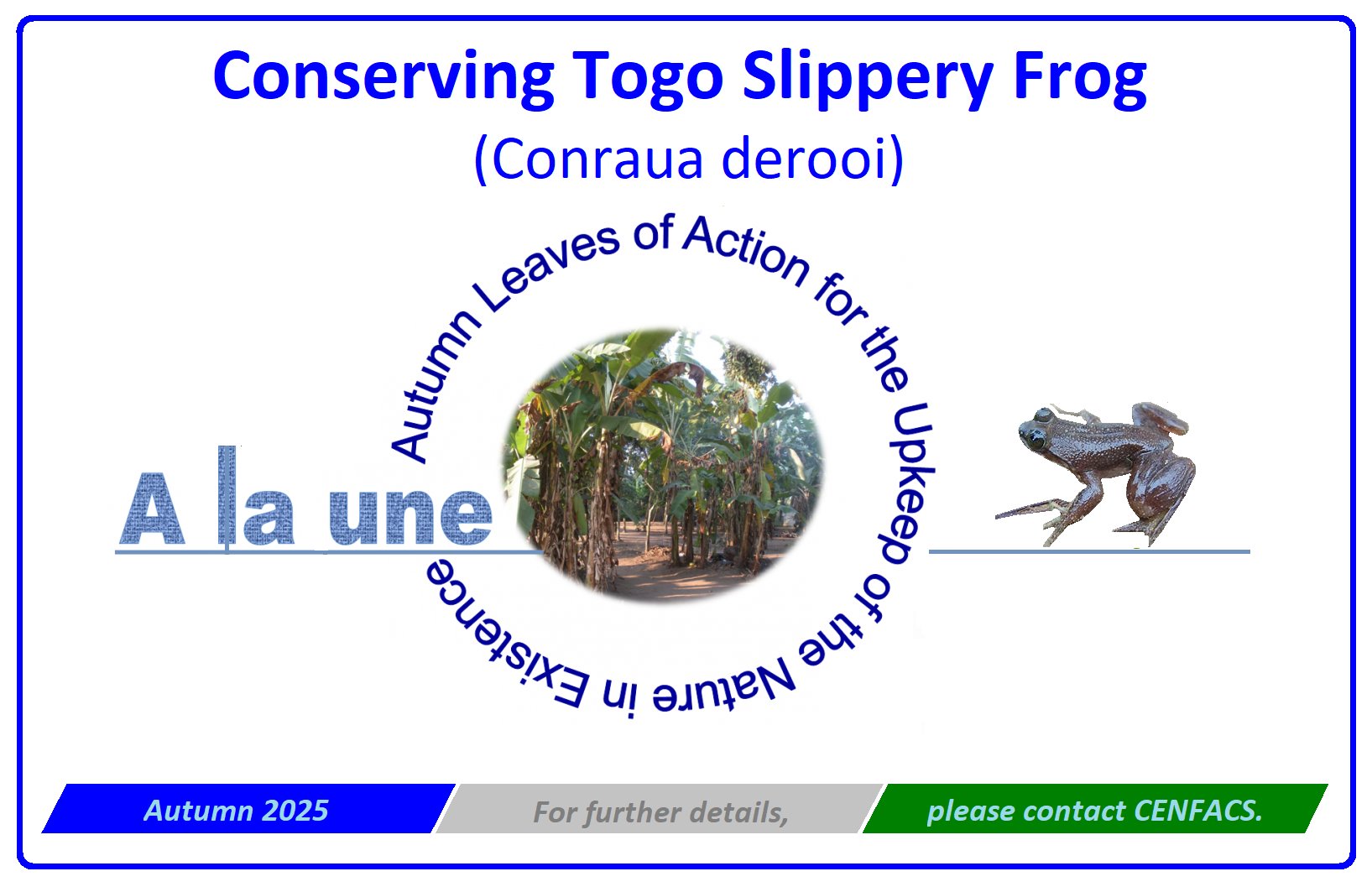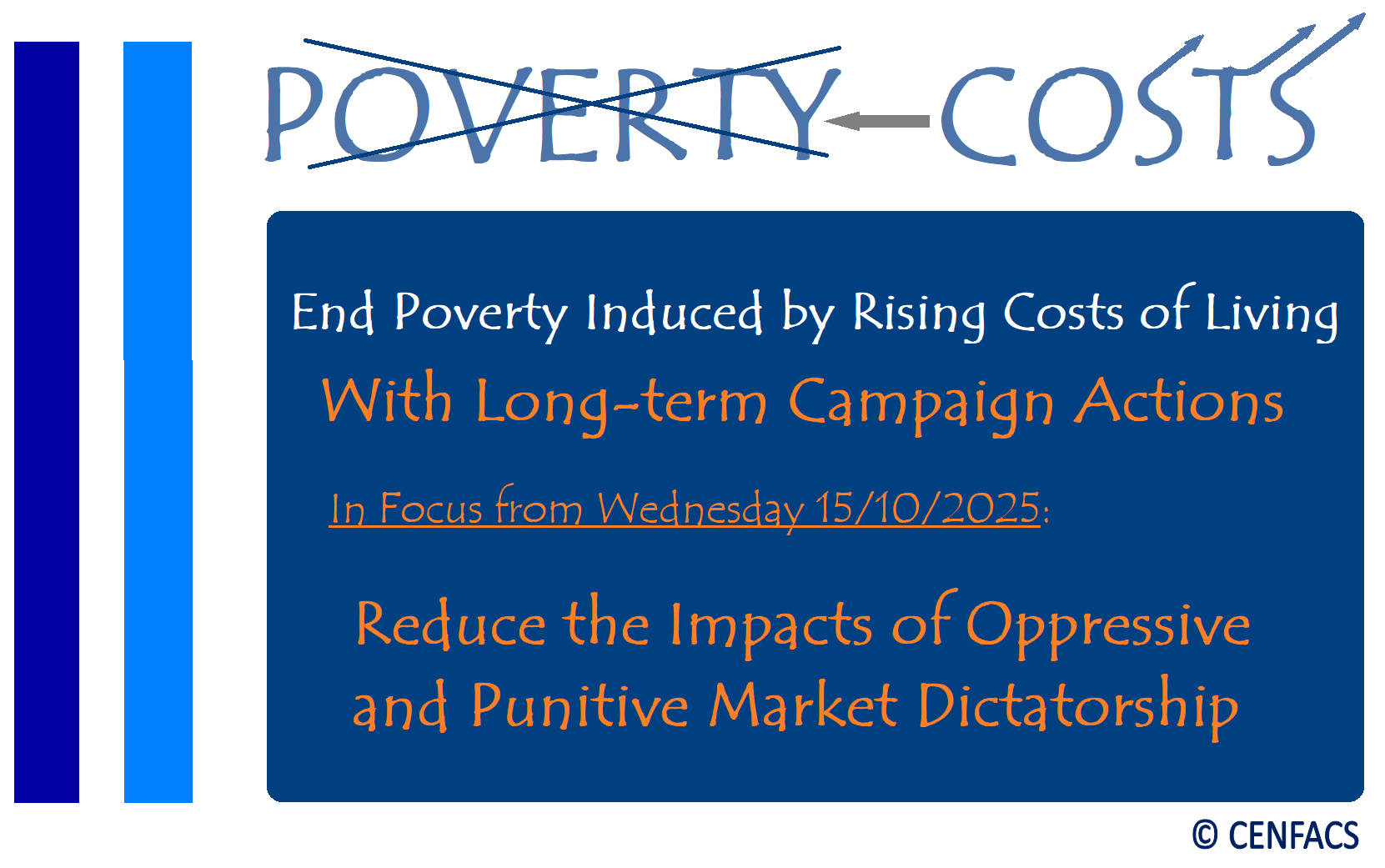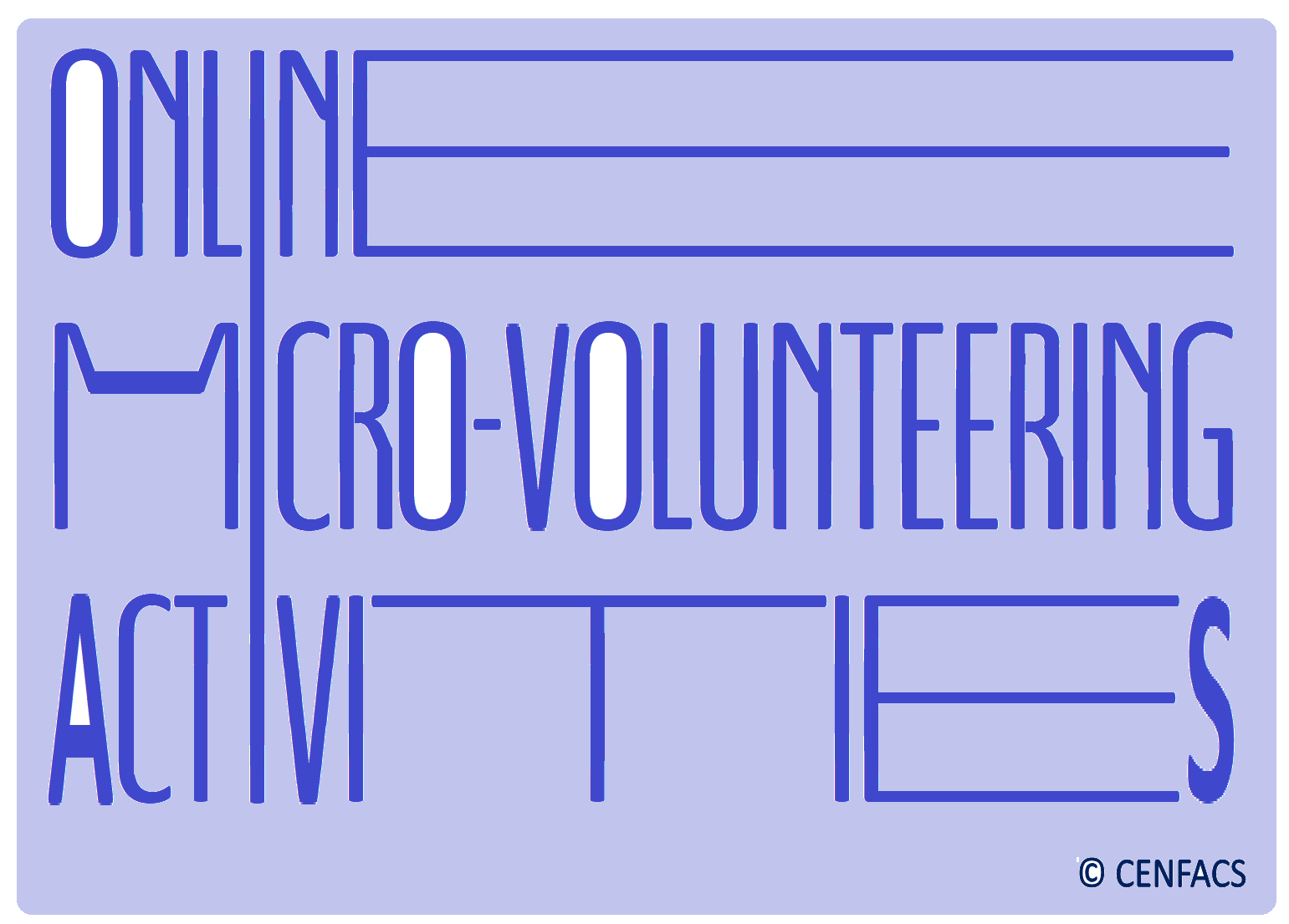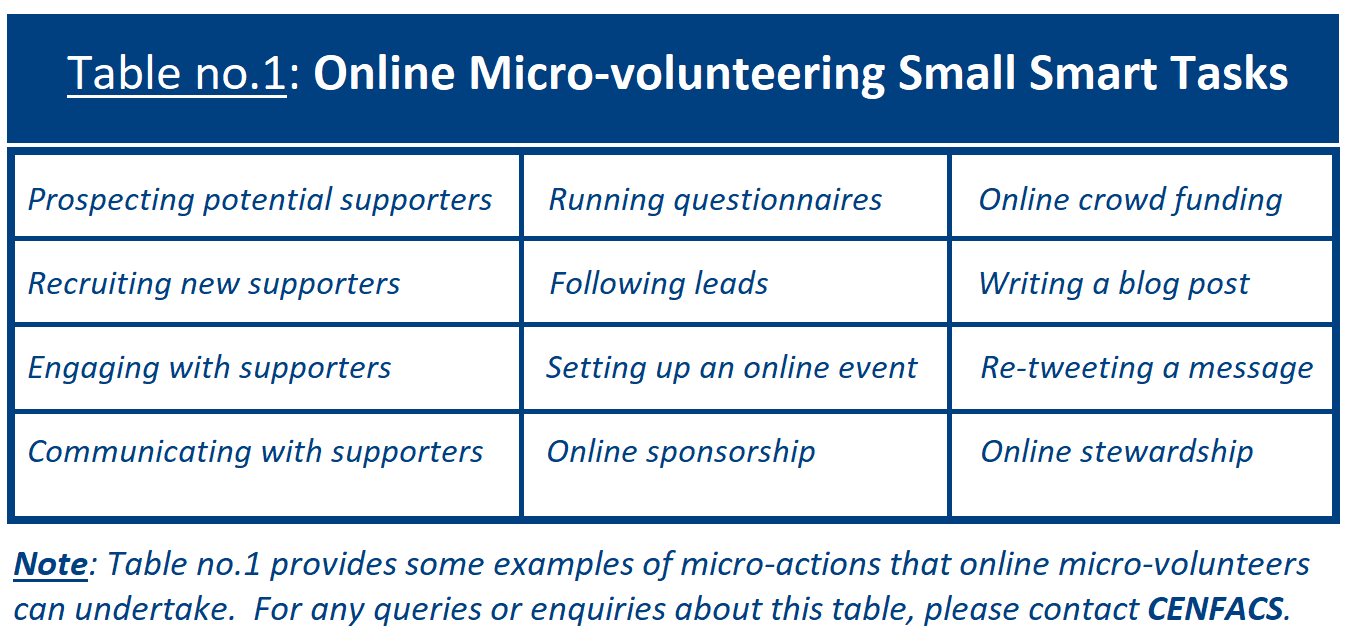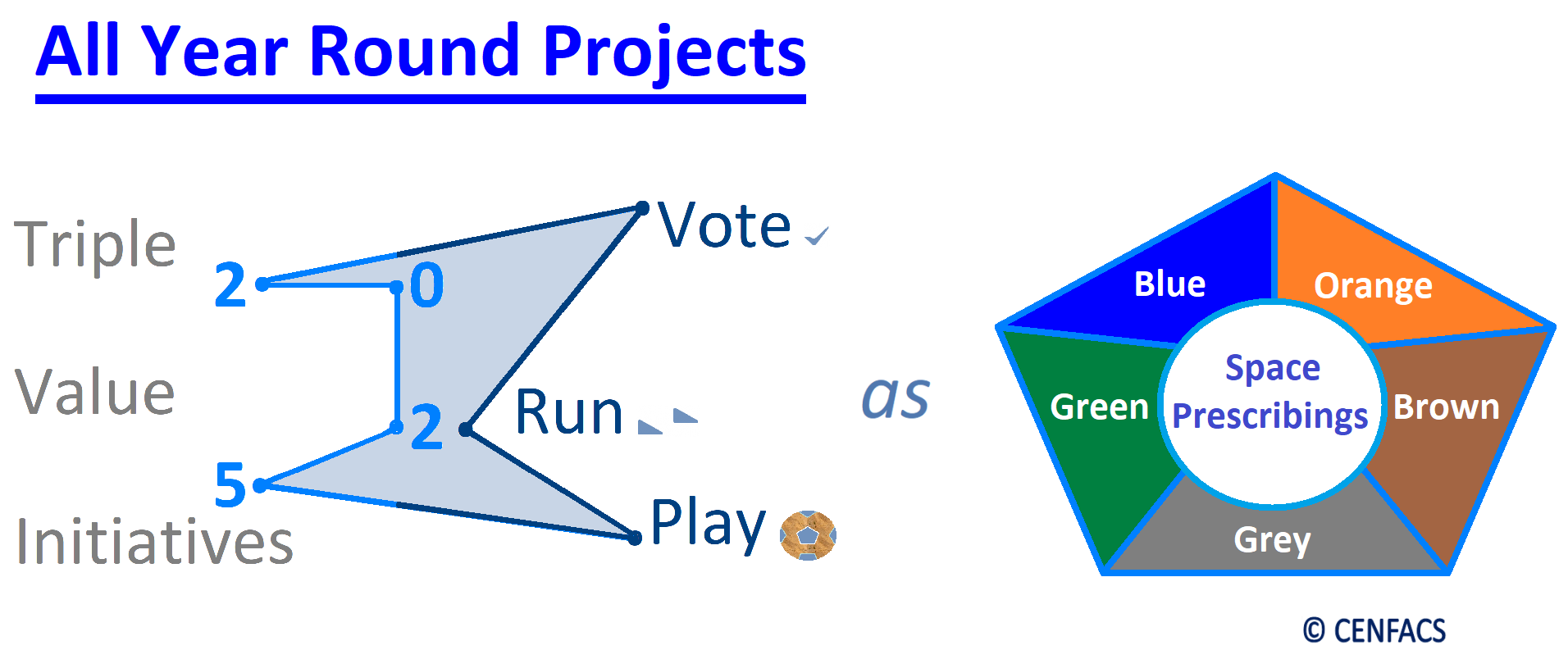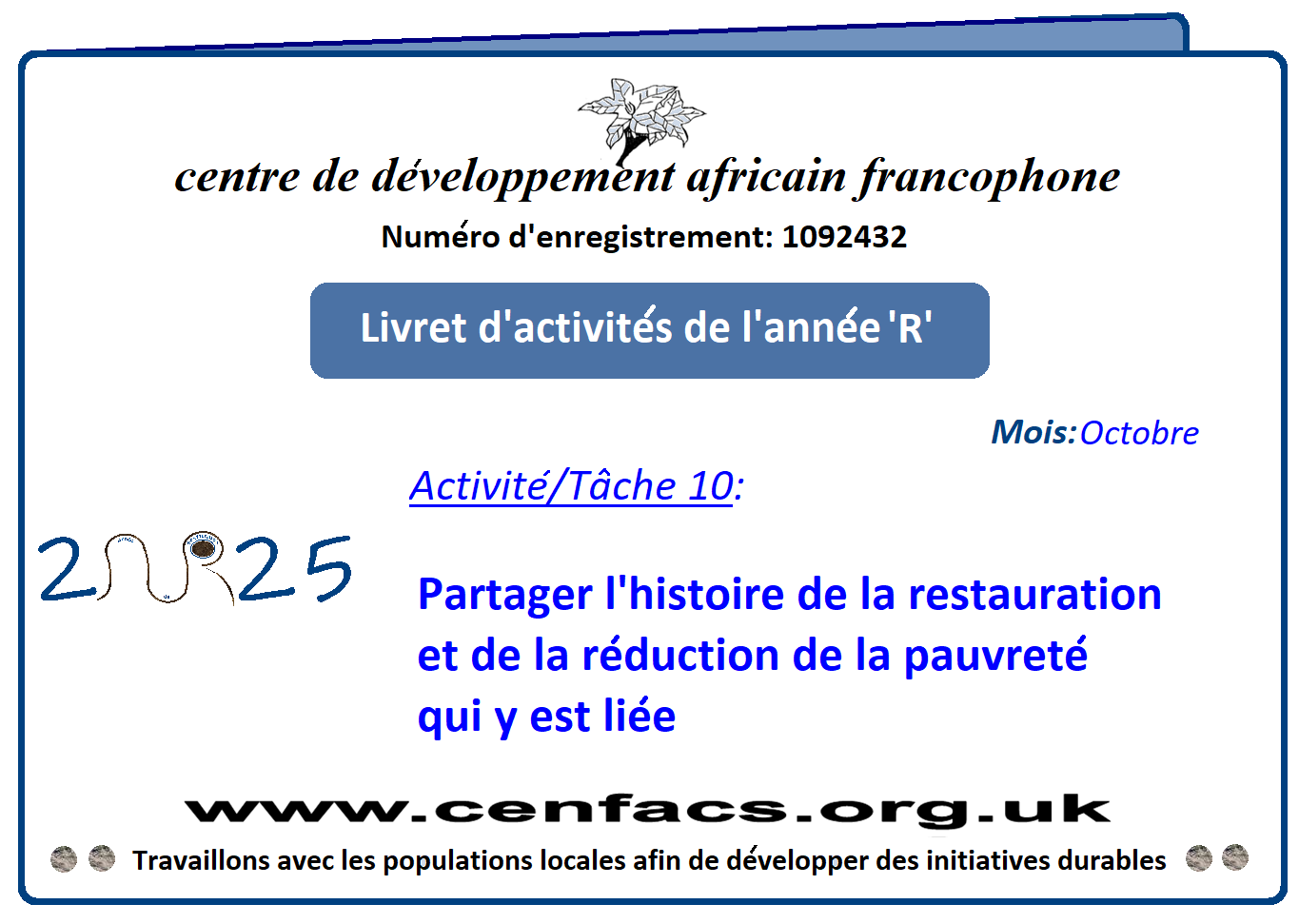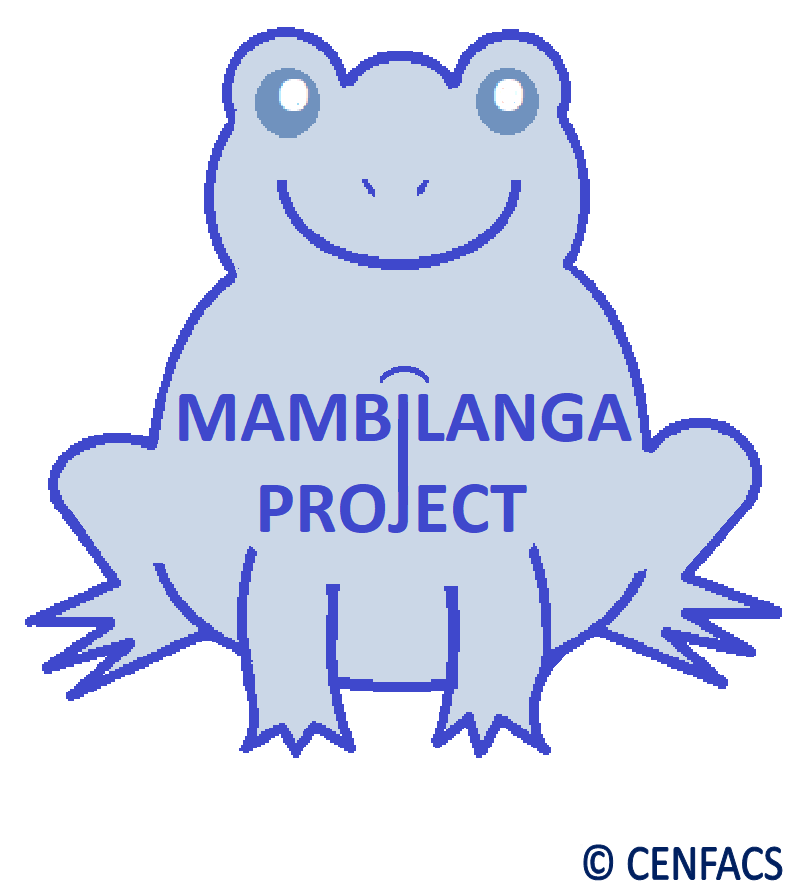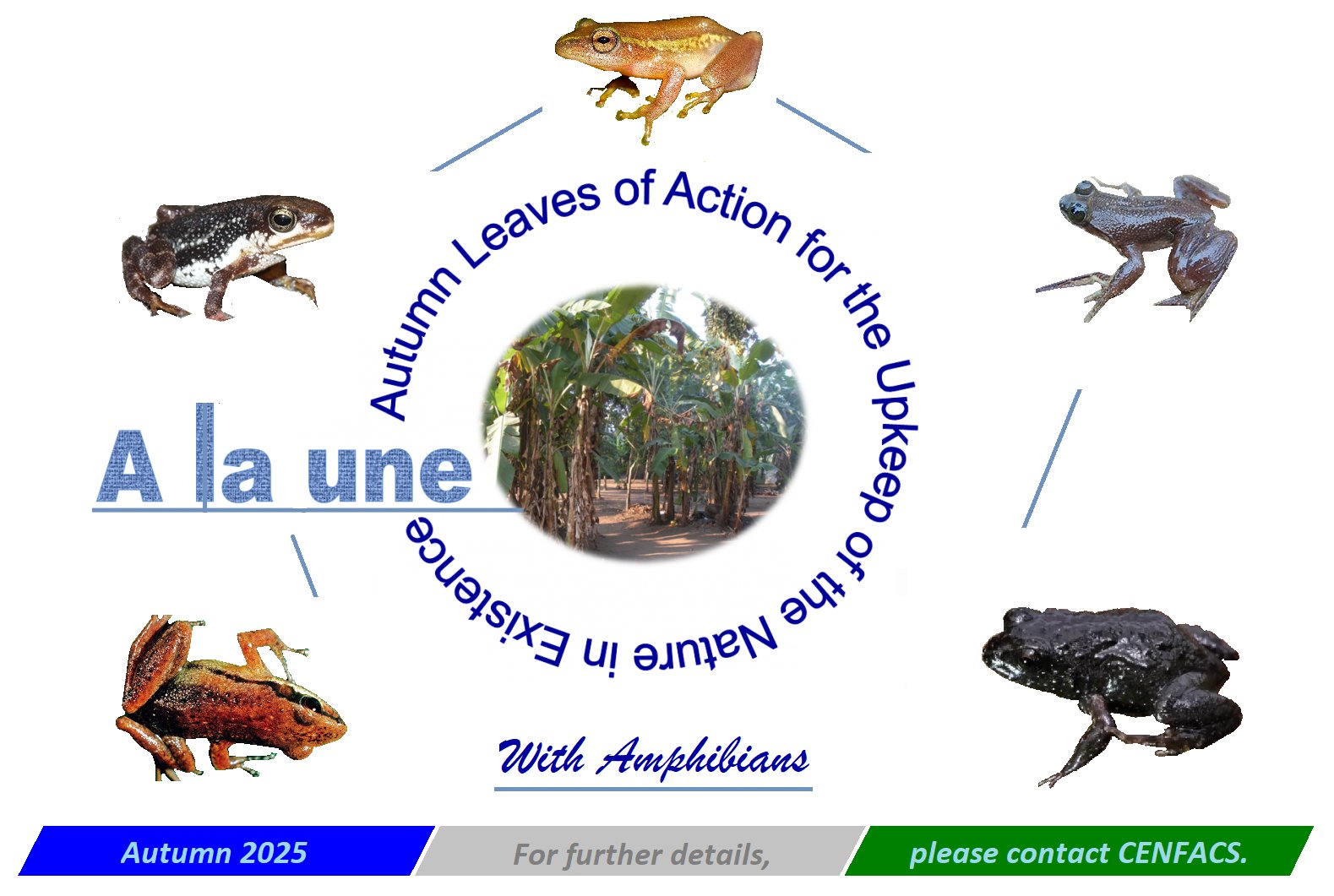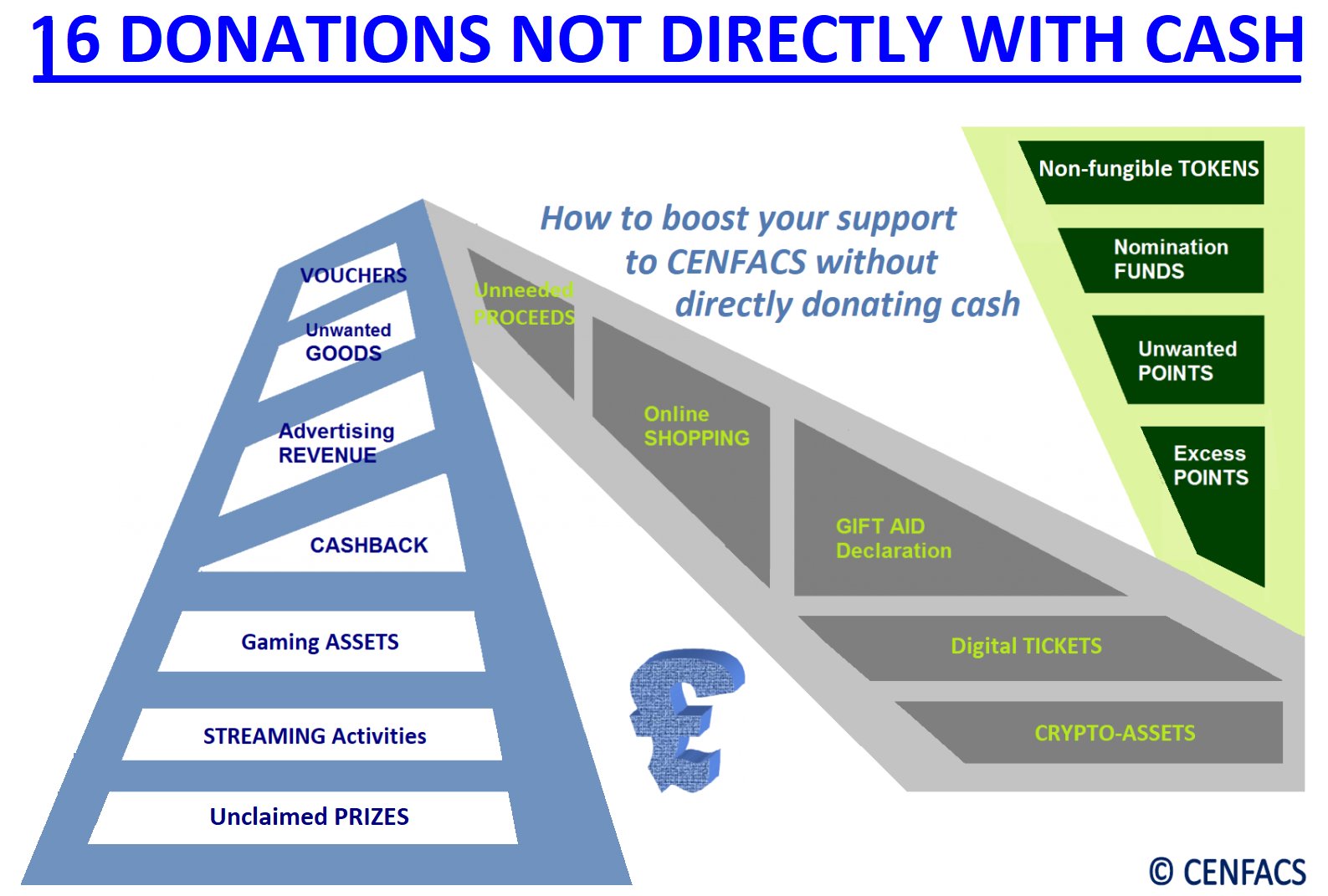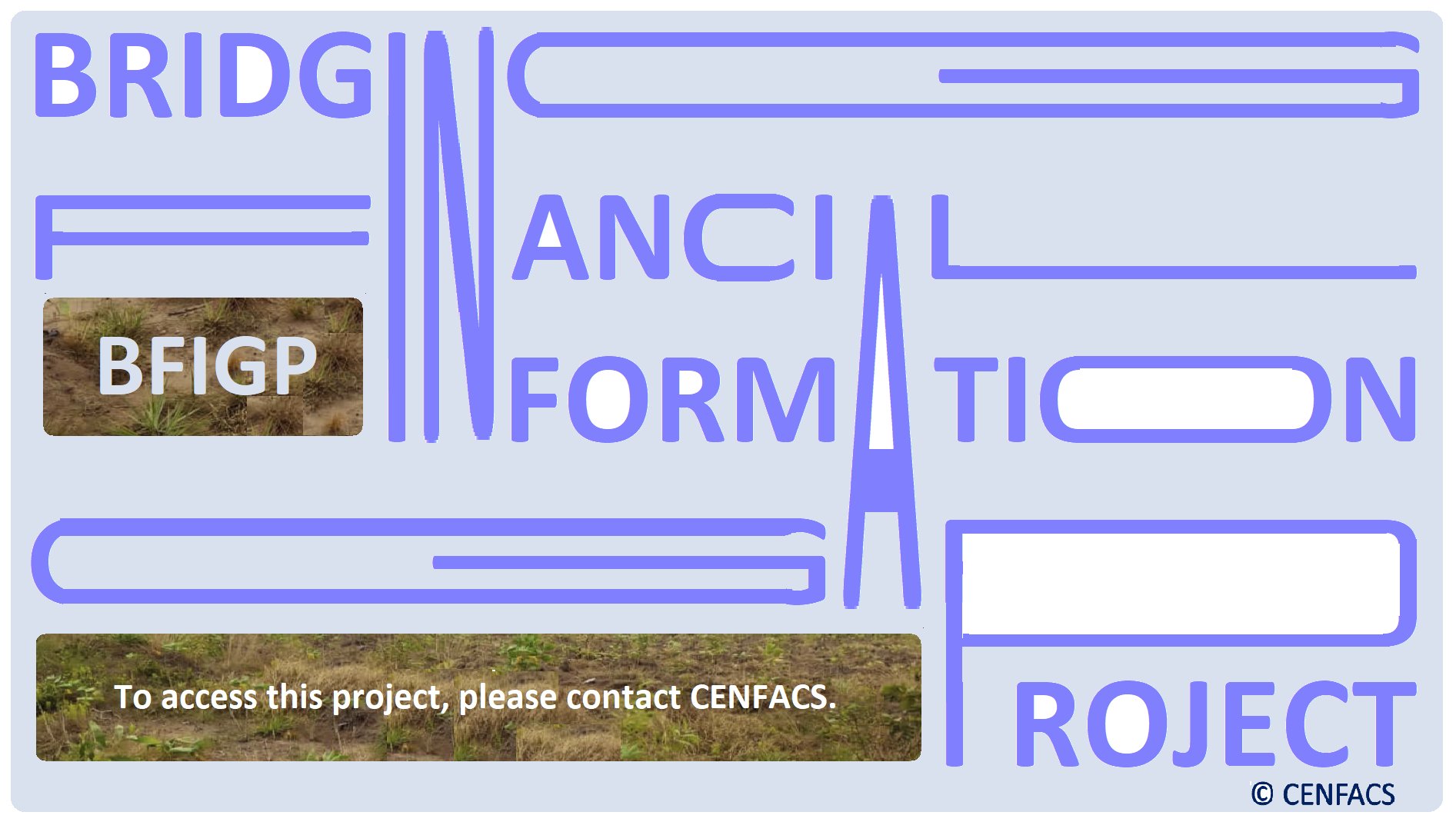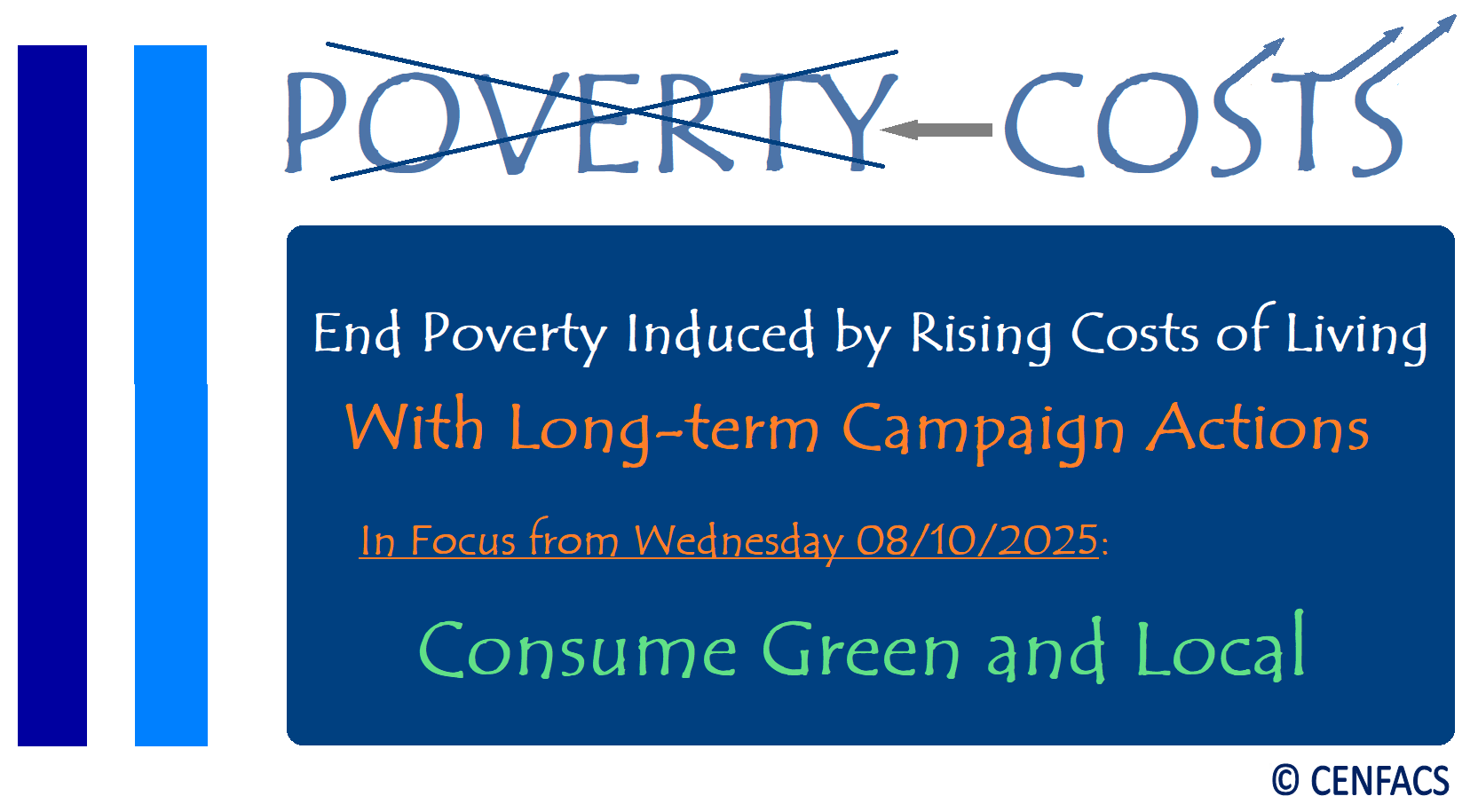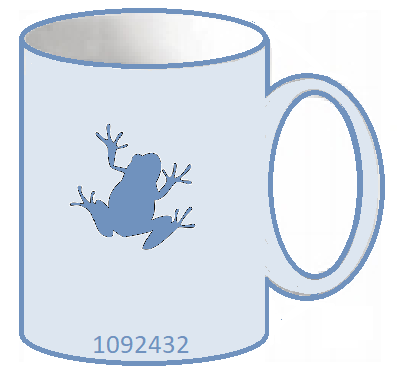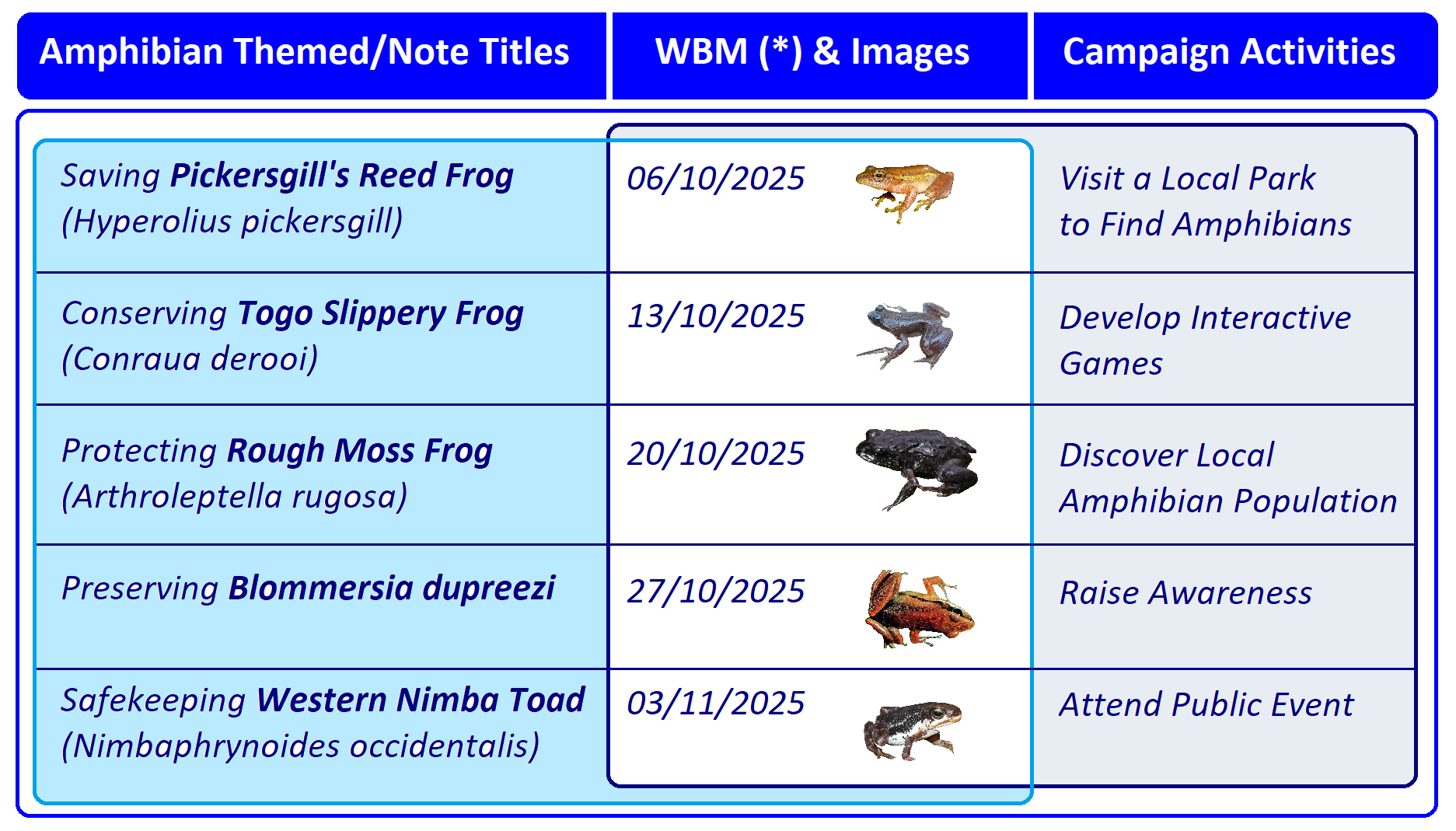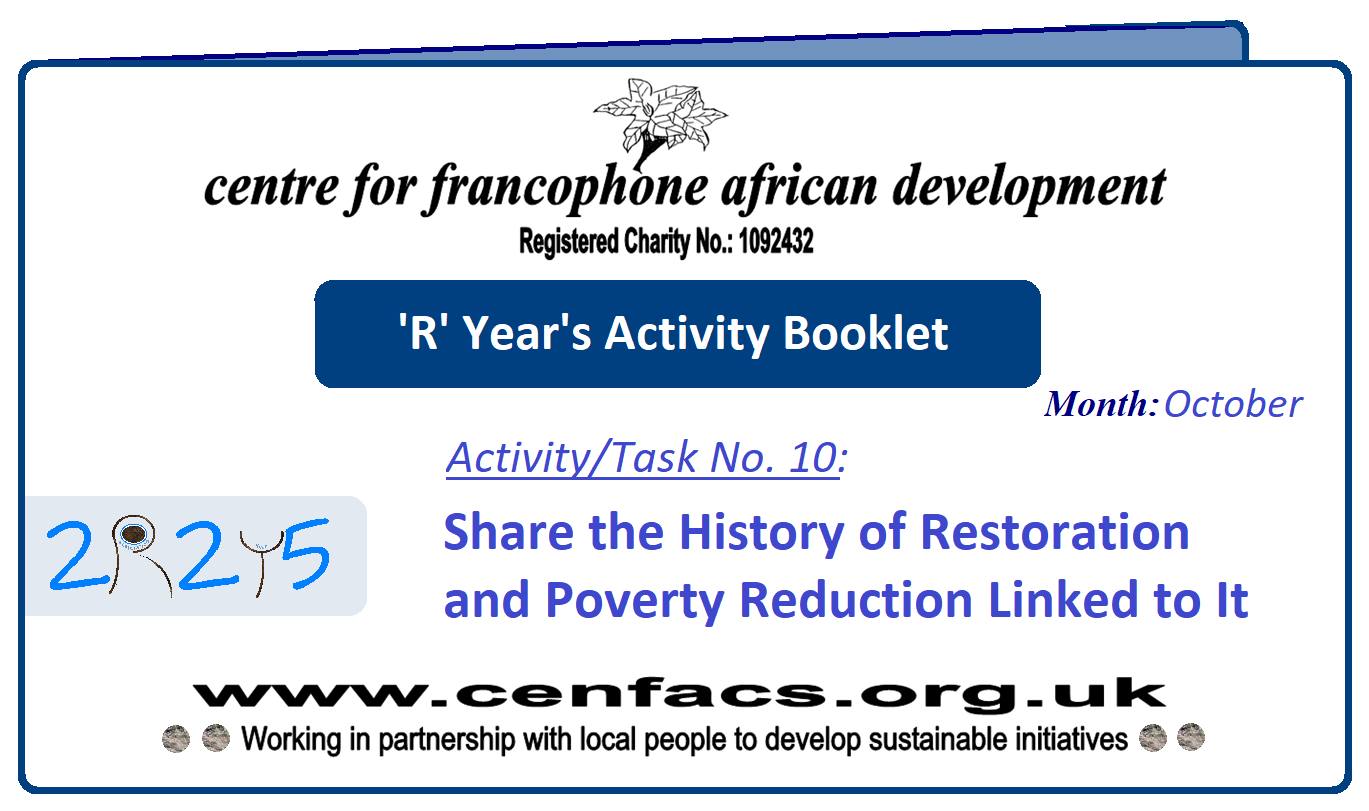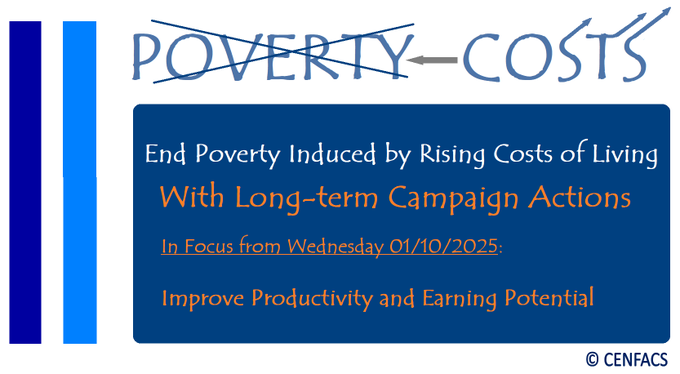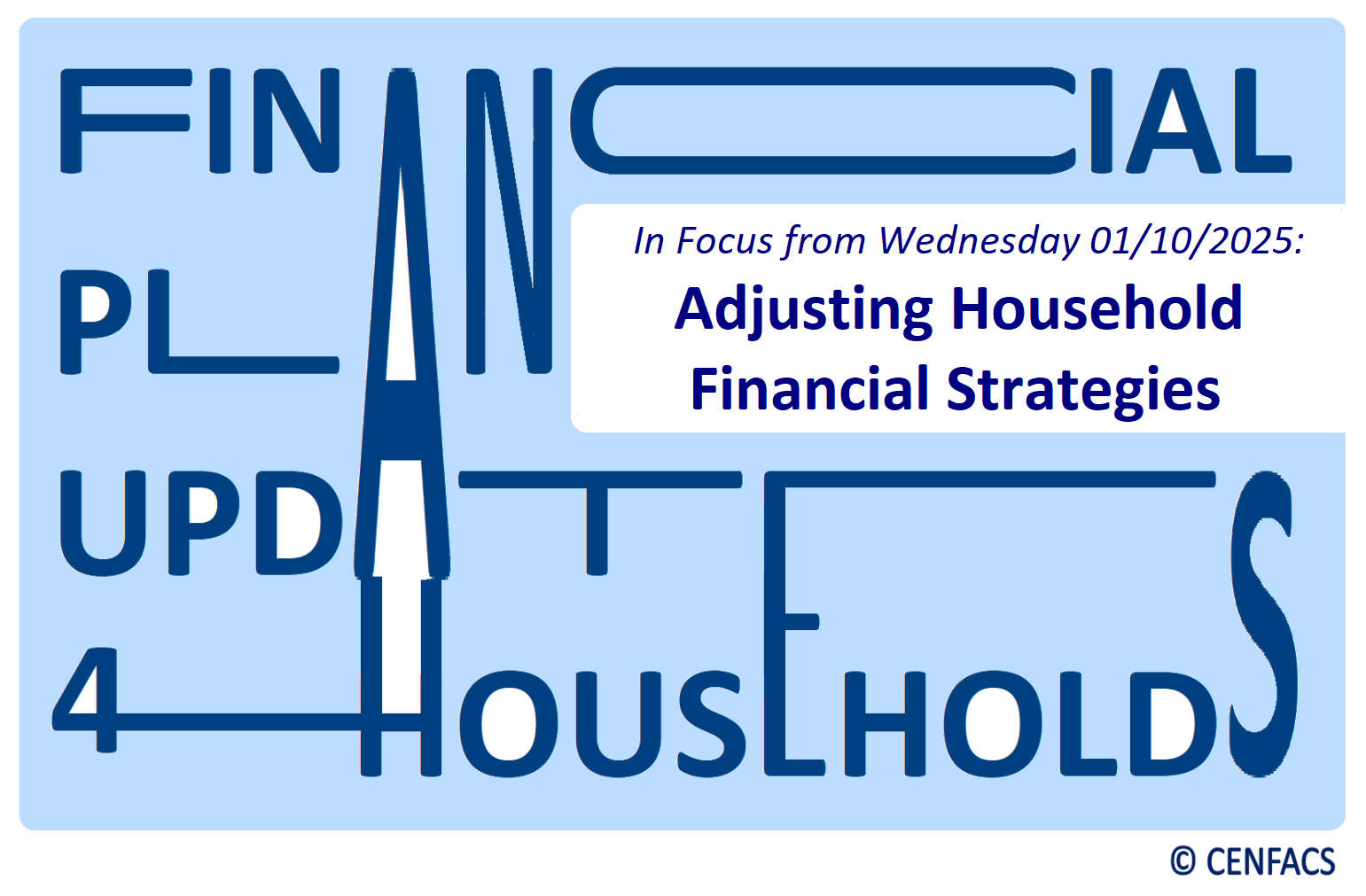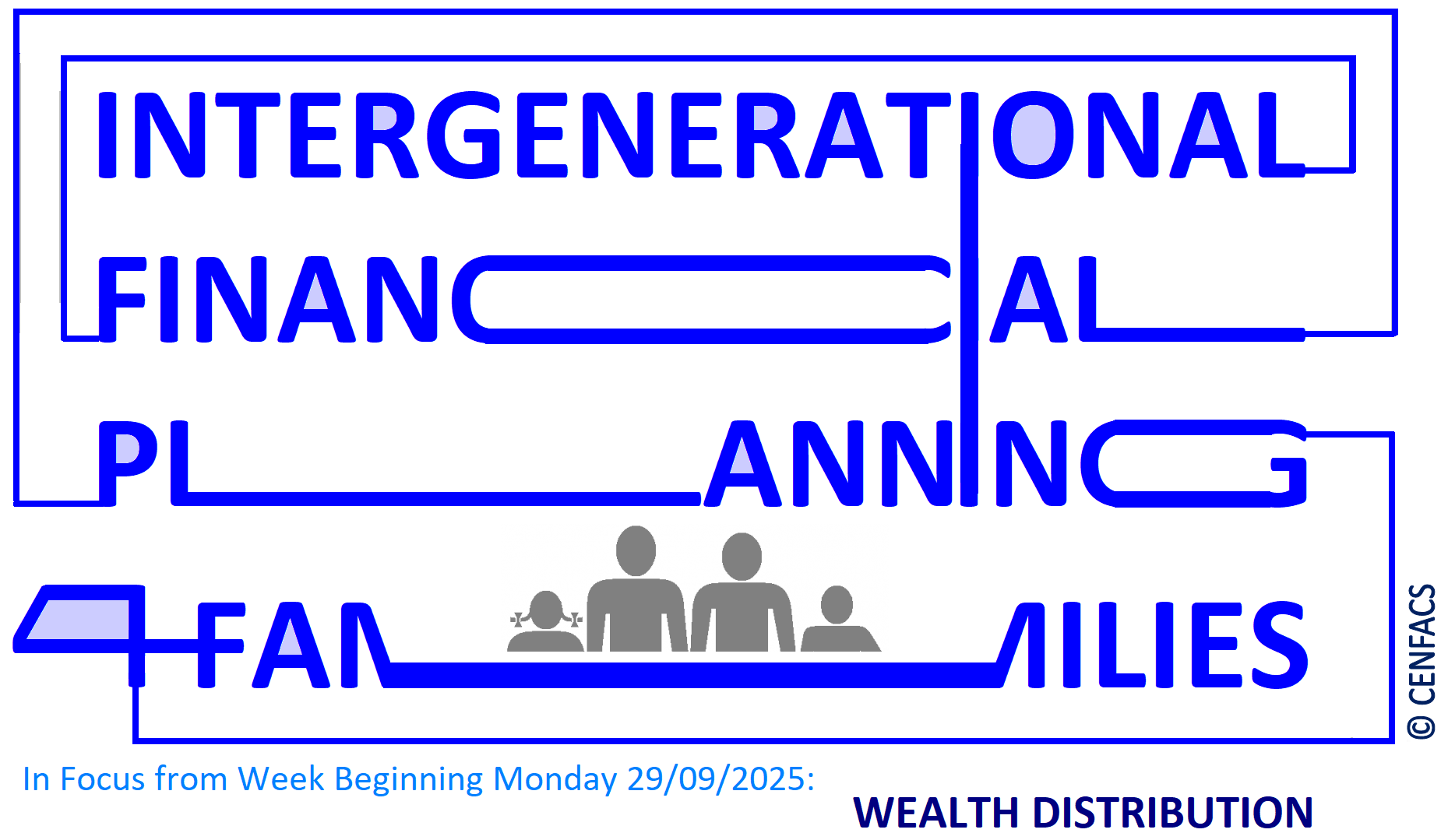Welcome to CENFACS’ Online Diary!
03 December 2025
Post No. 433
The Week’s Contents
• 2025 Festive Guide and Income Generation Month
• Festive Donations Without Shopping
• Activity/Task No. 12 of the Restoration (“R”) Year and Project: Support Income Poor through Income Restoration
… And much more!
Key Messages
• 2025 Festive Guide and Income Generation Month
We have seamlessly crafted exciting and engaging initiatives to form our 2025 Festive Guide and Income Generation Month as well as deliver unparalleled experiences for both our supporters and project beneficiaries.
• • Festive Guide
2025 Festive Guide as a resource will help supporters engage with CENFACS during the Festive season and maximise their impact on CENFACS‘ poverty reduction work and mission. The guide provides ideas and strategies for festive events and fundraising activities during the festive season. It is a valuable tool to engage together with our supporters and users, raise funds and spread joy while making a positive impact on the communities.
This 2025 Festive Guide contains three items, which are:
a) Festive Season’s Poverty Relief
b) Festive Services
c) Gifts of Peace.
Festive Season’s Poverty Relief is a collective effort between CENFACS and the communities to support those who are struggling with poverty during the holiday season. The season’s high costs for food, energy and gifts combined with changing climate put enormous financial pressure on these people. They need relief from poverty.
Festive Services involve a series of events and activities to be run by CENFACS and that will take place during the holiday season to support and celebrate our charitable mission.
Gifts of Peace are the transformative experiences that enable the beneficiaries of these gifts to navigate life’s challenges with calmness, unity and a state of goodness in life.
The above-mentioned three items will help all our supporters to get involved, whether by donating or volunteering or participating in any festive preparation activities, while celebrating the season.
• • Income Generation Month
December is Income Generation Month, according to CENFACS development calendar/planner. It is an Income Generation Month not only for most charities, but also for CENFACS and its users.
It is a month during which we focus on creating or increasing income for CENFACS programmes and projects through various strategies such as fundraising drive, grant applications, events, and other means to generate income.
It is also a time for CENFACS‘ members to concentrate on generating additional income, through their own projects, fundraising efforts and seasonal activities. During this month, we would be working with them and income poor to find way of generating some income to meet additional costs brought to their life by the high costs of living and spending pressure from festive demand.
This is why we published our Festive Income Boost on 19 November 2025 so that this festive income resource could be used as early as possible. It contains income generation tools and strategies that streamline the process of meeting these costs. This will quintessentially orchestrate poverty relief outcomes for project beneficiaries since we can work together so as to make the Season’s celebration come on its own to them and be affordable for all of them.
Under the Main Development section of this post, you will find more information about both the 2025 Festive Guide and our programme of work for the Income Generation Month.
• Festive Donations Without Shopping
Last week, we provided – under CENFACS’ Festive-Shopping-and-Donations Project or Festive-Donations-With-Shopping Project – a number of no-direct cash donations that those who would like to support CENFACS through their festive shopping can give.
This week, we are expanding on no-direct donations by focussing on those without shopping under CENFACS’ Festive-Donations-Without-Shopping Project. In other words, we are highlighting other ways of backing CENFACS without directly giving cash and without shopping at CENFACS e-shop and other stores or shops.
What are those ways that one can think of or come across with to support CENFACS without having to directly give cash and without doing any shopping at CENFACS e-shop and other stores or shops?
• • Festive No-direct Cash Donations Without Shopping
There are 12-themed ways/tools of donating without shopping during this Festive Season and month. They include:
1) Signing up for a Gift Aid Declaration from which CENFACS can earn an extra 25p for every £1 you give
Your Gift Aid Declaration can help amplify our poverty reduction impact.
2) Nomination of CENFACS for a donation at festive charity fundraising and donation events
These events could include Festive fairs and markets, runs and walks, concerts and performances, online fundraising campaigns, etc. Many of these events could be looking for a charity to sponsor.
3) Selection of CENFACS as your preferred charity for donation from advertising revenue
For instance, if you are a company with corporate social responsibility programmes, we can partner with you to sponsor our events, projects and campaigns. We can align our work with yours; just as if you run a matching gift programme, we can work with you.
4) Planned gifting or legacy giving if you decide to contribute a major gift to CENFACS beyond your lifetime
For example, you can help with outright gifts, deferred gifts, gifts that provide income; gifts that protect assets.
5) Livestreaming campaigns
If you are fundraising livestream donor, you can agree with CENFACS to choose a platform (e.g., Twitch), set up a stream for CENFACS, create a festive fundraising page, use a platform (like Tiltify), promote the event, engage viewers to donate and share the stream with their friends and collaborate.
6) Gaming assets
You can also support CENFACS via Gaming assets when you as a gaming fundraiser can take the initiative to raise money for CENFACS via video games or livestreamed video game events whereby viewers can tune into. You can use, for instance, video play at gaming-centric platforms by leveraging the gaming community, and raise funds.
7) AI (Artificial Intelligence) tools to generate income or automate income generation
In fact, one can help us boost our fundraising capability, more effectively engage donors, and streamline our processes and operations via AI tools like Appeal AI, Fundraising Intelligence, chatbots and virtual assistants (e.g., ChatGPT) and CRM Integration tools.
8) Virtual real estate donations
Another festive creative and innovative way of supporting CENFACS is with donation from the profits of virtual real estate (land and property) sold.
9) Digital tickets
For example, event tickets can be auctioned off or raffled to raise funds. Virtual event tickets (e.g., for webinars, online workshops) can be donated as well.
10) Digital art
You can donate digital art or create NFTs of the art to be sold with the proceeds benefiting to CENFACS.
11) Giving cryptocurrency donations (or non-cash asset giving)
If you are a crypto-minded supporter or enthusiast or donor, you can give crypto donations as assets by choosing a cryptocurrency (e.g., Bitcoin), checking with CENFACS if we can accept your cryptocurrency donations, using a digital wallet, transferring the donation to CENFACS and getting a receipt. You can aid CENFACS raise money for its noble causes as well as develop a crypto philanthropy programme.
12) Non-fungible tokens (NFTs)
You can create and auction NFTs with proceeds going to CENFACS, donate existing NFTs by selling or auctioned them with proceeds going to CENFACS, set up a digital wallet with NFTs to accept cryptocurrency donations for CENFACS.
So, one could donate digital assets like cryptocurrencies, NFTs, and digital gift cards.
The above 12 themes are ways to give to CENFACS without shopping and without donating cash money. There could be more ways of donating without shopping, since resource giving to charitable causes is a fast-growing industry. If you know any more of them, please use them to help CENFACS access funds for its noble and beautiful causes.
So, those who could not give no-direct cash donations through their shopping, they can still donate via the above-named no-direct cash donations without shopping. They could make no-direct cash donations without shopping a souvenir for CENFACS’ noble and beautiful causes.
By asking for no-direct cash donations with and without shopping, we do not mean that one cannot donate cash. They can and if they choose to directly donate cash, CENFACS will happily accept their direct cash donations.
To support CENFACS without directly giving cash (with or without shopping) and or by directly donating cash, please contact CENFACS.
Thank you for considering our ask for no-direct cash donations without festive shopping activities.
For any queries and/or enquiries about CENFACS’ Festive-Donations-Without-Shopping Project, please do not hesitate to contact CENFACS.
• Activity/Task No. 12 of the Restoration (“R”) Year and Project: Support Income Poor through Income Restoration
Our Restoration (‘R’) Year and Project has reached its final step or Activity/Task 12, which is ‘Support Income Poor through Income Restoration’. To undertake this task, let us explain income restoration.
• • What Is Income Restoration?
The definition of income restoration used here comes from ‘bhtpa.portal.gov.bd’ (1) which explains this:
“Income restoration means re-establishment of income levels prevalent at the time of displacement or the recovery of income levels that would have prevailed in the absence of the project”.
Although ‘bhtpa.portal.gov.bd’ speaks about income restoration in the context human displacement, this definition can be adapted to other situations and conditions of life. As part of its application, ‘lawinsider.com’ (2) refers to it by stating that
“Income restoration is the re-establishment of income levels prevalent at…”.
This definition of income restoration can be expanded to include income protection that ensures that one receives an income if they are off work due to the illness, injury or terminal illness. It can also encompass various restorations made like to cover for natural disaster or economic crisis.
So, as part of Activity/Task 12, one can support those who are income poor or become income poor for various reasons so that income can be restored or created for them. Income restoration will help them not only to consume the basic necessities of life, but also to enable them to meet the high costs of festive living.
• • Supporting This Activity/Task
Those who would like to proceed with this activity/task by themselves can go ahead.
Those who would to be part of a working group helping in the realisation of this activity/task can let CENFACS know.
The above is what Activity/Task 12 of the Restoration (R) Year/Project is about. Those who would like to undertake it, they can go ahead.
For those who need some help before embarking on this activity/task, they can speak to CENFACS. To speak to CENFACS, they are required to plan in advance or prepare themselves regarding the issues they would like to raise.
For any other queries and enquiries about the ‘R‘ project and this year’s dedication, please contact CENFACS as well.
Extra Messages
• Autumn Matching Organisation-Investor Programme via a Small Lottery Scheme
• E-discussion on Voluntary Fossil Fuel Roadmap (05/12/2025 to 05/01/2026)
• AI-enabled Festive Structured Finance Activities/Micro-projects under Financial Capacity and Capability Building Programme/Scheme
• Autumn Matching Organisation-Investor Programme via a Small Lottery Scheme
Last week, we introduced the Autumn Matching Organisation-Investor Programme via a Small Lottery Scheme. We briefly explained a Small Lottery Scheme (SLS), provided the Matching Project Statement, presented Africa Poverty Relief Charity’s Plan for a Small Lottery Scheme Development, defined a Not-for-profit Investor in Small Lottery Schemes or Activities, explained the Matching Organisation-Investor via a Small Lottery Scheme, stated the Aim of Matching Organisation-Investor via a Small Lottery Scheme, etc.
This week, we are starting the first activity of this matching process. To do that, we are going to present the plan for the 3-week Matching Activities starting from 01/12/2025.
• • Plan for 3-week Matching Activities Starting from 01/12/2025
As part of CENFACS‘ Matching Organisation-Investor via a Small Lottery Scheme, we are running a 3-week period of matching activities to support both African Poverty Relief Charity (APRC) and not-for-profit lottery investors. It is a 3-week work about Impact Advice Service for APRC and Guidance Service on Impact Investing for not-for-profit lottery investors.
The 3-week work revolves around the setting of a Small Lottery Scheme. The scheme is based on a condensed version for the project lifecycle of a small lottery scheme from an investee’s (APRC’s) perspective and a three-phase project lifecycle from the point of view of an investor.
The three stages of a condensed version for the project lifecycle of a small lottery scheme from an investee’s (APRC’s) perspective are:
Stage 1: Investment Preparation and Setup
Stage 2: Operation and Monitoring
Stage 3: Evaluation and Exit.
The three phases of a shortened adaptation to the project lifecycle of a small lottery scheme from a not-for-profit impact investor’s standpoint are:
Phase 1: Pre-investment (Feasibility and Planning)
Phase 2: Implementation and Operation
Phase 3: Closure and Benefits Realisation.
As mentioned these 3 stages and 3 phases are condensed version of project lifecycle from the perspective of each party (investee and investor). It is possible to have more than 3 of them. Because we set up some boundaries by limiting ourselves to deliver this matching project in three weeks (before Christmas 2025), we chose a three-stage and three-phase model for the lifecycle of a small lottery scheme.
The following is our action plan.
Note to table no. 1:
(*) Match periods are portions of time intended to help discover whether or not investors’ interests match organisations’ needs
If you want advice, help and support to find not-for-profit impact investors; CENFACS can work with you under this 3-week Matching Organisation-Investor via a Small Lottery Scheme, starting from the 1st of December 2025.
If you need guidance to outsource lottery charitable organisations and causes in Africa; CENFACS can work with you under this 3-week Matching Organisation-Investor via a Small Lottery Scheme, starting from the 1st of December 2025.
These matching activities are a great opportunity for a lottery charitable organisation to realise their New Year’s dream of getting an investment they may badly need. They are also a not-to-miss aspiration for a not-for-profit lottery investor to find New Year’s peace of mind through a suitable organisation in which to impact invest in Africa.
Need to engage with Matching Organisation-Investor via a Small Lottery Scheme (MOIvSLS), please contact CENFACS.
• • 01 to 06/12/2025: Activity 1 of MOIvSLS –
Matching Organisation-Impact Investor via Investee’s Investment Preparation and Setup versus Investor’s Pre-investment (Feasibility and Planning)
There are many scenarios in which an investor can invest in an organisation. In our scenario or model of matching organisation-investor programme, we are trying to bring a potential impact investor in an Africa-based Sister Lottery Charitable Organisation and/or Cause (ASCOC) through two things: ASCOC’s Investment Preparation and Setup from its project lifecycle and not-for-profit impact investor’s Pre-investment (Feasibility and Planning) from its approach to project lifecycle. We are trying to match what ASCOC is offering as part of its project lifecycle for a small lottery scheme with a investor’s approach to the same project lifecycle.
In order to carry out the matching process, it is better to clarify each perspective and actions.
• • • ASCOC’s or APRC’s Perspective and Key Actions Regarding Investment Preparation and Setup Stage
At this first phase, APRC will identify the small lottery scheme (SLS) as a potential investment opportunity and will indicate how it will launch it.
Its key actions will include initial evaluation, negotiation and structuring the investment, oversight of licensing and compliance, and final investment approval.
Let us look at these key actions.
The initial evaluation will be about conducting a feasibility study and a cost-benefit analysis. This involves assessing the market demand for the lottery, analysing the potential return on investment, and estimating start-up and running costs.
The sub-stage of negotiation and structuring the investment refers to the negotiation by APRC on the terms of investment. This could involve the policy to reinvest the share of the lottery proceeds in APRC’s charitable mission.
The oversight of licensing and compliance is for APRC to demonstrate that the scheme will have all the necessary legal and regulatory requirements such as registering with the local authority in African countries where it will be implemented, as well as drawing up a formal lottery.
The final investment approval will be about ensuring that before any funds can be released all due diligence is complete and legal documentation is in place.
APRC needs to show that it has properly prepared its bid to set up a SLS. This preparation will form the basis of its negotiations with the not-for-profit impact investor who will argue the points he/she would like to see in pre-investment (or feasibility and planning) phase of the SLS.
• • • Not-for-profit Impact Investor’s Consideration Concerning Pre-investment (or Feasibility and Planning) Phase
In this initial stage, the Not-for-profit (n-f-p) Impact Investor will focus on the potential for a profitable return and minimising investment risk. He/she wants to be assured that APRC will realise a return on this investment and this return will be reinvested in APRC’s charitable mission. In other words, APRC’s trustees or governing body need to convince the n-f-p impact investor that they carefully thought about the SLS and they will not be wasting APRC’s money and assets by investing in SLS.
From his/her perspective, the n-f-p impact investor will consider the following points: the feasibility analysis conducted by APRC about SLS, the legal and regulatory review made by APRC, the risk assessment, and financial modelling and structure conducted by APRC.
Let us summarise each of these sub-phases making the first phase from the impact investor’s standpoint.
Concerning the feasibility analysis, the n-f-p impact investor will review the SLS business plan presented by APRC, the market research and financial projections made by APRC about the SLS. In the parlance of a small lottery, the n-f-p impact investor will check APRC’s approach and understanding of the African small lottery market size, competition, target audience, and legal restrictions on gambling.
Regarding the legal and regulatory review, the n-f-p impact investor would like to hear from APRC’s evaluation in terms of the potential for a return on investment by determining whether the scheme complies with local, regional, national, and African gambling regulations. It is worth mentioning that there is no unified gambling regulations in African countries. This provides APRC some flexibility.
As to risk assessment, the n-f-p impact investor wants to see some evidence that APRC has identified and evaluated potential risks linked to the SLS. This could include regulatory changes, reputational damage, poor sales of lottery tickets, and the potential for fraud. He/she also requires some guarantee that APRC’s SLS will have clear rules and secure systems to maintain public trust where the scheme will be implemented.
With respect to the financial modelling and structure, the n-f-p impact investor will analyse the initial investment the SLS requires as start-up costs. These costs can include licensing, marketing, and tickets printing. The n-f-p impact investor will look at potential revenue from lottery ticket sales versus the percentage allocated to prizes and expenses to project profitability.
In short, the n-f-p impact investor will check the above-mentioned elements forming the pre-investment phase to ensure that APRC’s trustees carefully thought about the SLS in such a way that the interests and mission of their charity are preserved. In other words, the n-f-p impact and APRC need to reach an agreement on this first activity of the matching talks.
• • • Reaching an Agreement on the the Key Areas of the Investment Preparation and Setup Stage and Pre-investment Phase
The two sides (ASCOC and the n-f-p impact investor) need to reach an agreement on the contents of ASCOC’s Investment Preparation and Setup Stage and n-f-p impact investor’s Pre-investment (or Feasibility and Planning) Phase. If there is a disagreement between ASCOC and n-f-p impact investor, this could open up the possibility for a match/fit test. The match/fit test can be carried out to try to help the two sides of the matching process. The match/fit test can also be undertaken if there is a disagreement on any of aspects of the SLS.
• • The Match or Fit Test Service
As part of the match or fit test, the contents of ASCO’s Investment Preparation and Setup Stage must be matched with n-f-p impact investor’s view on Pre-investment (or Feasibility and Planning) Phase.
The match test (or matched sampling) will help to increase the accuracy and statistical efficiency of the study of the SLS by carefully selecting subjects for comparison. The purpose here will be to increase the statistical efficiency of the study on SLS by controlling for confounding variables when forming a sample.
The fit test will assist in determining how well the observed sample data matches a specified theoretical distribution. The fit test will check if the data collected fits a model or an assumed population distribution. So, the purpose of the fit test is to validate or invalidate the statistical model by checking if the sample data follows an expected distribution.
The match can be perfect or close (that is, when every unit is paired with an equivalent unit) in order to reach an agreement. If there is a huge or glaring difference between the two (i.e., between what the impact investor’s approach to pre-investment (or feasibility and planning) stage and what ASCOC is saying about its Investment Preparation and Setup Stage, between what the investor would like the Investment Preparation and Setup Stage to indicate and what ASCOC’s Investment Preparation and Setup Stage is really saying), the probability or chance of having an agreement at this first round of negotiations could be null or uncertain.
• • Impact Advice to ASCOC and Guidance to n-f-p Impact Investor
Where there could be a disagreement, CENFACS can impact advise ASCOC to improve the contents of its Investment Preparation and Setup Stage. CENFACS can as well guide n-f-p impact investors with impact to work out their expectations in terms of pre-investment (or feasibility and planning) phase to a format that can be agreeable by potential ASCOCs.
CENFACS’ impact advice for ASCOCs and guidance on impact investing for n-f-p impact investor, which are impartial, will help each of them (i.e., investee and investor) to make informed decisions and to reduce or avoid the likelihood of any significant losses or misunderstandings or mismatches.
• • The Rule of the Matching Game
The rule of the game is the more impact investors are attracted by ASCOCs’ Investment Preparation and Setup Stage the better for ASCOCs. It means that ASCOCs’ process must pass the attractiveness test (that is, the evaluation of market’s appeal). Likewise, the more ASCOCs can successfully respond to impact investors’ level of enquiries and queries about the SLS the better for investors. In this respect, the matching game needs to be a win-win one to benefit both players (i.e., investee and investor).
The above is the first Activity of the Matching Organisation-Investor via SLS.
Those potential organisations seeking investment to set up a SLS and n-f-p lottery investors looking for organisations that are interested in their giving, they can contact CENFACS to arrange the match or fit test for them. They can have their fit test carried out by CENFACS’ Hub for Testing Hypotheses.
• • CENFACS’ Hub for Testing Hypotheses
The Hub can help to use analysis tools to test assumptions and determine how likely something is within a given standard of accuracy. The Hub can assist to
√ clean, merge and prepare micro-data sources for testing, modelling and analysis
√ conduct data management and administration
√ carry out regression analysis, estimate and test hypotheses
√ interpret and analyse patterns or trends or insights in data or results.
For any queries and/or enquiries about this first stage/phase/activity of Matching Organisation-Investor via SLS, please do not hesitate to contact CENFACS.
• E-discussion on Voluntary Fossil Fuel Roadmap (05/12/2025 to 05/01/2026)
At COP30 (3) in Belem (Brazil), some outcomes were agreed, like the finance mobilisation roadmap. But, there was a lack of progress on other issues, even the main ones. Amongst these unsolved issues is the phasing out of fossil fuels. In particular, there was the absence of roadmap for phasing out fossil fuels. There were instead discussions on a voluntary energy transition, particularly on voluntary fossil fuel roadmap. The latter needs to be explained.
• • What Is Voluntary Fossil Fuel Roadmap?
It emerges from the literature review on fossil fuels that a voluntary fossil fuel roadmap is proposed plan aimed at transitioning away from fossil fuels – such as oil, gas, and coal – to promote cleaner energy sources and reduce greenhouse gas emissions.
This roadmap is part of broader effort to address climate change and transition to a more sustainable energy system. It is supported by various countries and organisations including Colombia, Marshall Islands, Germany, UK, etc.
The roadmap aims to provide a clear plan for countries to decarbonise their economies more quickly and to ensure a just transition that benefits all communities, particularly those that are mostly vulnerable to the impacts of climate change.
It is this voluntary fossil fuel roadmap that we will be discussing from 05 December 2025 as part of our Winter e-discussion.
• • E-discussing Voluntary Fossil Fuel Roadmap from 05/12/2025 to 05/01/2026
At COP30, some countries and stakeholders agreed on a plan to transition away from fossil fuels. To echo their discussions, CENFACS will e-discuss the following matters:
√ How the creation of roadmap would support planning and investment for our Africa-based Sister Organisations working on energy transition;
√ The building and developing a momentum towards clear energy
√ The kind of energy transition needed in Africa to improve health outcomes and economic resilience
√ Practical steps to disinvest from fossil fuels
√ Strategies for reinvesting into cleaner energy sources
√ How our Africa-based Sister Organisations can set up their own energy transition roadmap
√ How these organisations can finance their voluntary energy transition programmes and projects
Etc.
The e-discussion is also about volunteering in work of creating voluntary fossil fuel roadmap to find new models of development that build on this roadmap. It is an e-debate on voluntary transition to renewables to help combat long-term energy poverty (that is, the lack of access to affordable, reliable, and modern energy services).
As we are nearing 2026, an e-discussion on Voluntary Fossil Fuel Roadmap will provide us with some ideas about the different paths that our Africa-based Sister Organisations and communities may take in order to manage energy transitions in their own path and means. It will as well contribute to reduce energy poverty for the disproportionately burdened energy poor households by high energy costs and environmental issues linked to the use of fossil fuels.
To e-discuss about Voluntary Fossil Fuel Roadmap, please contact CENFACS.
• AI-enabled Festive Structured Finance Activities/Micro-projects under Financial Capacity and Capability Building Programme/Scheme
As part of Financial Capacity and Capability Building Programme and Scheme Periods (01 to 06/12/2025 and 08 to 13/12/2025), we are available to work in hybrid mode with users via a Financial Capacity and Capability Building Programme (FCCBP) or Scheme (FCCBS) so that they can start stronger in the New Year.
Both FCCBP and FCCBS will help beneficiaries to reduce risks linked to financial incapacity and incapability while improving their intergenerational income and transfers.
These are exclusive festive activities to maximise programme and scheme beneficiaries’ financial management and decision-making for a successful year-end. To practise FCCBP and FCCBS , we are carrying out AI-enabled structured festive finance activities for the two periods as indicated below.
• • AI-enabled Structured Festive Finance Activities as Part of Financial Capacity and Capability Building Programme (01 to 06/12/2025)
FCCBP is a set of structured planned actions or events designed to help users to better manage financial aspects of festive celebrations, to develop financial knowledge and skills, to make life-saving financial decisions and to invest in financial capacity and capability goals
As a result, we will be working on how people and families can be involved a series of AI-enabled structured festive finance activities or small projects. Before presenting these activities, let us first explain AI-enabled finance structured activities and the types of micro-projects relating to AI in finance for households.
• • • Explaining AI-enabled Structured Festive Finance Activities
AI-enabled Structured Festive Finance Activities aim to enhance family/household capacity by leveraging artificial intelligence (AI) to automate and optimize financial processes for households. In terms of households’ financial capacity and capability building, these activities include the use of AI in financial services to enhance financial literacy and access.
Indeed, AI can assist in financial education by providing personalised financial guidance, building trust, and enhancing accessibility for underserved households and communities. It can help in financial education by providing information delivery and personalisation, while addressing barriers to financial literacy, and creating inclusive and intuitive household experiences.
• • • AI-enabled Connected Finance Structured Micro-projects for Households’ Finance Capacity and Capability Building
They include the following:
~ AI-driven financial insights assistants that provide personalised financial advice and support, helping households make informed decisions;
~ Automated loan processing and credit scoring models that streamline the application process and improve access to credit for underserved households;
~ Personalised financial education through AI-driven platforms that offer tailored financial advice and resources to help households manage their finances effectively;
~ Fraud detection systems that analyse transaction patterns to identity and prevent fraudulent activities, while ensuring the safety of household finances.
These micro-projects can enhance financial literacy, improve access to credit, and empower households to build their financial capacity and capabilities.
• • • • AI-enabled Structured Festive Finance Activities as Part of Financial Capacity and Capability Building Scheme (01 to 06/12/2025)
We are going to work with households on the following activities with the assistance of AI:
Activity 1: Investing in realistic goals about financial capacity and capability
Activity 2: Managing financial aspects of festive events
Activity 3: Making financial knowledge and skills positively impact on their financial behaviour
Activity 4: Taking sensible life-saving financial decisions
Activity 5: How to generate little extra income in order to reduce poverty.
These activities, which are run with the assistance of AI, will be in the forms of advice, advocacy, e-discussion, workshop, focus group, survey, direct questions/answers, etc. More details about them can be obtained from CENFACS.
• • • • AI-enabled Structured Festive Finance Activities as Part of Financial Capacity and Capability Building Scheme (08 to 13/12/2025)
FCCBS is a plan or system for achieving the goals of financial capacity and capability. It helps to work with users so that they can elaborate a systematic plan of future action about their financial capacity and capability for a week or month or year (2026). Through this exercise, we shall use some financial capacity and capability tools to work with users to design basic financial plans, policies, systems, strategies, etc. to deal with their problems. Under this scheme, we can organise together the following festive activities with the assistance of AI.
Activity 1: Financial Capacity and Capability to make ends meet (e.g., coping and survival strategies)
Activity 2: Financial Capacity and Capability to plan head (plan and save for the future)
Activity 3: Financial Capacity and Capability to organise money management (e.g., money management plan)
Activity 4: Financial Capacity and Capability to make financial decisions and act through budgeting
Activity 5: Financial Capacity and Capability to control spending through cash flow statements.
Briefly, with automated and personalised tools we will be working on how people and families/households having the issues of financial capacity and capability can work out systematic plans for future action to improve their financial capacity and capability, and where possible generate income in order to reduce continuing poverty and hardships. In particular, we will make sure about what scheme is workable or unworkable for them.
We shall share AI-powered apps and AI-driven tools in these activities and/or micro-projects.
In the end, we hope that the financially incapacitated or incapable people and families can develop their own individual working FCCBP and FCCBS plans or policies to establish financial capacity and capability as well as generate little extra incomes not only for the festive period, but also beyond the festive time. In doing so, they can improve their intergenerational economy and transfer accounts.
Need festive advice or support relating to AI-enabled Structured Festive Finance to deal with the problems of financial capacity and capability you are experiencing, please do not hesitate to contact CENFACS.
If you have financial planning problems, you can contact CENFACS so that we can work together on your financial planning needs and help you to start the New Year stronger and confident with a financial plan or a system or a policy.
Message in French (Message en français)
• 8 Façons Thématiques de Faire des Dons Indirectement lorsque Vous Faites Vos Achats dans d’Autres Magasins ou Boutiques
Vous pouvez aider le CENFACS à collecter des fonds grâce à vos achats festifs dans d’autres magasins et boutiques, que ce soit en ligne ou en personne. Vous pouvez le faire via les 8 outils thématiques mentionnés ci-dessous.
Les 8 façons thématiques de transformer vos achats en dons pour CENFACS à l’approche de la fin de l’année incluent celles listées ci-dessous.
1) Collectez des fonds gratuits pour CENFACS grâce à vos achats en ligne
Par exemple, vous pouvez vous inscrire sur des plateformes comme Give as You Live, sélectionner CENFACS comme l’association caritative que vous souhaitez soutenir, faire vos achats en ligne et un pourcentage de vos dépenses sera reversé à CENFACS sans coût supplémentaire pour vous.
2) Choisissez le CENFACS comme bénéficiaire de dons sur une partie des bénéfices générés par vos achats en ligne
Pour donner une idée, vous pouvez choisir une plateforme et vous y inscrire, elle est conçue pour faciliter les dons via les achats, sélectionner CENFACS comme votre association caritative préférée, faire vos achats en ligne, suivre les dons et faire passer le mot.
3) Faites don de vos points et remises en argent non désirés et inutilisés à CENFACS en tant qu’œuvre caritative de votre choix à partir de vos récompenses de fidélité ou de cartes-cadeaux de bonnes causes
À titre d’illustration, vous pouvez examiner vos comptes de cartes de crédit, programmes de fidélité et sites de cashback, rechercher les options de don, choisir de convertir des points en dons monétaires, et sélectionner l’option de don (c’est-à-dire utiliser les récompenses de carte de crédit pour donner, programmes de fidélité et sites de cashback).
4) Transférez à CENFACS les gains en espèces non directs issus des enquêtes shopping ; l’argent dont vous n’avez pas besoin ou que vous ne souhaitez pas
En fait, vous pouvez choisir des sites d’enquêtes fiables, compléter des enquêtes pour accumuler des gains, convertir les récompenses ou points gagnés en argent ou en cartes-cadeaux, sélectionner le CENFACS, donner directement et faire don des cartes-cadeaux.
5) Nommez le CENFACS comme votre cause préférée méritante si jamais vous avez l’occasion de cliquer sur l’option en ligne « faire un don via cashback aux associations »
Choisir le CENFACS comme votre cause préférée peut aider à garantir que vos contributions font une différence utile dans la vie de ceux ou celles qui sont dans le besoin.
6) Offrez à CENFACS tout bon d’achat reçu ou gagné lors de vos achats, bons dont vous n’avez pas besoin ou que vous ne voulez pas
En termes pratiques, cela signifie que vous pouvez vérifier la validité des bons, contacter le CENFACS avec vos bons et vérifier avec le CENFACS si votre bon a été accepté. Vous pouvez faire don de votre bon en ligne ou en personne. Vous pouvez également faire passer le mot et suivre votre don.
7) Remettez à CENFACS tous les produits provenant de tirages au sort ou de récompenses indésirables ou inutiles de vos achats.
Pour les remettre, vous devez vérifier la récompense, choisir et contacter le CENFACS, transférer les produits, fournir à CENFACS la preuve de la récompense pour traiter le don et obtenir un reçu.
8) Faites don de tous les points excédentaires non désirés de votre carte de fidélité provenant d’applications d’achat en ligne qui pourraient soutenir de bonnes causes.
Par exemple, vous pouvez vérifier le programme de fidélité que vous avez en tête, choisir le CENFACS si vous pensez que la mission de CENFACS vous correspond, faire le don en ligne et le CENFACS confirmera le don par email.
Merci de prendre en compte notre demande d’effectuer de dons dans le cadre de vos activités d’achats festifs.
Pour toute question et/ou demande de renseignements concernant le Projet d’Achats et de Dons Festifs de CENFACS, n’hésitez pas à contacter le CENFACS.
Main Development
• 2025 Festive Guide and Income Generation Month
We have two major items making the 2025 Festive Guide and Income Generation Month, which are:
∝ Festive Guide
∝ December as an Income Generation Month.
Let us briefly explain each of them.
• • Festive Guide
It is a resource that provides ideas and strategies for festive events to be organised and fundraising activities to be carried by CENFACS during the festive season. Inside this guide, there are three main listings: Festive Season’s Poverty Relief, Festive Services and Gifts of Peace.
• • • Festive Season’s Poverty Relief
Festive Season’s Poverty Relief is a collective effort between CENFACS and the communities to support those who are struggling with poverty during the holiday season. The season’s high costs for food, energy and gifts combined with changing climate put enormous financial pressure on these people. They need relief from poverty and hardships.
At CENFACS, the Season’s Relief comes with a theme and bundle of initiatives.
• • • • Season’s Relief Theme
The theme for the Season’s Relief which would carry us throughout the entire festive period is Sustainable Peace. The Festive Season, which is part of the worldwide celebration, kicks off in December for CENFACS and ends by the 31st of January in the New Year.
During the Festive Season, we normally start the Season of Light. The Season of Light is one of the four seasons of CENFACS Development Calendar. It is the Winter season which goes on until the third week of March in the New Year and is featured by Winter Lights and Light Projects or Light Appeals.
During this Season of Light, we shall carry out work about light (or energy) and poverty reduction. We will be looking at practical plans (roadmaps) for the long-term energy poor to transition away from fossil fuels to embrace clear energy, as well as how to fund energy transition for these energy poor who are still dependent on fossil fuels.
• • • • Season’s Relief Initiatives
The following are the selected December 2025 initiatives or Season’s Initiatives for Relief:
∗ Festive Income Builder, Booster & Calculator, In Focus for 2025: Festive Alternative Income Sources
∗ Community Value Chains: CENFACS as a Zero-Waste Community of Restorers
∗ Volunteering in 2025: Volunteering for Energy Transition Plans/Roadmaps
∗ Thanking 2025 Year Makers & Enablers (the 2025 Creators and Facilitators)
∗ Gifts of Peace (Edition 2025/2026)
∗ Run, Vote & Play for Poverty Relief and Sustainable Development (Action-Results 2025).
The above-mentioned projects would make the first part of the Season’s Relief as being announced above. Some of them intertwine between our monthly and seasonal development calendars. All will depend whether one is reading our development calendar on a monthly or seasonal basis.
To support and or enquire about the Season’s Relief, please contact CENFACS.
• • • Festive Services
Festive Services involve a series of events and activities to be run by CENFACS and that will take place during the holiday season to support and celebrate our charitable mission.
These services are made of two types of projects: regular and festive projects.
• • • • Regular or on-going projects
They are continuous including during the festive period. The project known as All-year Round Projects (Triple Value Initiatives) is one of them.
• • • • Projects for the festive occasion only
They are projects which are specially designed for that occasion. The project Community Value Chains is one of them.
Both types of projects are included in our December 2025 programme and planned to be delivered during the month of December 2025.
• • • Gifts of Peace
Gifts of Peace are the transformative experiences that enable the beneficiaries of these gifts to navigate life’s challenges with calmness, unity and a state of goodness in life.
They are CENFACS Wintry Gift Appeal initiative to support people living in poverty in Africa.
CENFACS’ Winter Gift of Peace to Africa is indeed …
√ A festive life-sustaining support that helps to reduce poverty and bring sustainable peace
√ A festive giving to acknowledge and do something about poverty over the festive period, which is also an occasion to trans-give and think of those who are not as fortunate as others
√ A festive means to support those who don’t have peace because of poverty, particularly in the developing regions of the world like Africa.
Since Africa is still looking for ways to produce economic growth that will be sufficient to further reduce poverty, there are many people, who are recipient of projects and programmes run by our Africa-based Sister Organisations, who desperately need support.
However, we must acknowledge that this is a challenging time for both those who support and those who receive that support. Many factors have impacted people’s donation behaviours. The same or similar factors have increased demand of support for those in need.
To respond to the demand of help from those who receive support, we will be launching CENFACS’ Winter Gift of Peace to Africa, a Winter Appeal, by the end of Autumn 2025.
In meantime, those who would like to have for more information about this seasonal appeal, they need to contact CENFACS.
• • December as an Income Generation Month for CENFACS
December is a month of Income Generation, Record Tracking and Winter Lights at CENFACS.
• • • December as Income Generation Month
December is the Income Generation month according to CENFACS monthly development calendar and planner. The focus is on creating or increasing income for CENFACS and its Africa-based Sister Organisations (ASOs), and users.
• • • • Income Generation for CENFACS and ASOs
It refers to a dedicated month to implement or review our income-generating strategies. It involves taking specific fundraising initiatives to attract grants, donations, or sponsorships.
• • • • Income Generation for CENFACS’ members, users and project beneficiaries
December is the month during which we advocate and provide tips, hints and other types of advisory support on how CENFACS members/users/beneficiaries can generate additional income to cover shortage in regular income, by using other avenues within the boundaries of the law and order. These avenues can include freelancing, investing, creating digital products, running a small business, etc.
This additional income can enable multi-dimensional income poor children, young people and families (C, YP & Fs) to exercise their basic human right to celebrate the end of the year in their own way and right.
In this respect, this December 2025 of Income Generation will be mostly about Festive Alternative Income Sources (on how to turn your skills and hobbies into an active alternative income source) as we highlighted in this year Edition of Festive Income Boost. This is to help C, YP & Fs turn their skills and hobbies into alternative income sources to meet the season’s high costs and demand for food, energy and gifts combined with changing climate, which can put them in enormous financial pressure.
We will be working with them during the festive season to find ways of turn their skills into active alternative income sources while building and developing their financial capacity and capability. So, supporting multi-dimensional poor C, YP & Fs in this way is the right cause to undertake.
Equally, where possible generating, building and boosting their incomes to exercise their human right to a decent end-of-year celebration is not only a one-off or seasonal business to make ends meet; but can also become an additional way of building and developing the capacity and capability to reduce and end income poverty.
They are poor not only because of lack of income but also due to their lack of support to build and develop financial capacity and capability as well as to generate enough income to cover their needs and nurture these capacity and capability. This is why we are running AI-enabled Festive Structured Finance Activities/Micro-projects under Financial Capacity and Capability Building Programme/Scheme.
As part of festive support, our Edition 2025 Festive Extra Income Builder, Booster and Calculator would be available for those who need it. We launched this resource earlier in Autumn in order to enable those in need of the resource to get the tips, hints and strategies they need to early start exploring ways of better managing their financial affairs and making life-saving financial decisions while finding ways of boosting their income and generational economy.
Besides this resource, we planned two periods of work on financial capacity and capability programmes and schemes starting from the second of this month as follows.
• • • 01 to 06/12/2025: Financial Capacity and Capability Programmes (FCCP)
FCCP is a set of AI-enabled finance structured activities designed to help users to better manage financial aspects of festive events, to develop financial knowledge and skills, to make life-saving financial decisions and to invest in financial capacity and capability goals
As a result, we will be working on how people and families can be involved a series of structured activities or small projects to
σ invest in realistic goals about financial capacity and capability
σ manage financial aspects of festive events
σ make financial knowledge and skills positively impact on their financial behaviour
σ take sensible life-saving financial decisions
σ where possible generate little extra income in order to reduce poverty.
Through these activities, we hope beneficiaries will become
√ better empowered in their financial behaviour
√ good financial decision makers
√ better financial managers
√ extra income earners
√ financially confident
etc.
• • • 08 to 13/12/2025: Financial Capacity and Capability Schemes (FCCS)
FCCS helps to work with users so that they can elaborate a systematic plan of future action about their financial capacity and capability for a week or month or year (2026). Through this exercise, we shall use some financial capacity and capability tools to work with users (e.g., Debt to income ratio formula).
Briefly, we will be working on how people and families having the issues of financial capacity and capability can work out systematic plans for future action to improve their financial capacity and capability, and where possible generate income in order to reduce continuing poverty and hardships. In particular, we will make sure about what scheme is workable or unworkable for them.
In the end, we hope that the financially incapacitated or incapable people and families can develop their own individual working FCCP and FCCS plans or policies to establish financial capacity and capability and generate little extra incomes not only for the festive period, but also beyond the festive time. In doing so, they can improve their intergenerational economy and transfer accounts.
• • • December as Record Tracking Month
December is also the time of record tracking on our All-year Round Projects (or Triple Value Initiatives), particularly
√ CENFACS Poverty Relief League (The African Nations Poverty Relief League)
√ Run to Reduce Poverty in Africa in 2025
√ Vote Your African Poverty Relief and Development Manager of the Year 2025
We expect those who took part and or organised activities on our behalf about these projects to come forward, report and share with us their actions, results and experiences about the three stars or bests of 2025 (Best Country, Best Runner and Best Manager). We can count on them to tell us their Winner of CENFACS Trophy of the Year.
• • • December as the start of Winter Lights Season
As said above in our Festive Guide, December is finally the month we start CENFACS Winter Lights Season, the first season of our development seasonal calendar. The Season of Light, which kicks off around Mid-December, includes the Gifts of Peace.
Each year, we produce an edition of the Gifts of Peace that makes up our final fundraising campaign and last humanitarian appeal of the year. This year, we are doing the same for our last humanitarian appeal or fundraising campaign of 2025.
Peace is the festive theme we choose at CENFACS to spread the joy of Season’s Relief to those in need, especially at this time of the lingering effects of the enduring cost-of-living crisis. We try to help their wishes of relief become true with the Gifts of Peace, by putting a smile on their face with relief notes.
With the enduring effects of high costs of living, many of them cannot find the smiles they need for relief. One can hope that the Gifts of Peace will bring back the lost smiles.
To support the Edition 2025/2026 of Gifts of Peace, please contact CENFACS.
• • • CENFACS Community Value Chains Celebration
As part of the Season of Light is the CENFACS Community Value Chains celebration. This celebration generally closes our seasons at the end of the year and concludes our yearly development calendar and planner, while marking the end of civil year at CENFACS.
It is an end-of-year eventful project enabling us to look upon us again as a community of shared vision, values and beliefs which connect us as human chains with a purpose of reducing and ending poverty amongst us, and of enhancing sustainable development as well.
This year, we shall again focus on ourselves as a Zero-waste Community of Restorers. As a Zero-waste Community of Restorers we can work together with our community members to minimise waste sent to landfills and incinerators through strategies that followed the ‘5 Rs’ (Refuse, Reduce, Reuse, Recycle, and Rot). This focus will be about our dedication to ecological restoration (like restoring ecosystems and nature) and upcycling objects (through CENFACS’ Zero Waste e-store) to reduce waste and build zero-waste skills.
In terms of poverty reduction, we as a Zero-waste Community of Restorers means the one that champions a systematic approach to revitalise the social, economic and environmental well-being of our members through a model that mobilises our members’ knowledge and resources to create sustainable or long-term change.
• • • E-discussion on Voluntary Fossil Fuel Roadmap: 05/12/2025 to 05/01/2026
To carry the CENFACS Community into the New Year, we will be running a discussion on Volunteering in 2026, which will start on 05 December 2025 and end on 05 January 2026. The discussion theme for this year is on Voluntary Fossil Fuel Roadmap.
• • • CENFACS into 2026
To take the other two domains (International and Fund) of CENFACS into 2026 and engage with stakeholders, we shall develop the following projects:
√ Projects to combat climate disinformation
√ Projects for finance mobilisation roadmap
√ Projects to reduce long-term energy poverty
√ Projects for voluntary energy transitions.
For any enquiries or to support CENFACS this December 2025 and in the New Year, please contact CENFACS.
Before closing this week’s post, we would like to inform all our audiences and stakeholders that the above planned programmes, projects and activities can be reviewed. If there are any significant changes in terms of the eruption of a major event or crisis or shock, we shall revise our initial festive plan and activate our contingency plan.
_________
• References
(1) https://bhtpa.portal.gov.bd/sites/default/files/bhtpa.portal.gov.bd/page/fd2c28e6_99ab_43d4_8262_ff8d87165be7/589.pdf (accessed in December 2025))
(2) https://www.lawinsider.com/dictionary/income-restoration (accessed in December 2025)
(3) https://www.carbonbrief.org/cop30-key-outcomes-agreed-at-the-un-climate-talks-in-belem/ (accessed in December 2025)
_________
• Help CENFACS Keep the Poverty Relief Work Going This Year
We do our work on a very small budget and on a voluntary basis. Making a donation will show us you value our work and support CENFACS’ work, which is currently offered as a free service.
One could also consider a recurring donation to CENFACS in the future.
Additionally, we would like to inform you that planned gifting is always an option for giving at CENFACS. Likewise, CENFACS accepts matching gifts from companies running a gift-matching programme.
Donate to support CENFACS!
FOR ONLY £1, YOU CAN SUPPORT CENFACS AND CENFACS’ NOBLE AND BEAUTIFUL CAUSES OF POVERTY REDUCTION.
JUST GO TO: Support Causes – (cenfacs.org.uk)
Thank you for visiting CENFACS website and reading this post.
Thank you as well to those who made or make comments about our weekly posts.
We look forward to receiving your regular visits and continuing support until the end of 2025 and beyond.
With many thanks.


